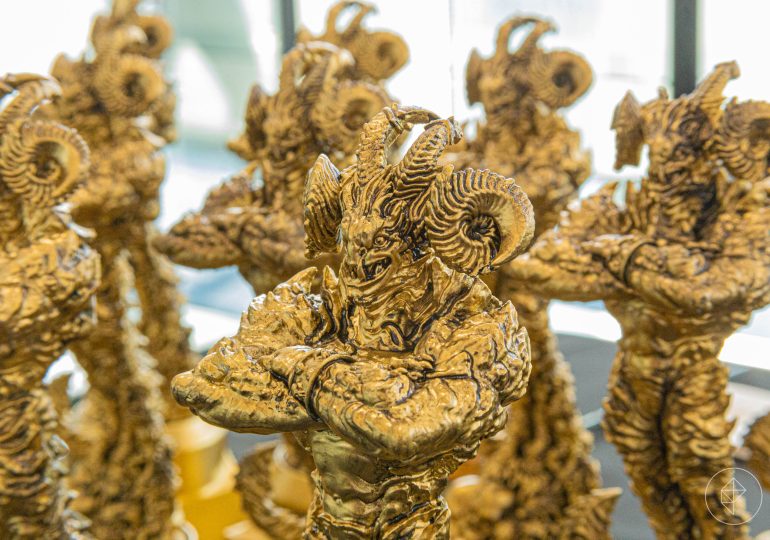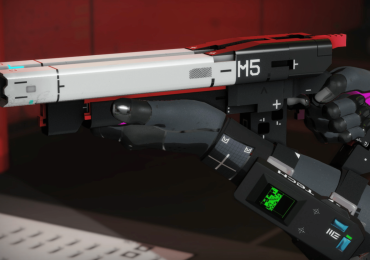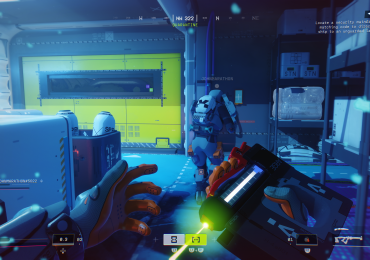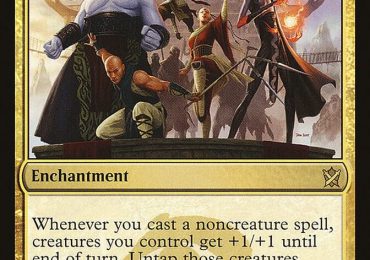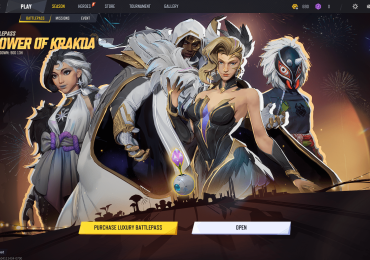Every year that I visit AdeptiCon, the premier wargaming convention hosted each year here in the United States’ Midwest, I think about entering the North American Golden Demons. Run by Games Workshop, makers of Warhammer 40,000, Warhammer: Age of Sigmar, and many other popular lines of miniatures wargames, it’s one of the most prestigious hobby painting competitions in the world. It’s also completely free to enter.
The fact of the matter is that literally anyone can bring their best work to show off in the display cases in Milwaukee, Wisconsin. There your work will sit on display alongside the work of other fans, but also professional painters and popular YouTubers, all competing for the same coveted trophies. So what does it take to create a winning entry? How is the hobby of miniature painting evolving? And what are the tools, topics, and techniques that are influencing the community?
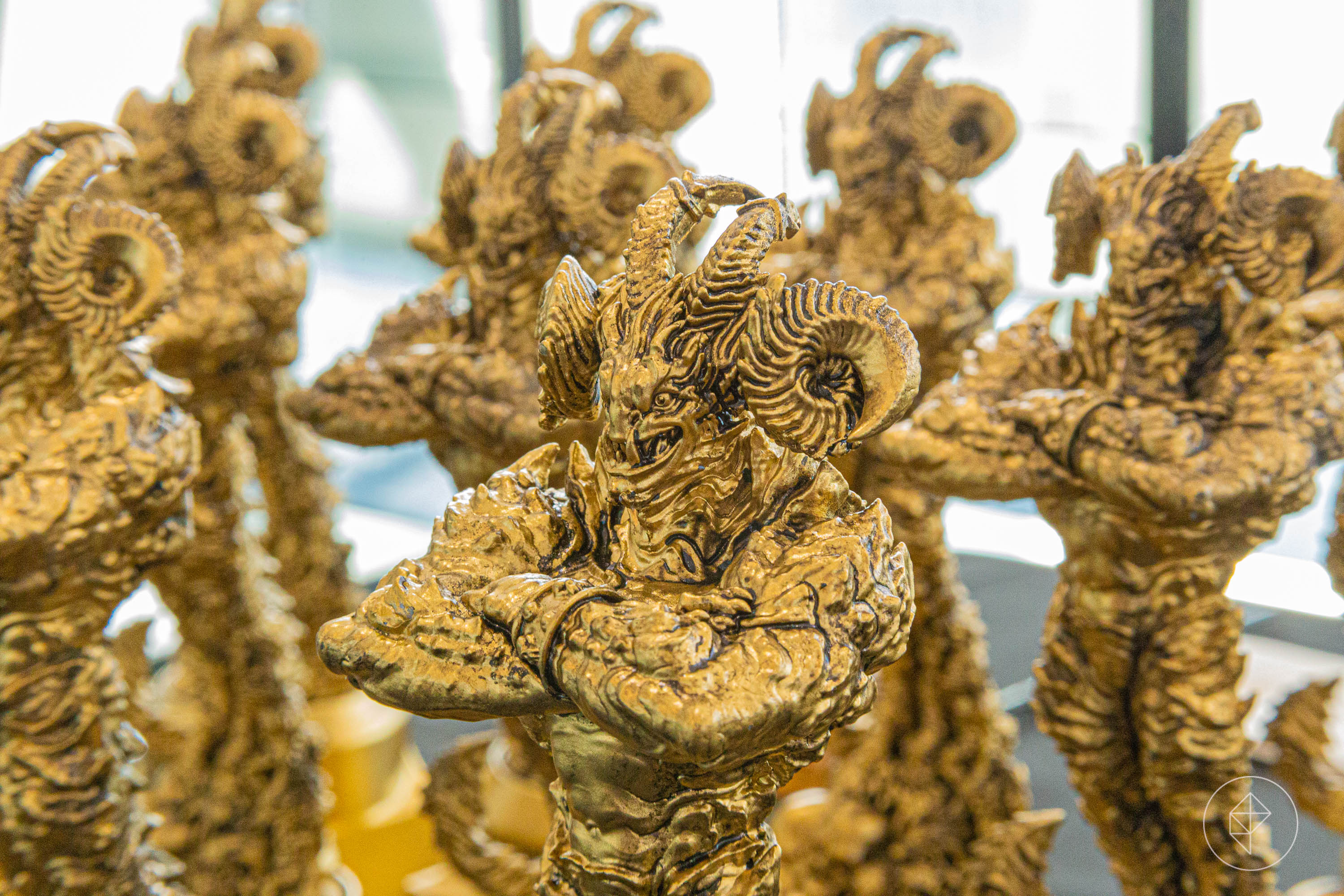
Photo: Charlie Hall/Polygon
Our exhaustive look at this year’s entries aims to do its part to demystify the process of planning for the Golden Demons, and hopefully provide a little bit of inspiration for your first entry. Here are some of the best painters in the world, and the guys and gals just down the street at the local hobby shop, with some great ideas for your next project.
Note that we’ve done our best to identify artists and their work based on the results published by Games Workshop. Nevertheless, the company declined to share detailed information about the entries with Polygon, citing privacy concerns.
Give it some texture
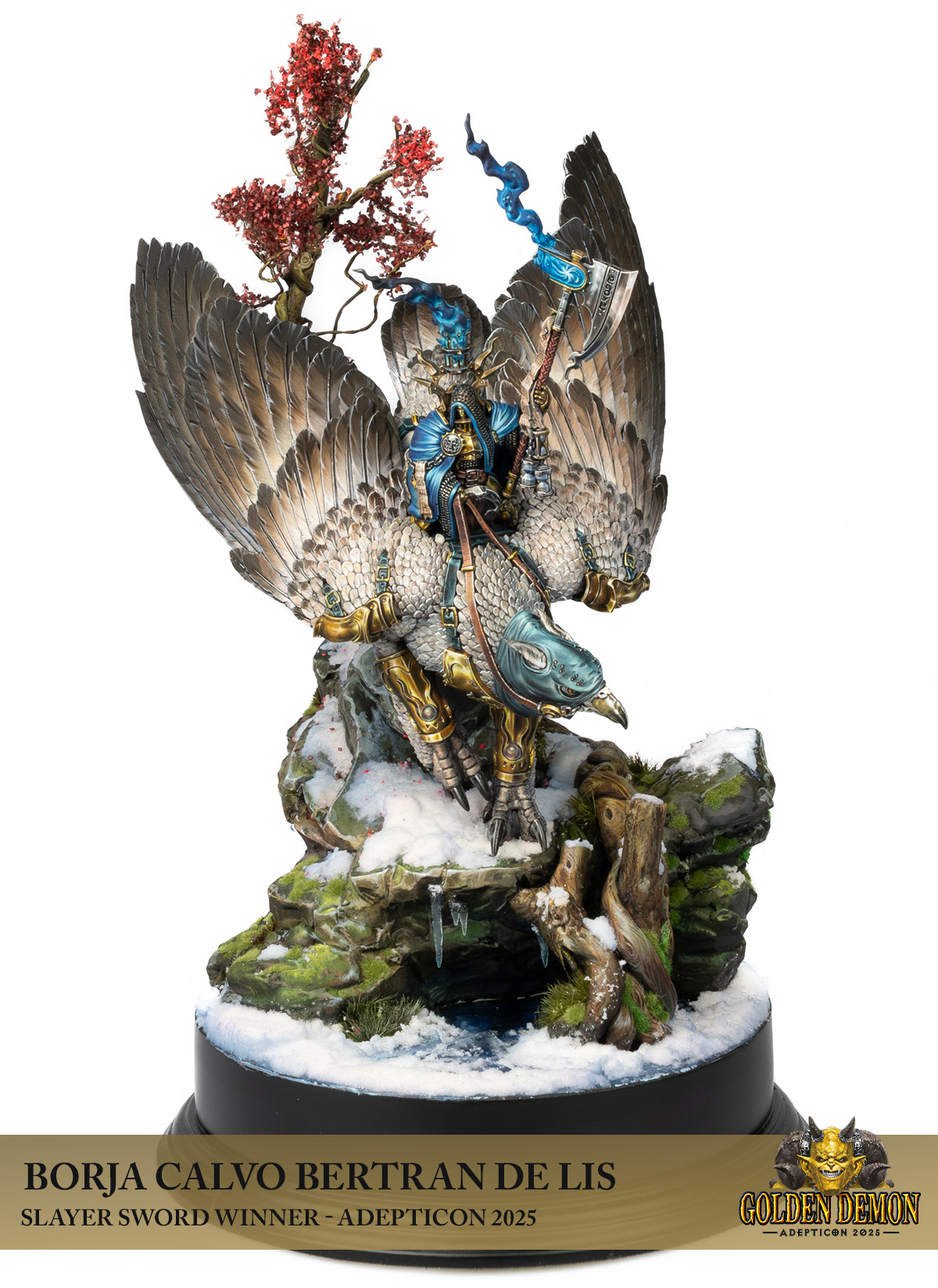
Photo: Games Workshop
Each year Games Workshop awards the best-in-show artist the Slayer Sword, an actual sharpened steel blade that they get to raise over their head in celebration. This year’s winner was Borja Calvo Bertran De Lis, a professional miniatures painter and painting instructor. His entry, based on an Age of Sigmar figure called Iridan The Witness, is absolutely stunning. It also has some features that were common in many of the high-performing entries.
The pose of the miniature, for instance, was altered to be more head down and dramatic. It featured elaborate basing, including water and ice effects. We’ll get to those later, but what I want to point out here is just how many different textures were simulated in this piece thanks to that novel posing — feathers, steel, cheery blossoms, wood, stone, smoke, and more. It’s a master class of using paint to create multiple different effects, but also manipulating the so-called “golden angle” where miniatures look best. Fitting, then, that it was accomplished by a professional painting instructor.
“The figure captivated me from the very beginning due to its presence and the diversity of materials that would allow me to test all my skills,” Bertran De Lis told Polygon in an email. “I read the background of the character: a Stormcast Eternal who has been reforged so many times that his personality fades away. I decided that the viewer should witness this transformation — the passing of the seasons, the sunset, Ariax’s descent toward the lake during the thaw. Thus, the concept of ‘being a witness’ became the core of the piece.”
“Some details, such as the parchment, the gems, or the axe, gain relevance when observed up close,” he continued. “The feathers, in particular, were a considerable challenge that tested my ability to maintain long periods of concentration. The metals, on the other hand, had to resonate with a noble quality. The same went for the terrain: neither too large nor too small, capable of expressing the change of seasons beneath the majestic figure.”
Many other pieces this year included rich and varied textures, including scarred flesh, hair, leather, and even water.
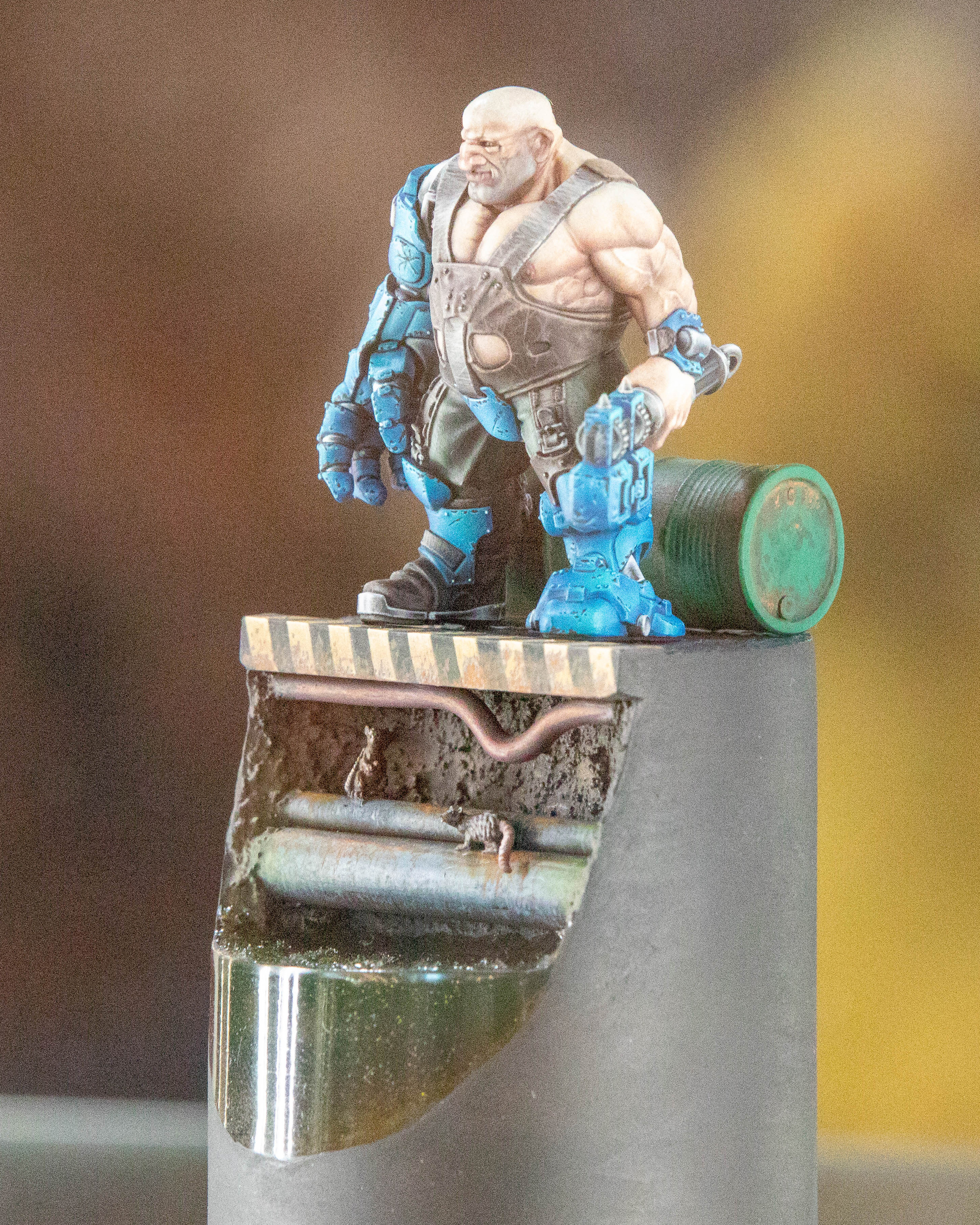
Photo by Charlie Hall/Polygon
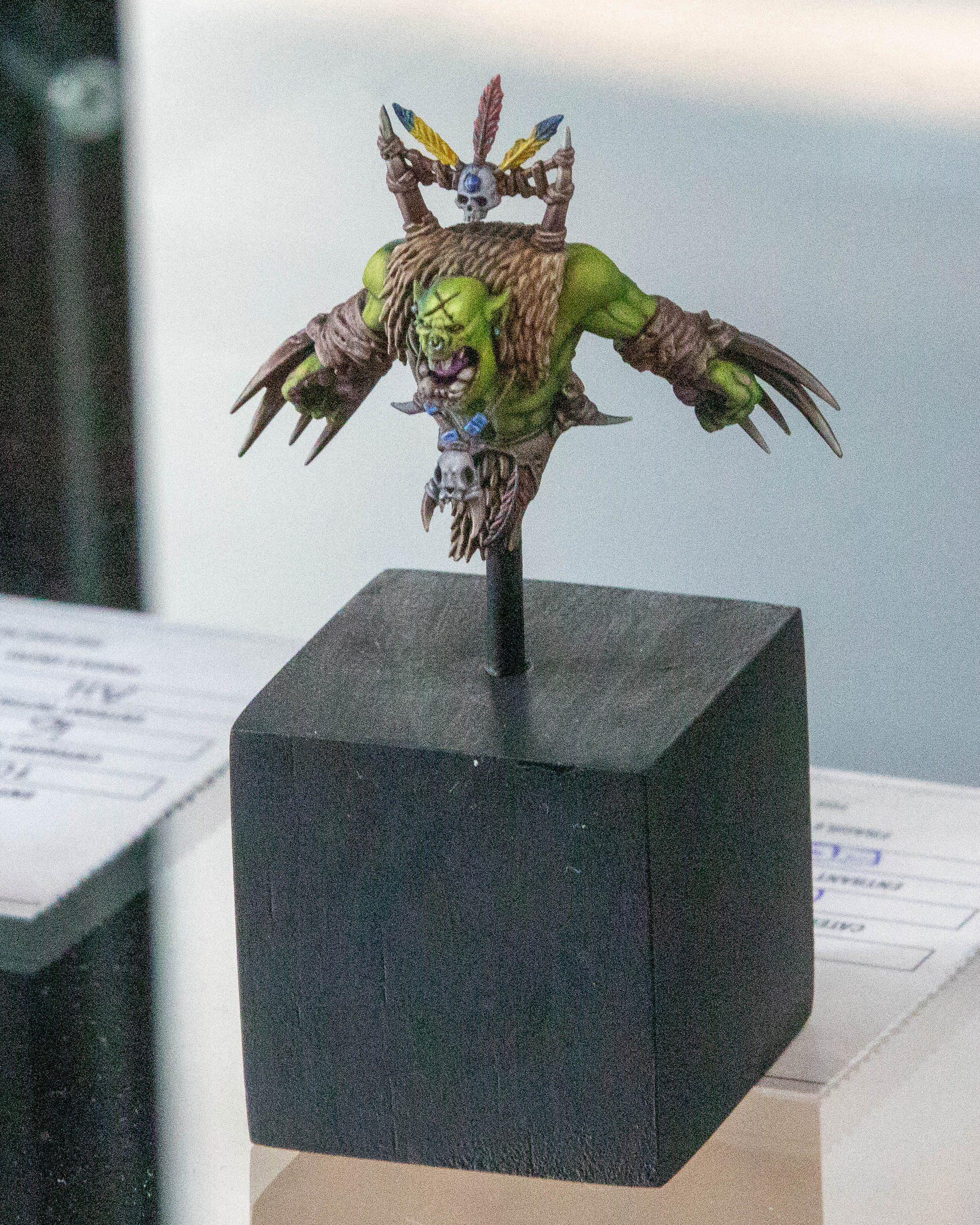
Photo by Charlie Hall/Polygon
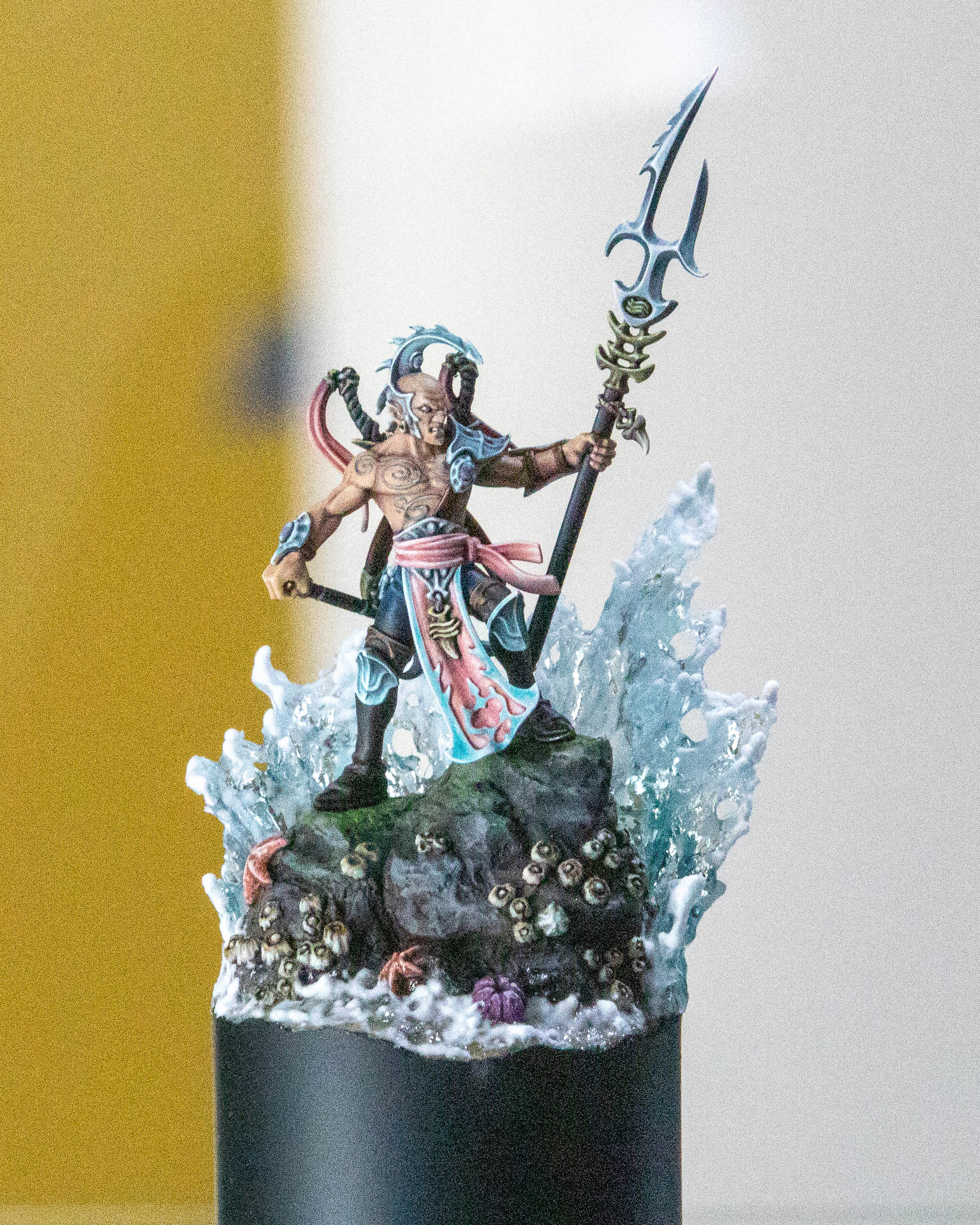
Photo: Charlie Hall/Polygon
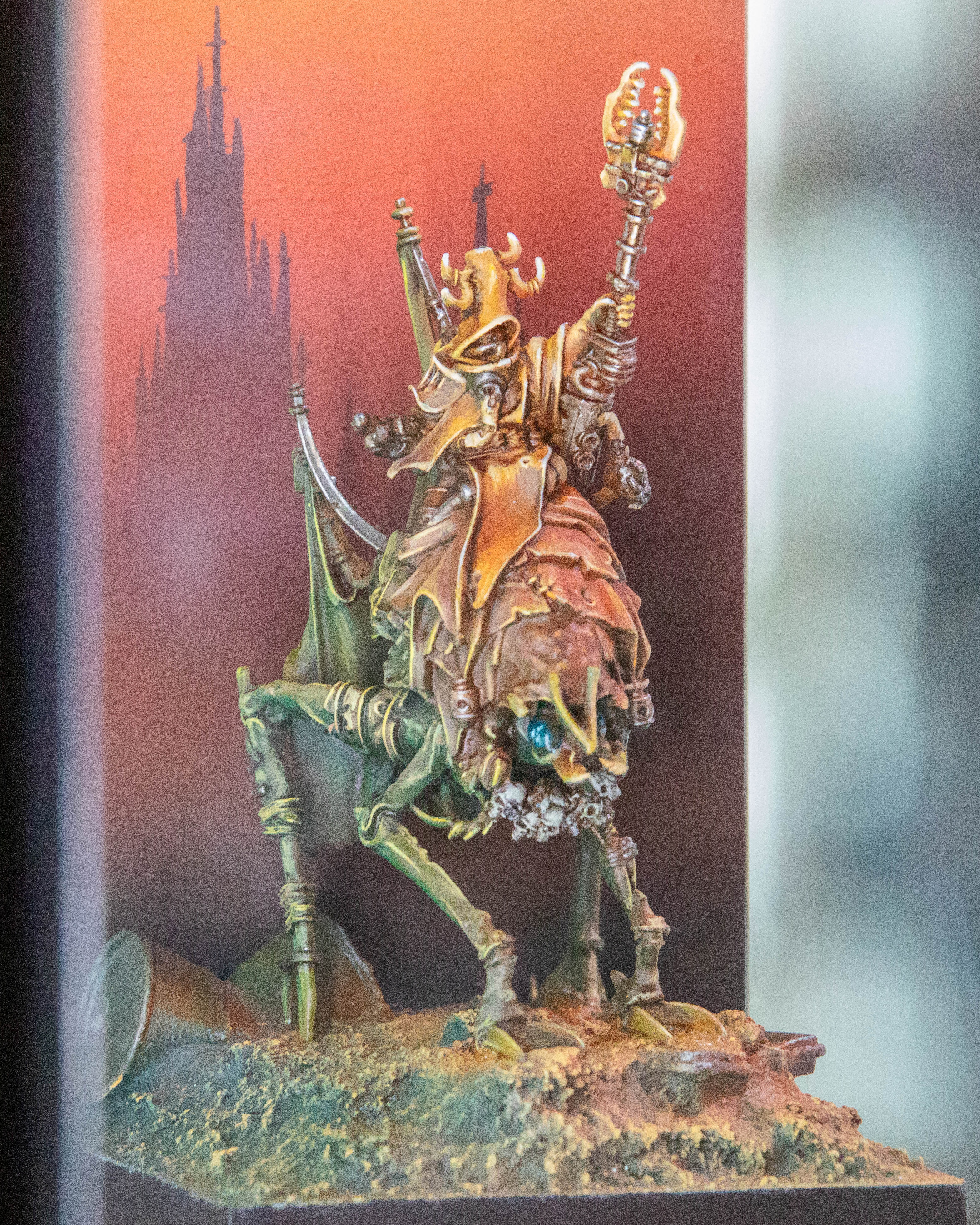
Photo: Charlie Hall/Polygon
Jon “Ninjon” Ninas, who won his second trophy this year in the hotly contested Large Figure category, took on many different textures in his piece based on an Age of Sigmar Skaven model known as Vizzik Skour. You can learn more about his process — which included installing LED lighting in the base — on his YouTube channel.
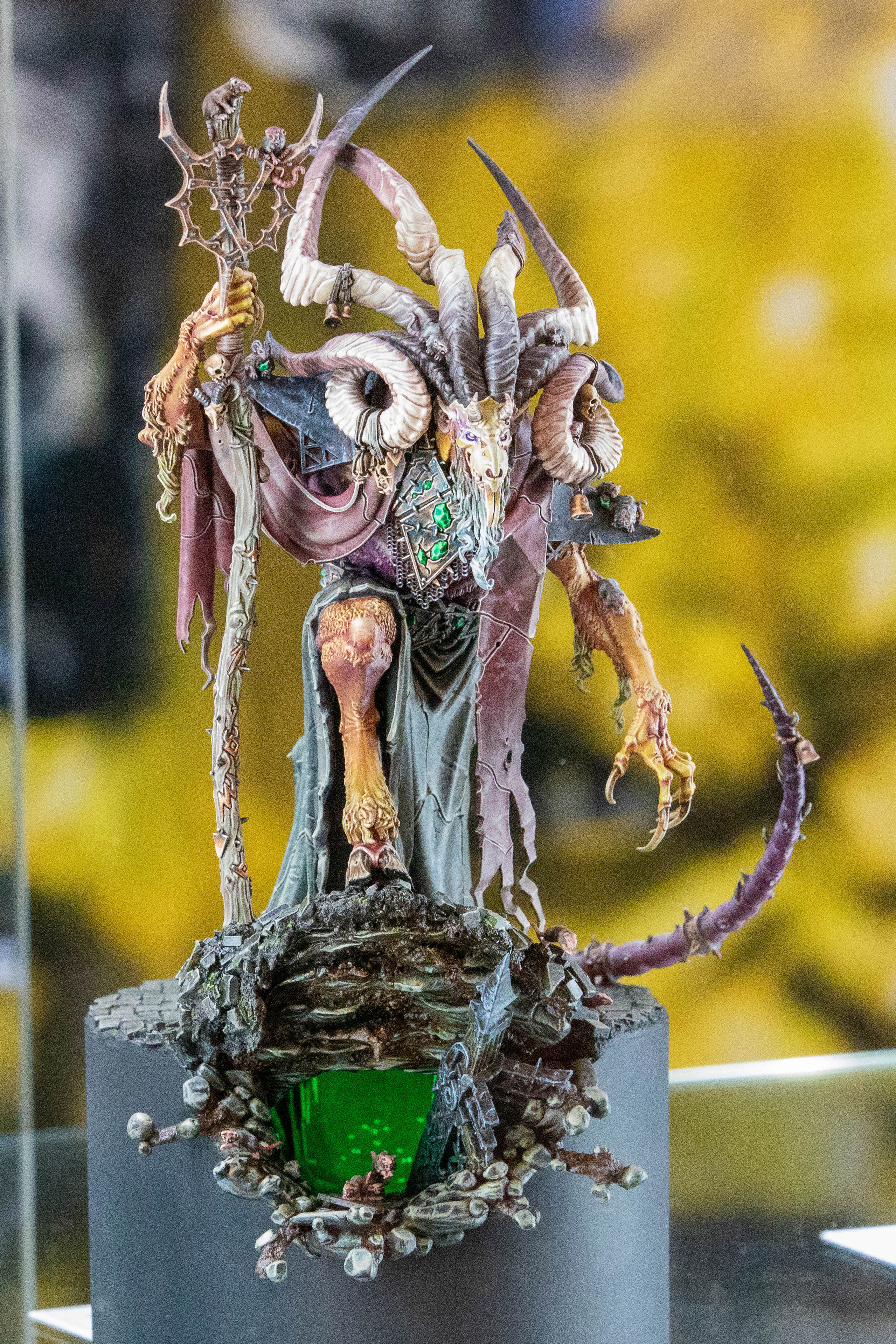
Another recurring theme in textures this year? Wings, with many a membrane decorated with a fine filigree. Take a look through some more of the best textures we found this year in the galleries below.
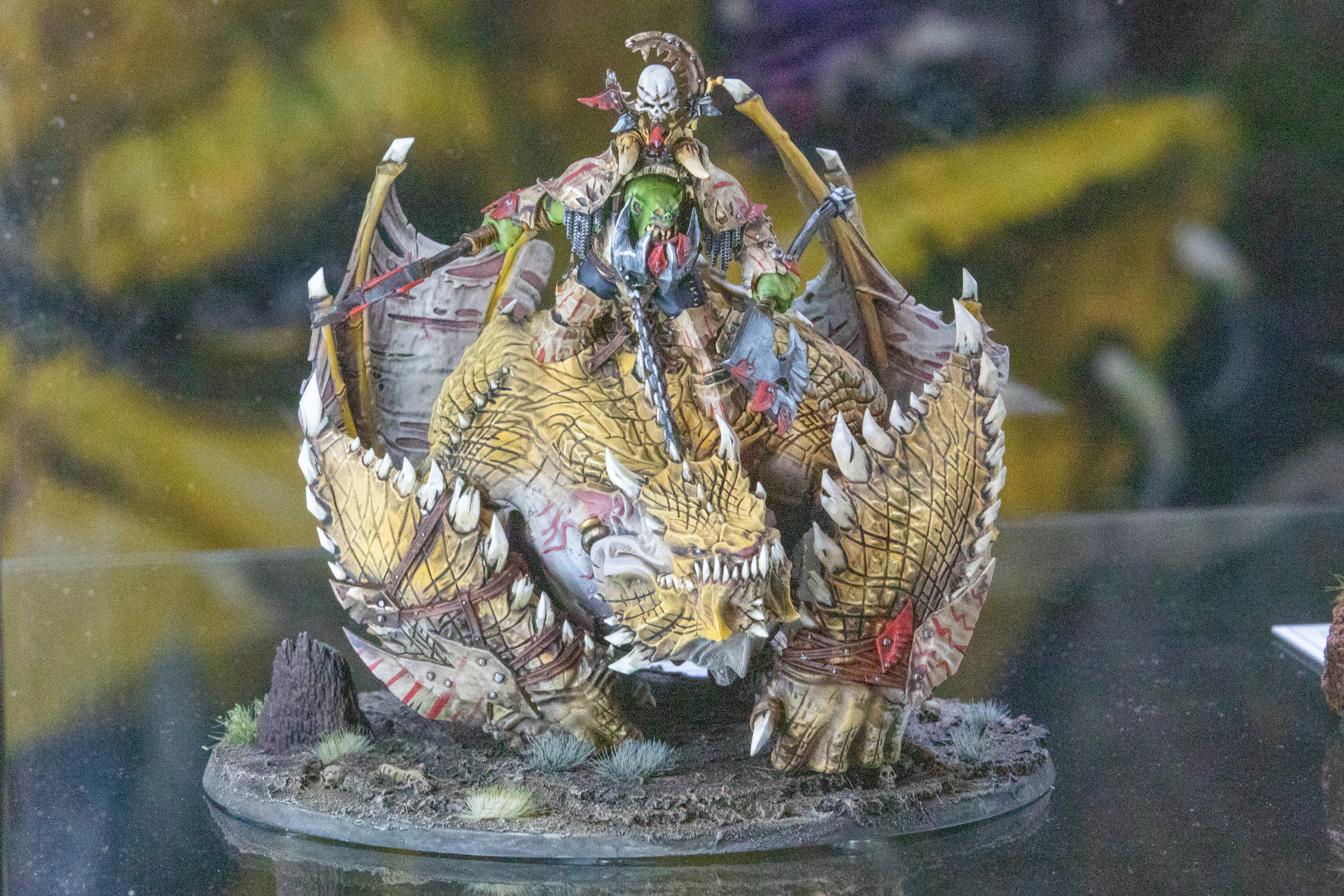
Photo: Charlie Hall/Polygon
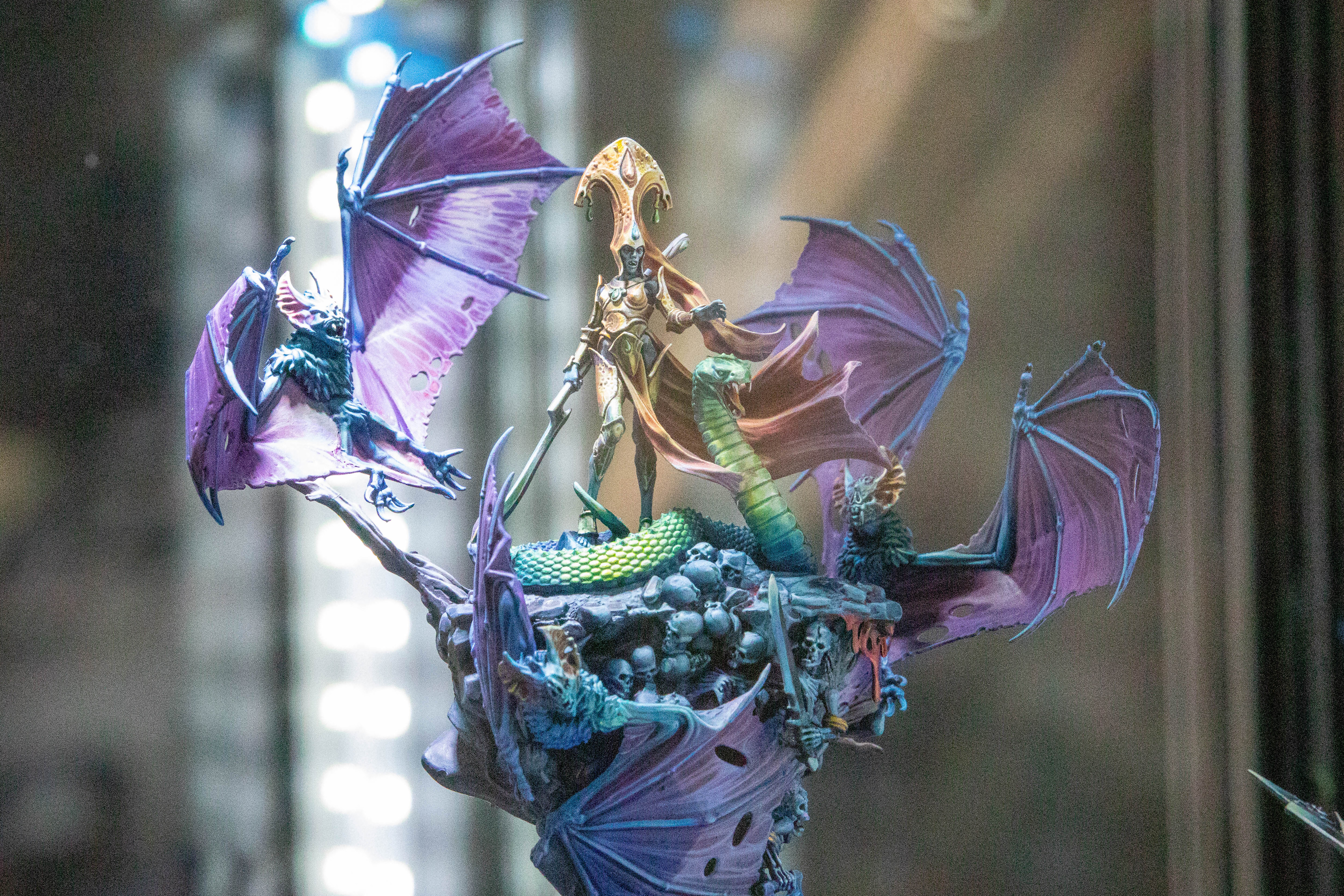
Photo: Charlie Hall/Polygon
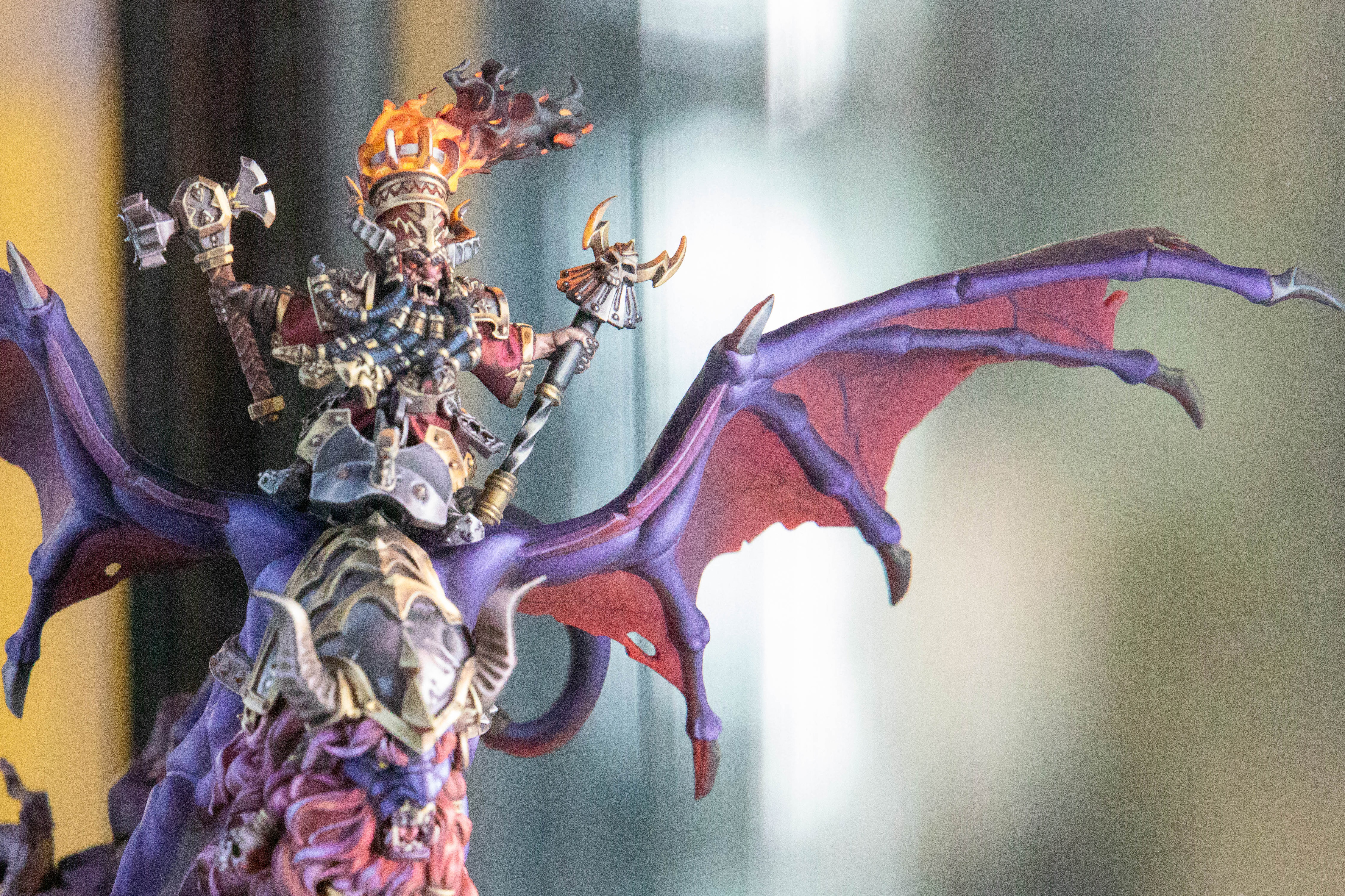
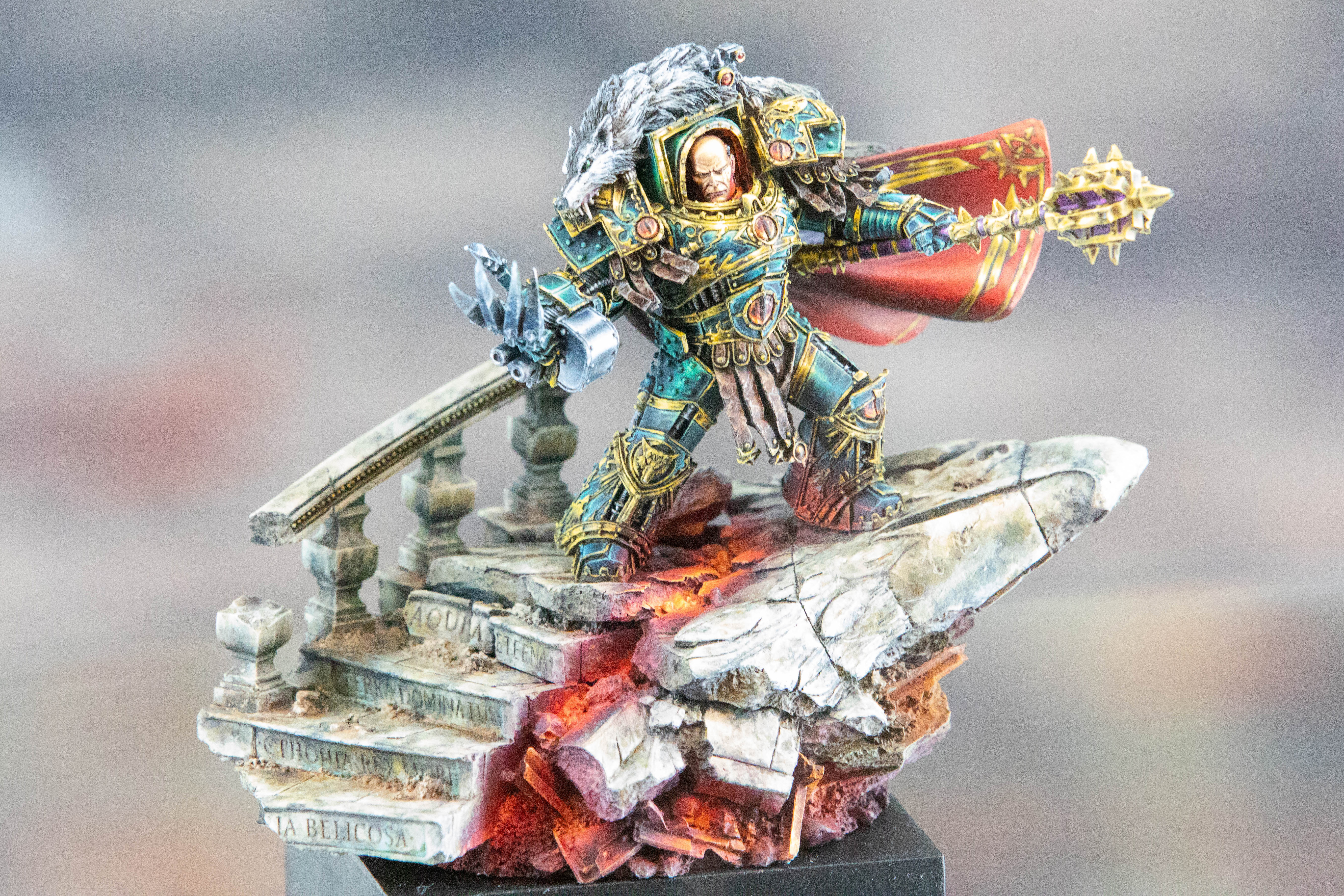
Photo: Charlie Hall/Polygon
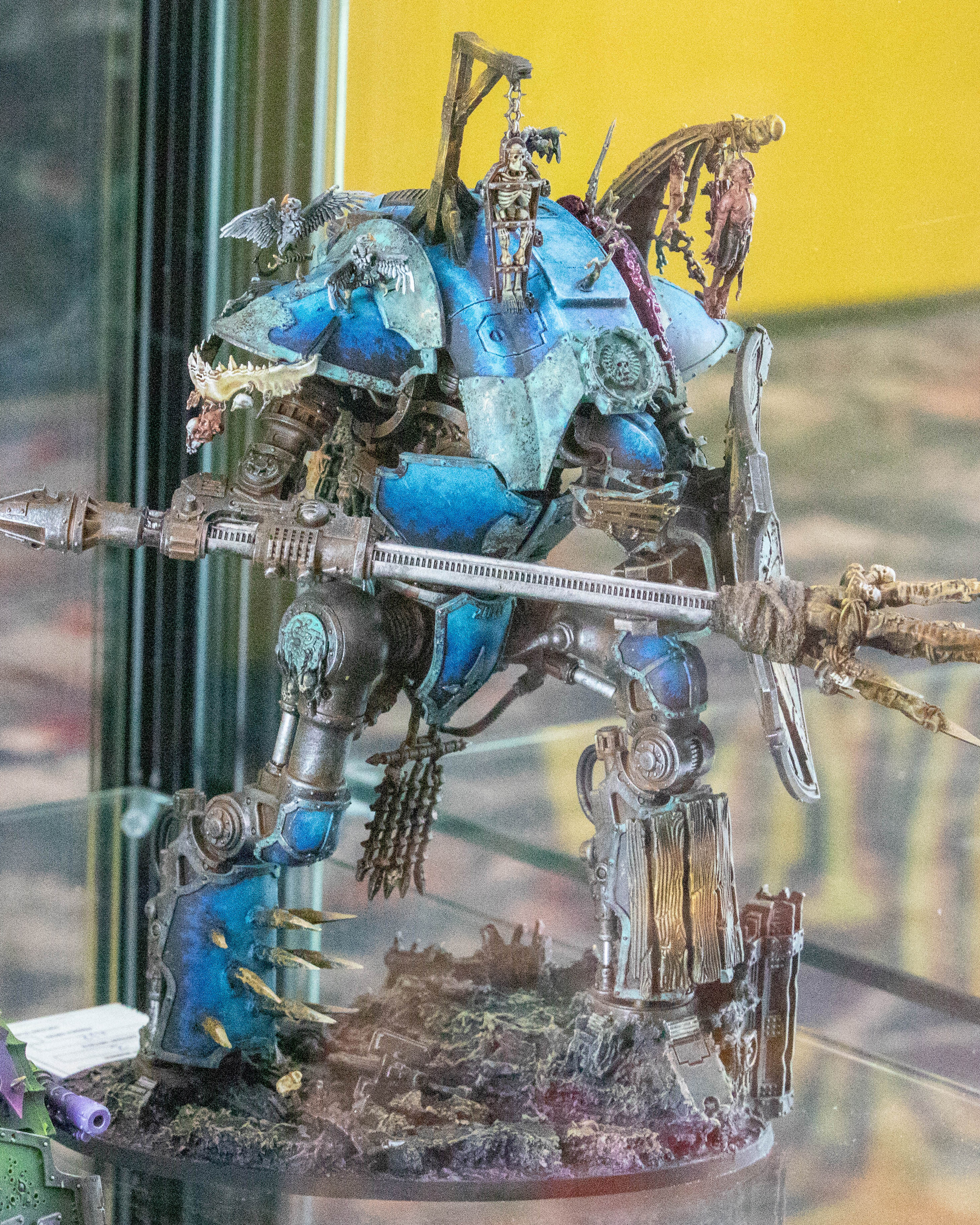
Photo: Charlie Hall/Polygon
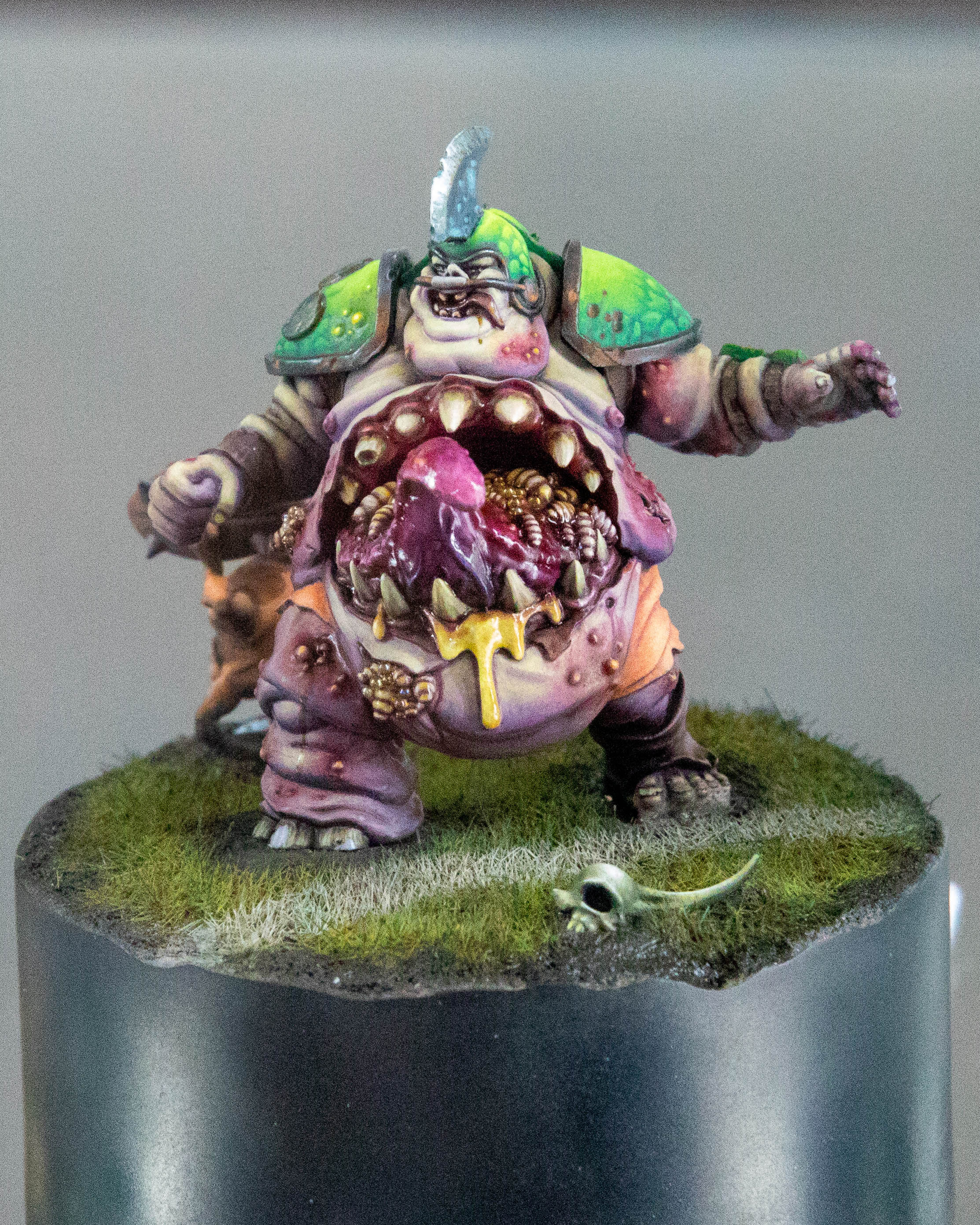
Photo: Charlie Hall/Polygon

Photo: Charlie Hall/Polygon

Make it bright
Bright colors were all the rage this year, with pastel purples and pinks being particularly eye-catching in the cases — with ample lighting that was much easier on the eyes compared to previous years. Painting with these bright colors can be challenging, but the results speak for themselves.
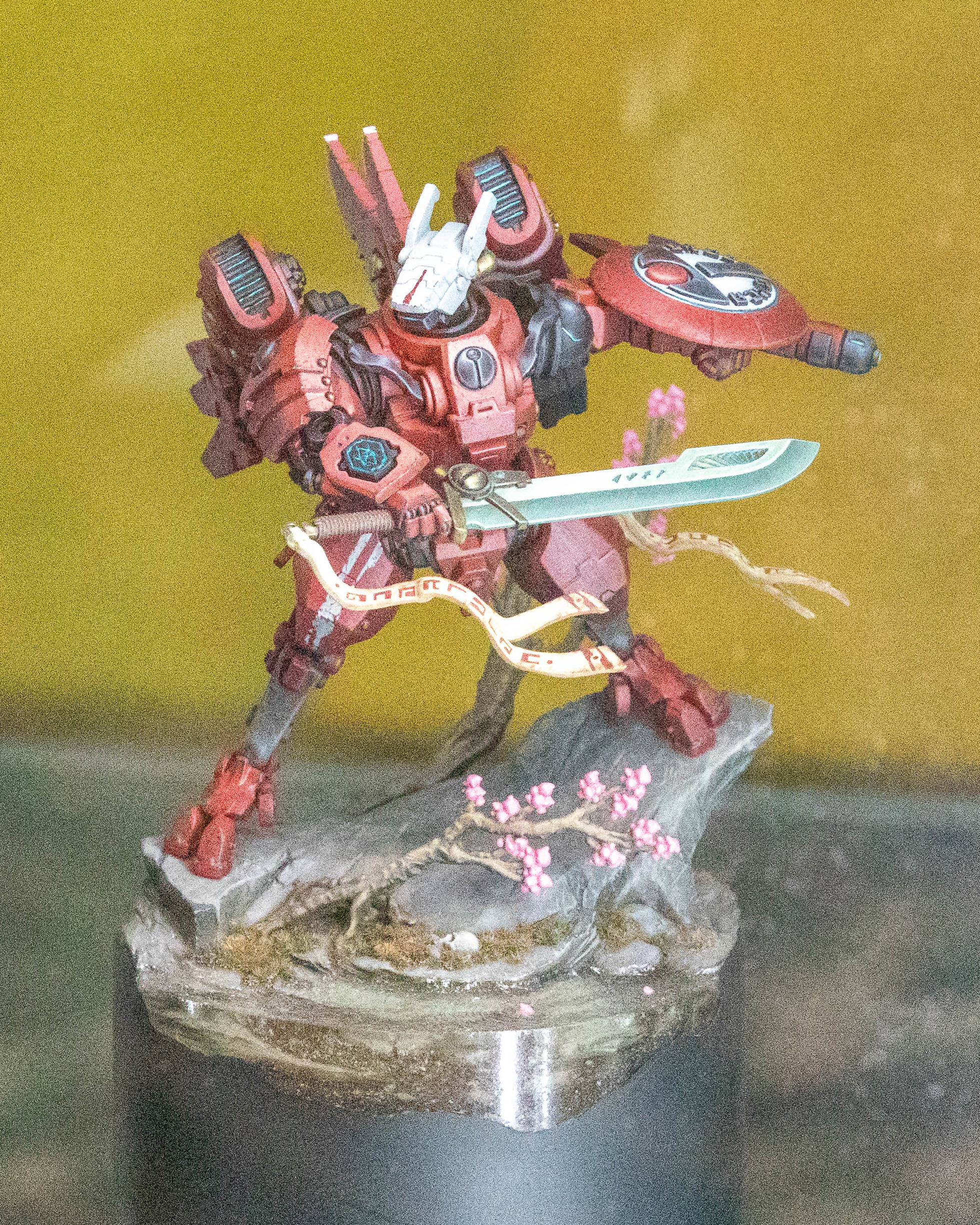
Photo: Charlie Hall/Polygon
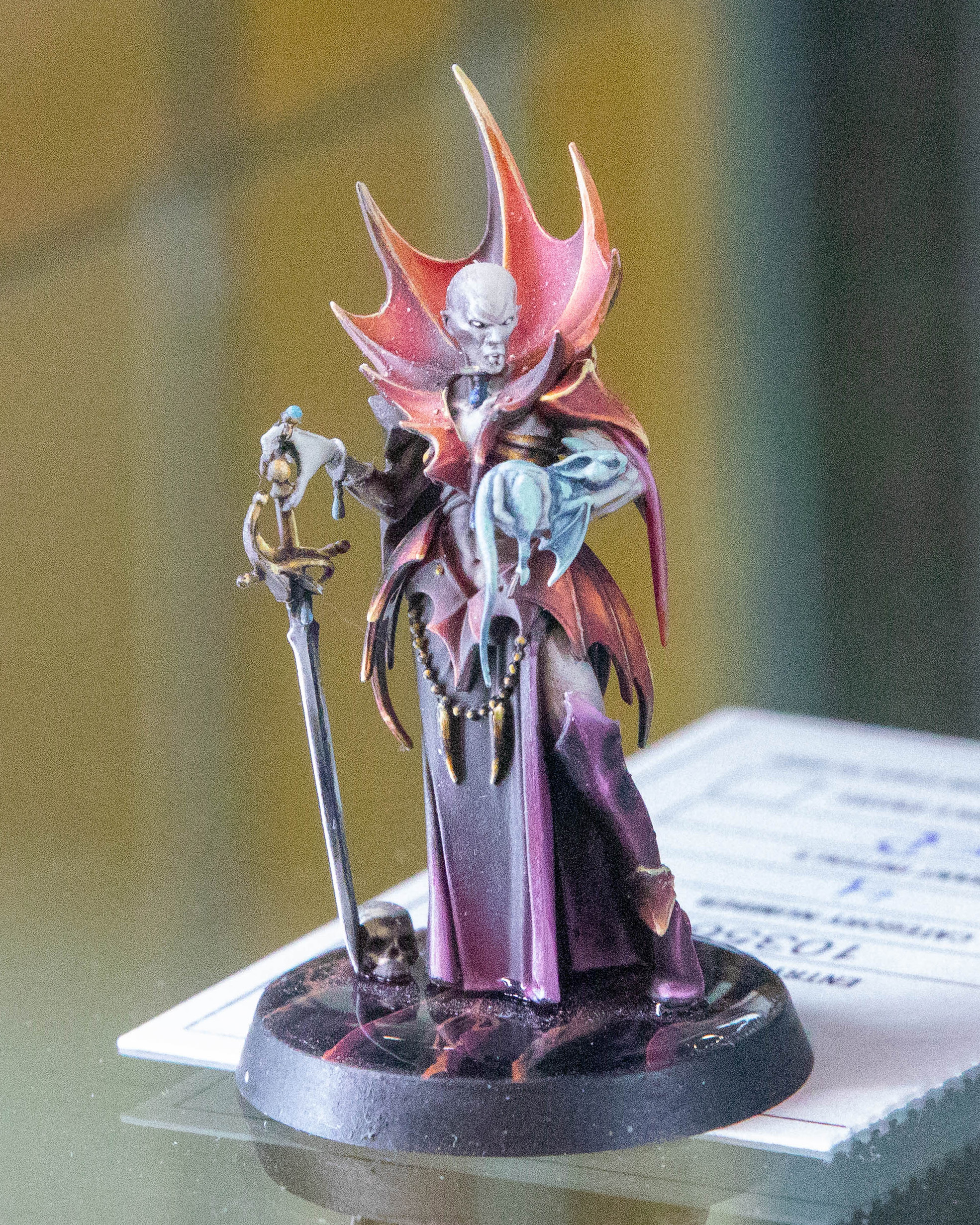
Photo: Charlie Hall/Polygon
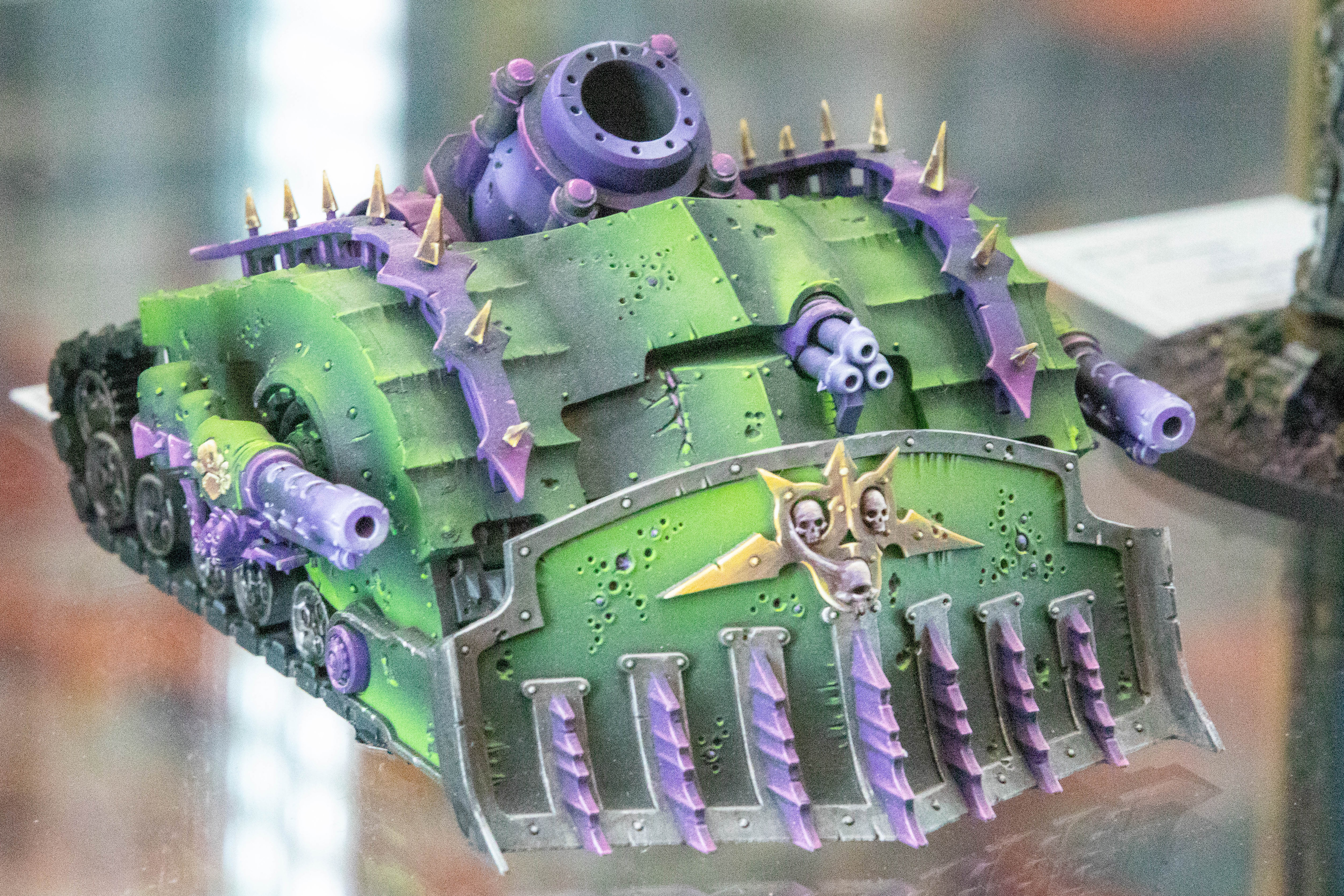
Photo: Charlie Hall/Polygon
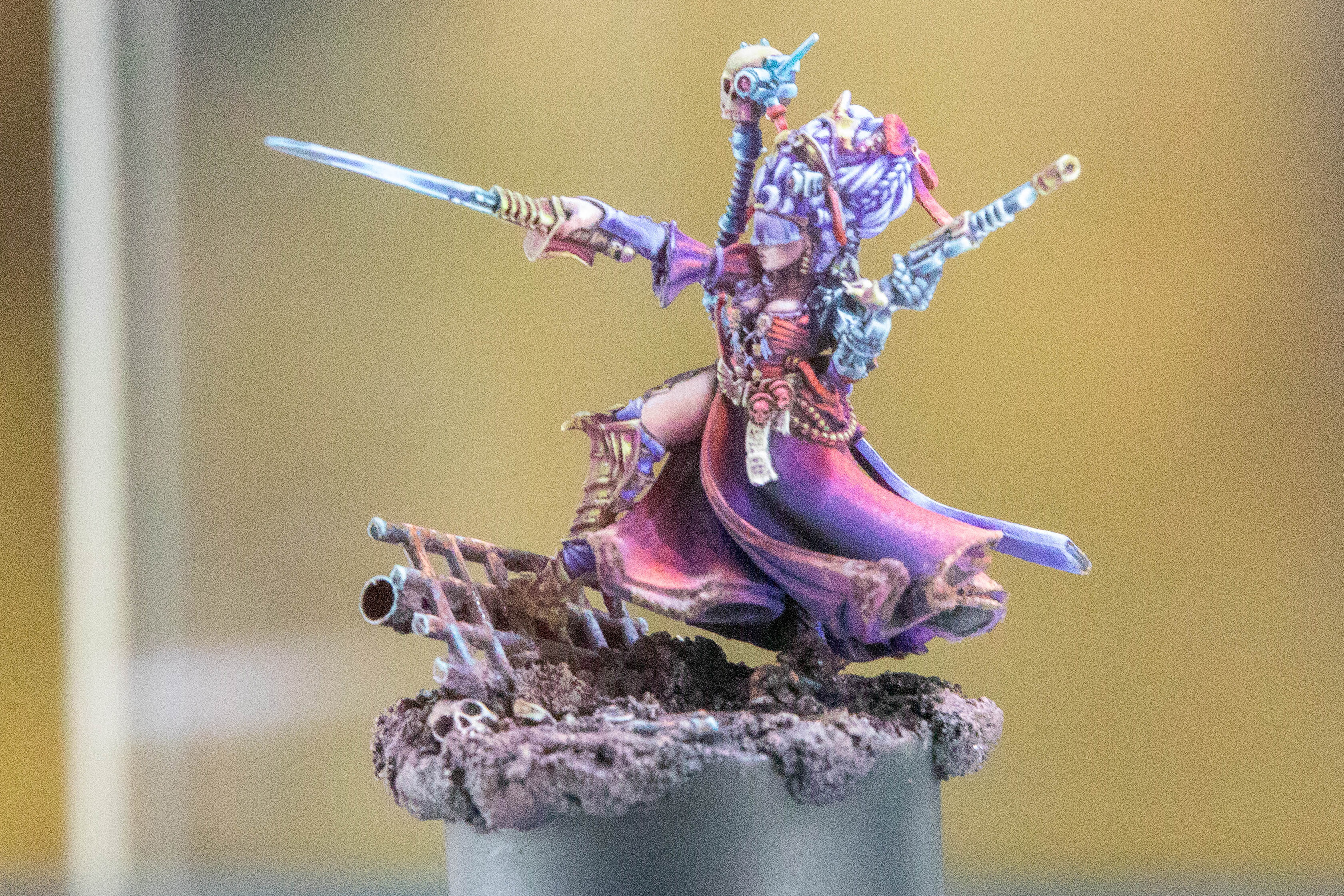
Photo: Charlie Hall/Polygon
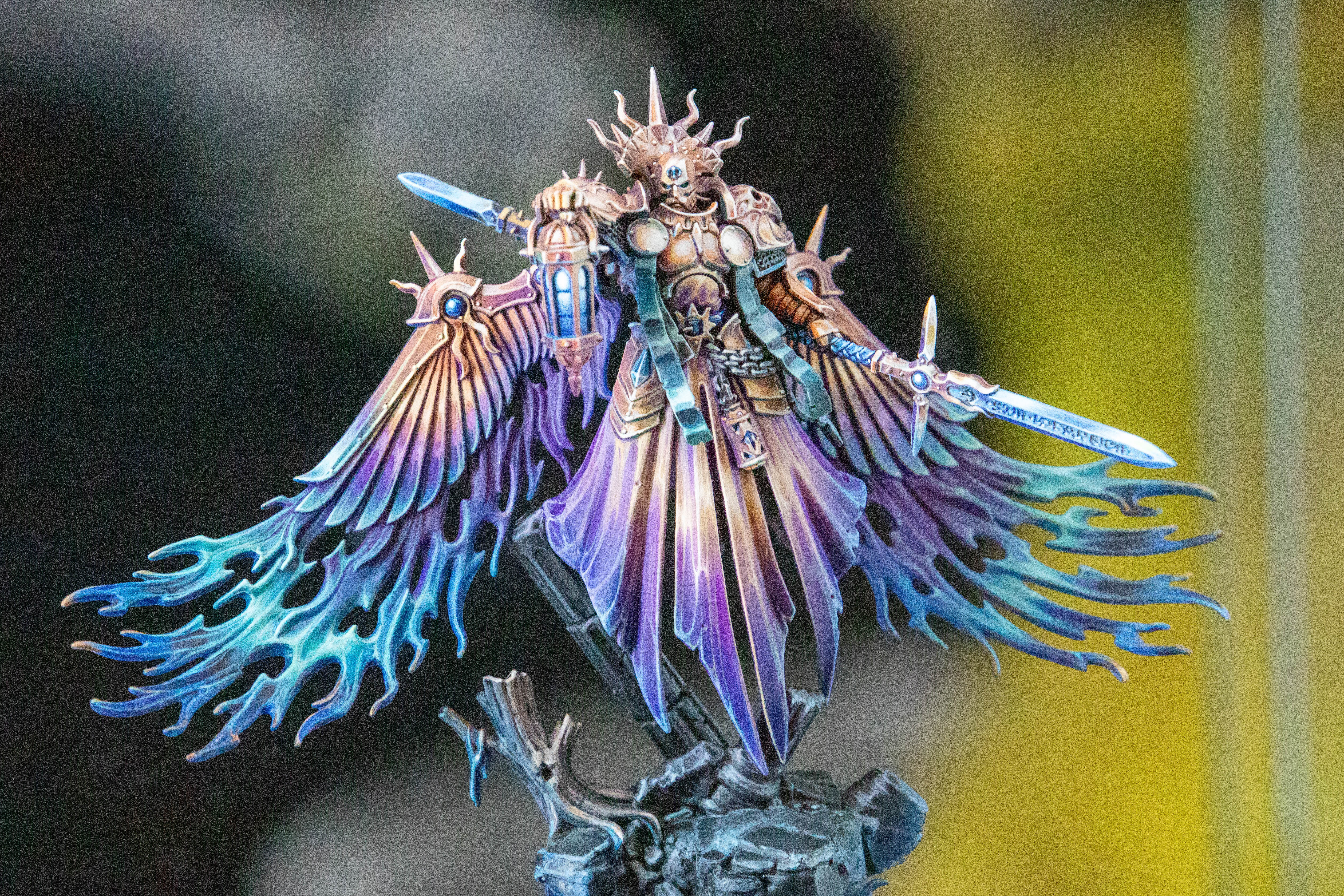
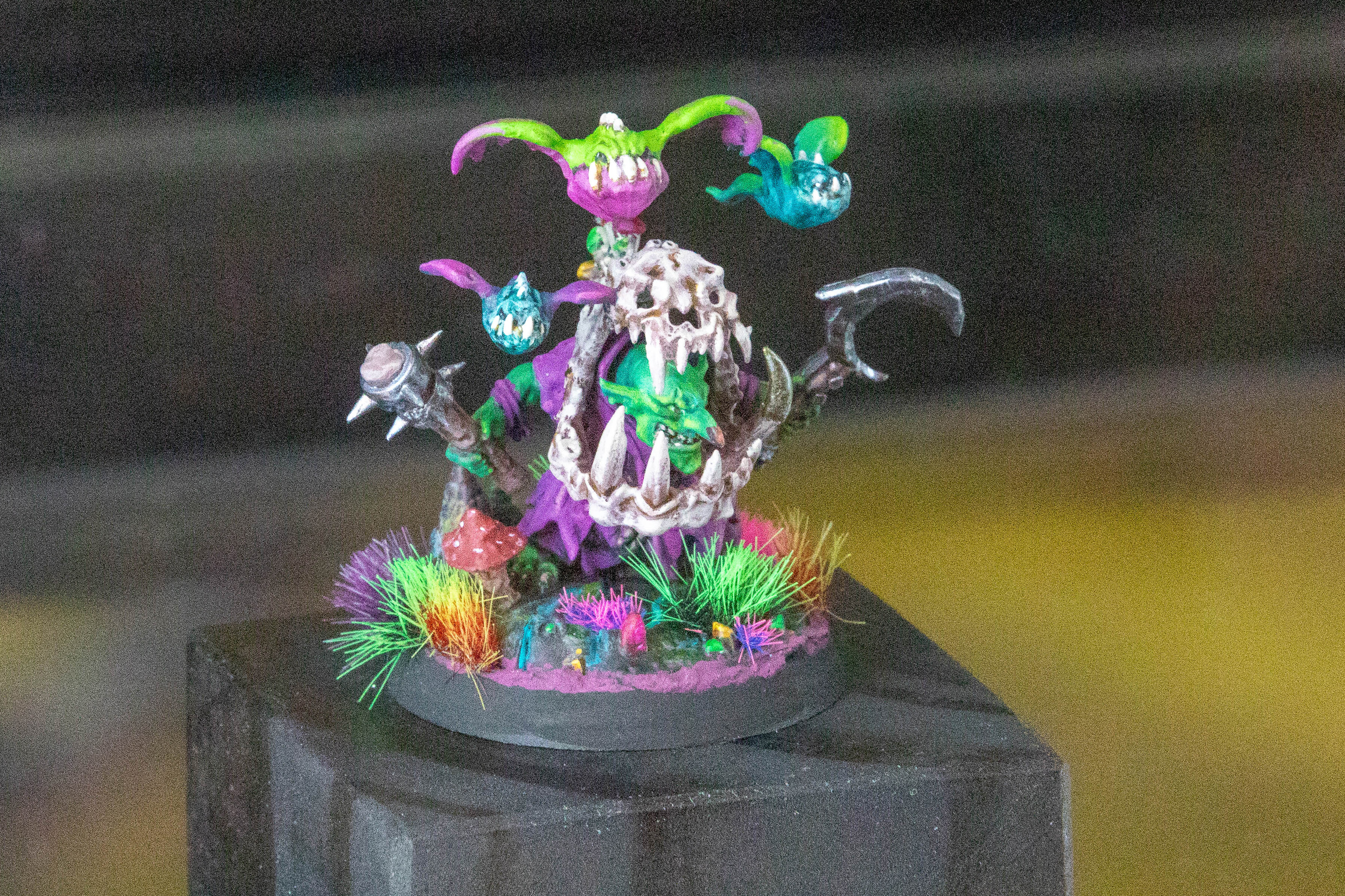
Photo: Charlie Hall/Polygon
Make it dirty
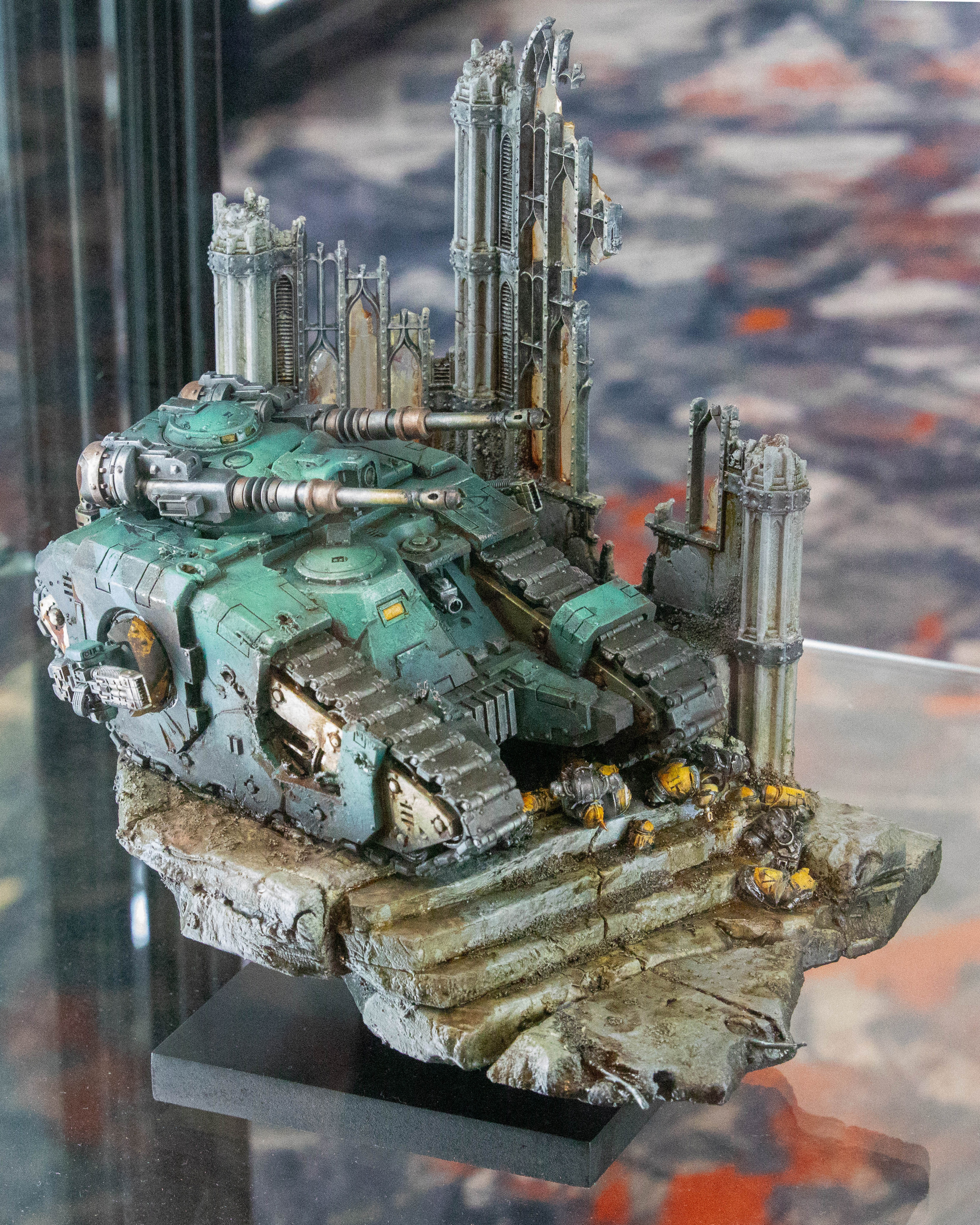
Photo: Charlie Hall/Polygon
Weathering — applying scuffs, dings, and dirt to show age and use on a model — is a technique as old as the miniatures painting hobby itself.
Originally perfected by scale modelers, the technique has been a part of wargaming for many decades, and the Games Workshop community of painters is no stranger to it.
At this year’s Golden Demons, all manner of weathering techniques were on display. Models we saw included paint chipping, edge weathering, and rust effects. Still more entries leaned into the use of pigment powders, which can mimic the look of dust and dirt.
Of course, pigments are messy. They can make handling miniatures challenging, so it’s not always the best solution if you’re trying to make a model to play with. But for formally judged competitions like this one, it’s just the thing to stand out from the crowd.

Photo: Charlie Hall/Polygon
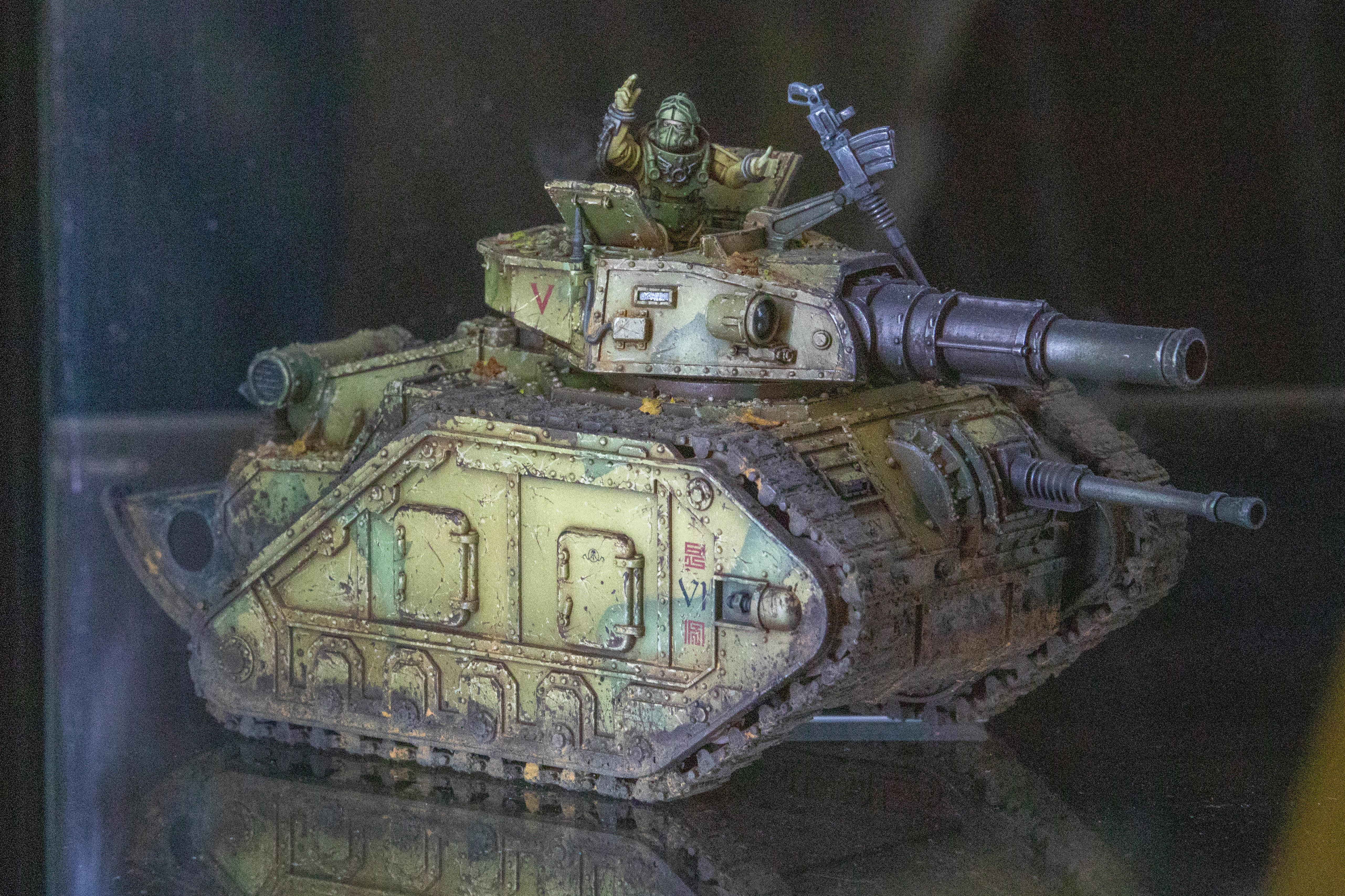
Photo: Charlie Hall/Polygon
Make it bigger
While many entries were singular or collections of singular miniatures, the average being about an inch tall, others were quite large. Some, like the bipedal knight mecha in the images below, stand over a foot tall. Painting larger figures often requires different tools, like an airbrush, as well as different skills, like pinning arms, legs, and torsos in place with brass rods for stability. Often, as in the case of this year’s award-winning Ork-themed entry by Dan Grothe, those models get painted as separate modules before the delicate process of final assembly.

Photo: Charlie Hall/Polygon
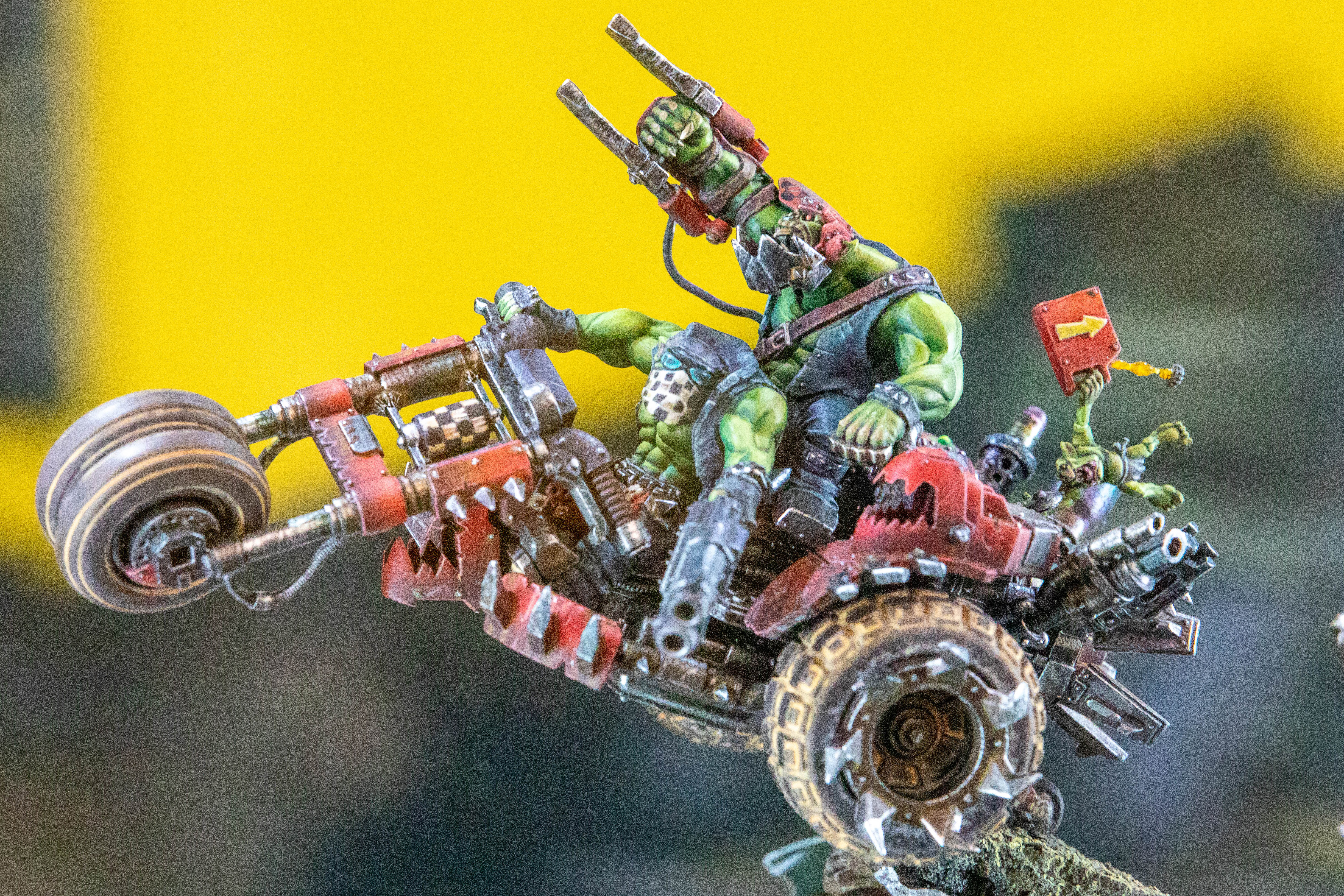
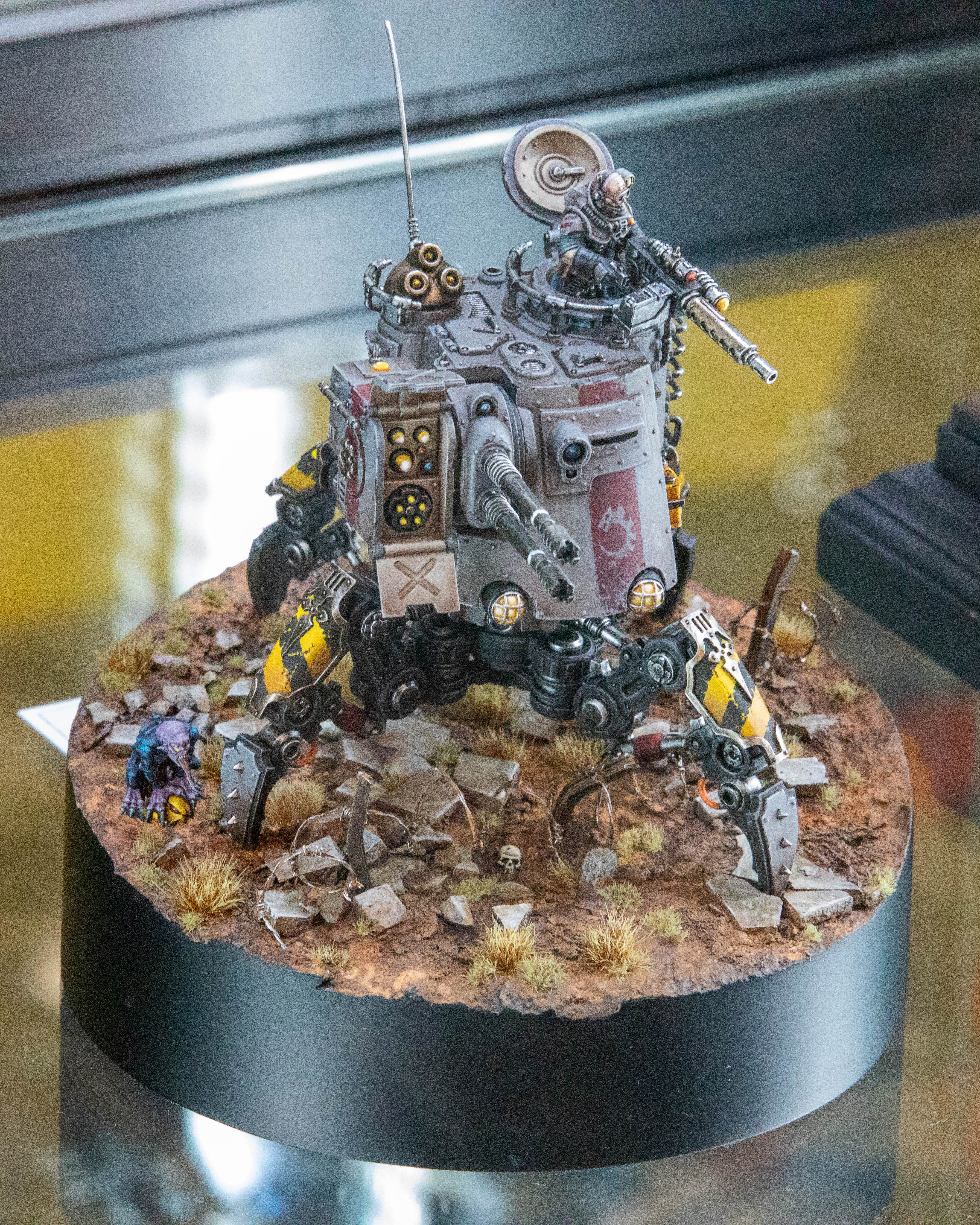
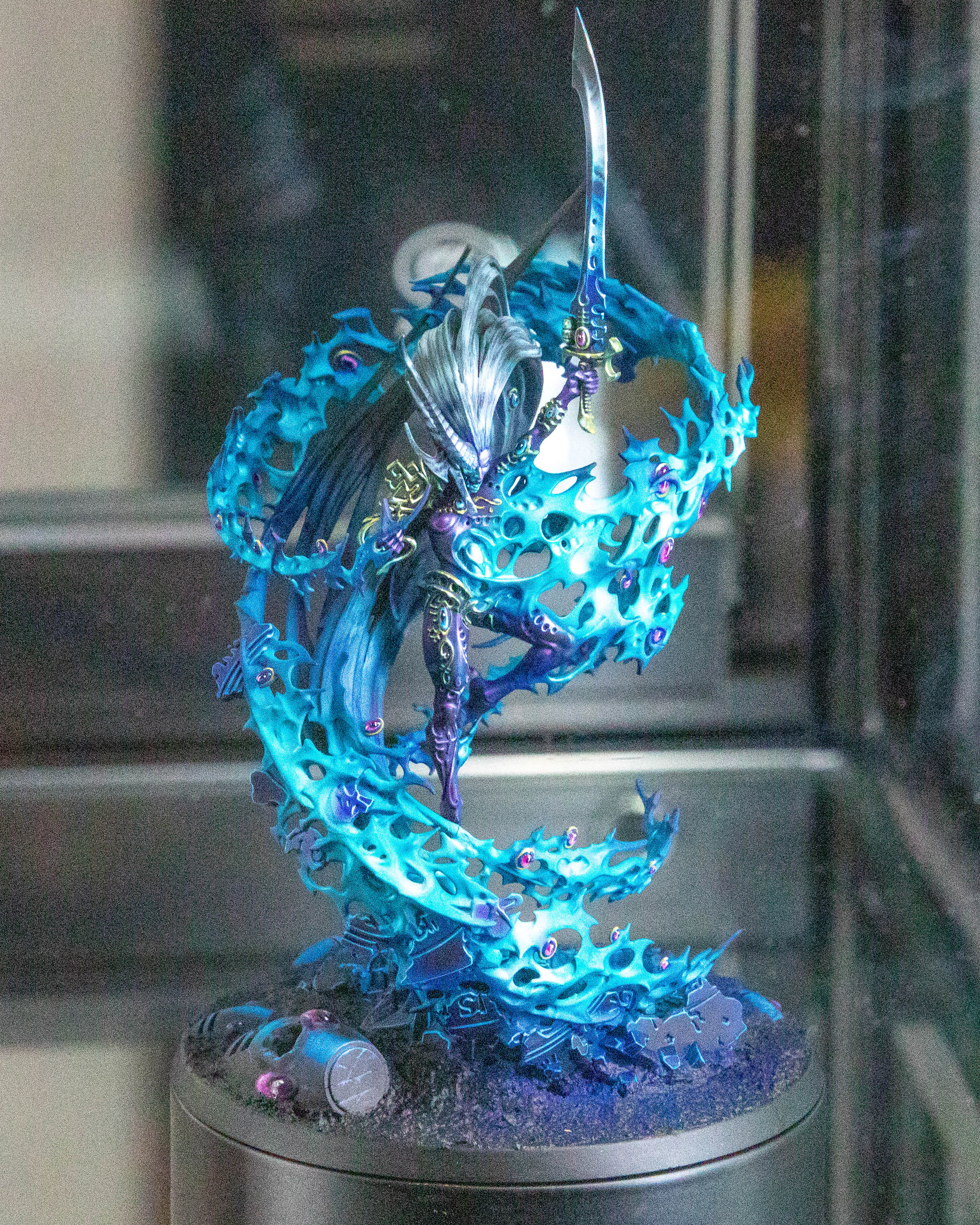
Photo: Charlie Hall/Polygon
Make it smaller
Still other entries went way smaller than the one-inch average. Submissions in the Legions Imperialis category are based on 6 mm-scale miniatures. That means the individual soldiers seen in the images below and just about the same size as a grain of rice. Suffice it to say that it takes a steady hand to achieve the results seen here, but also knowledge of how to use materials in your basing that enhance the sense of scale.

Photo: Charlie Hall/Polygon
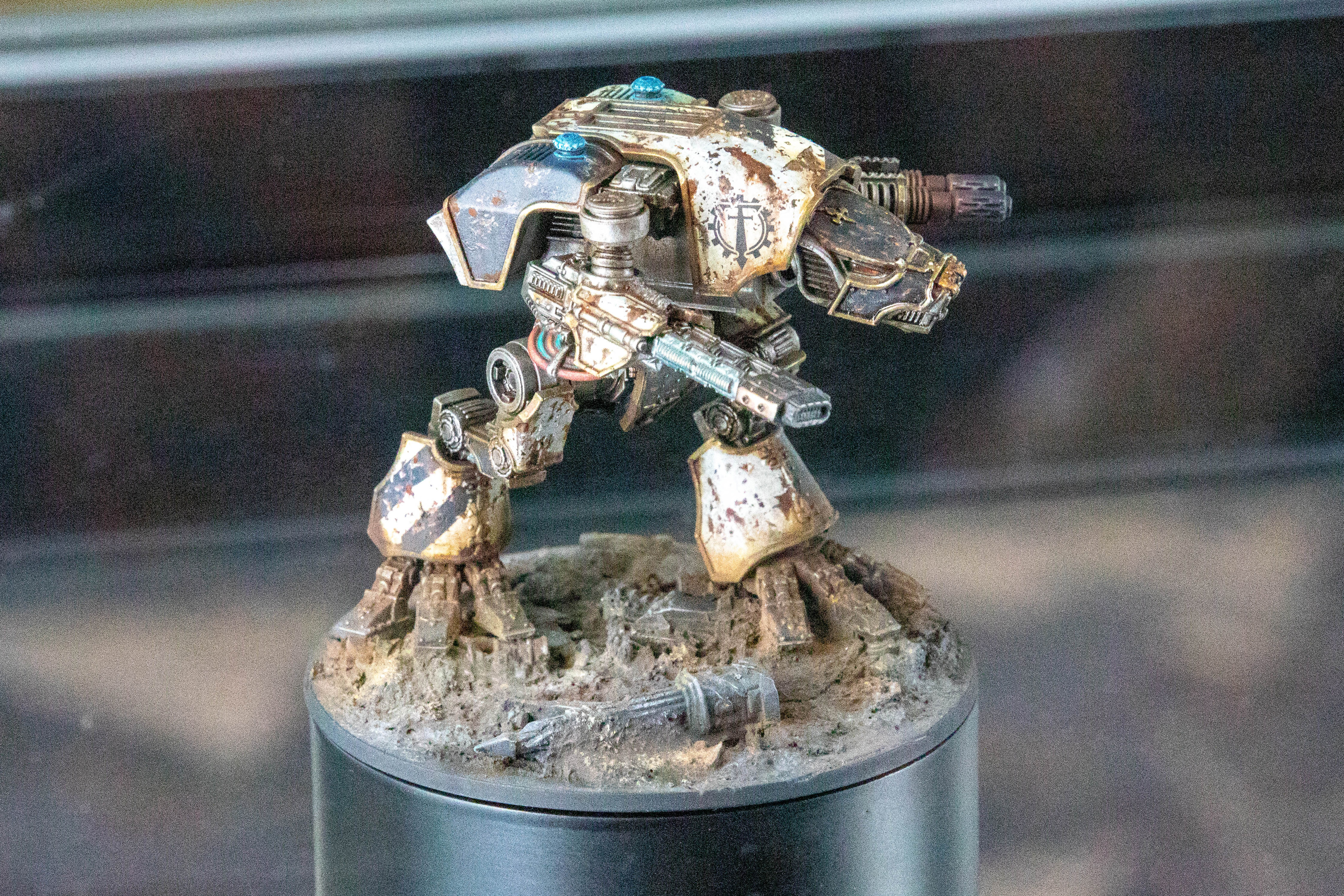
Photo: Charlie Hall/Polygon
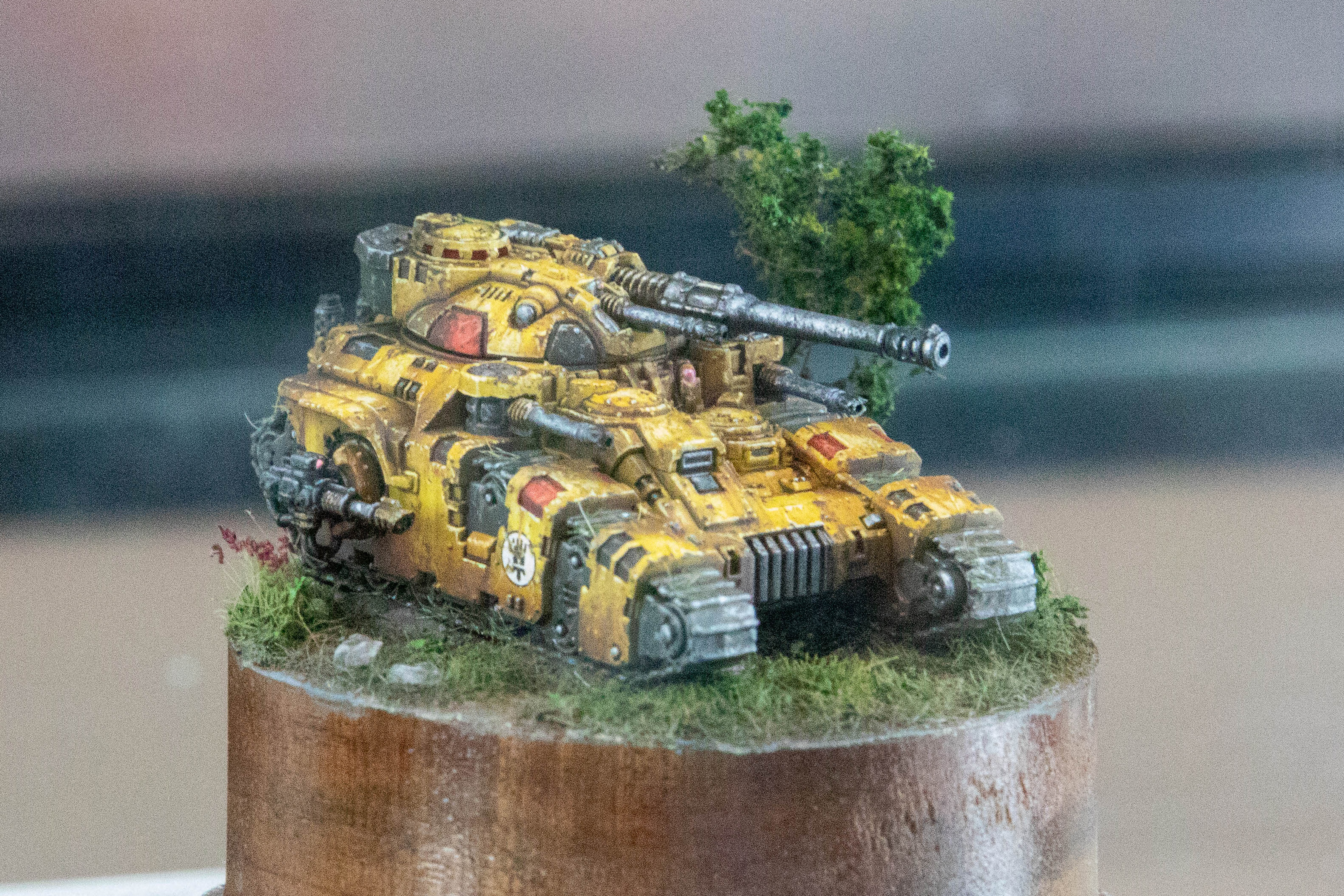
Photo: Charlie Hall/Polygon
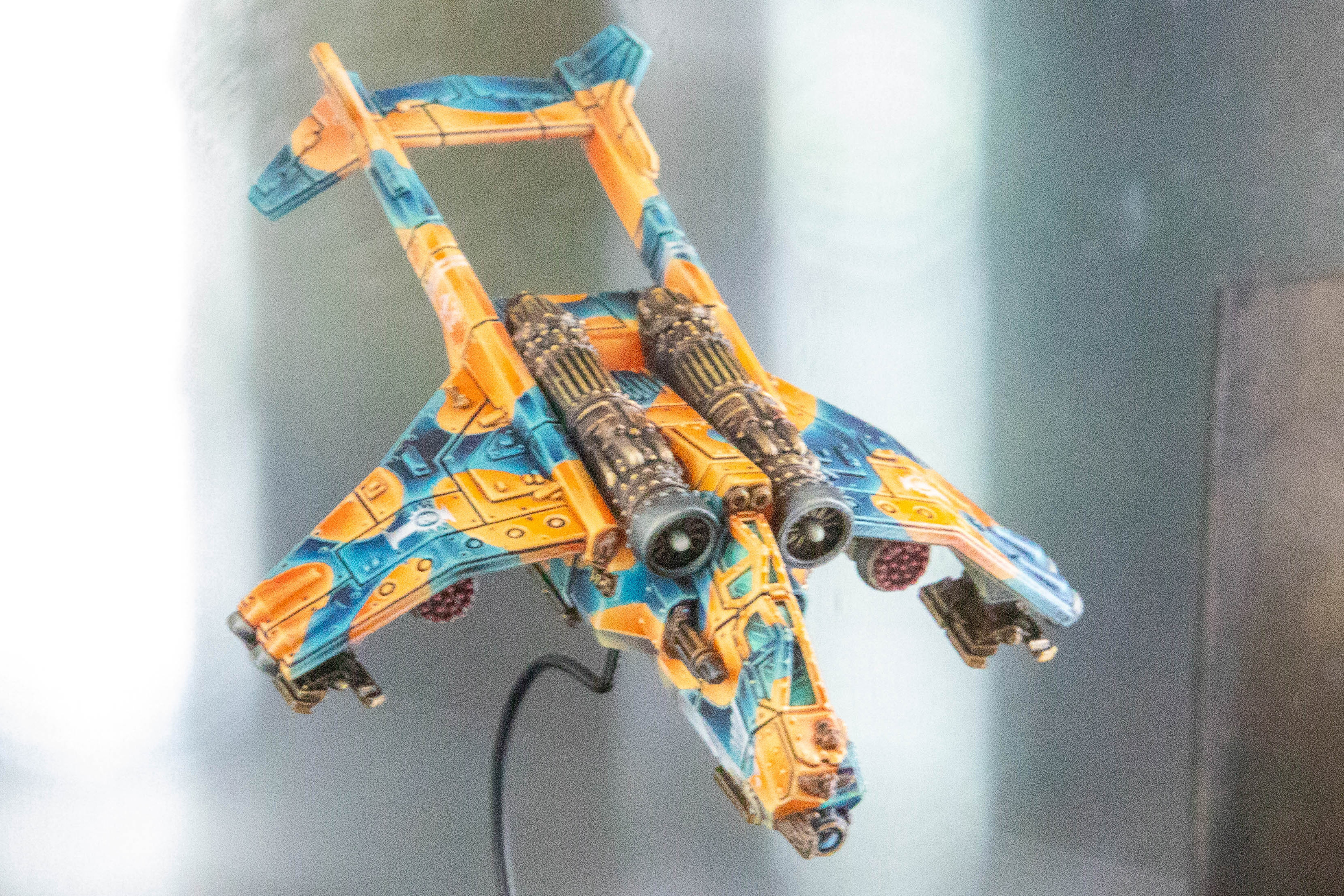
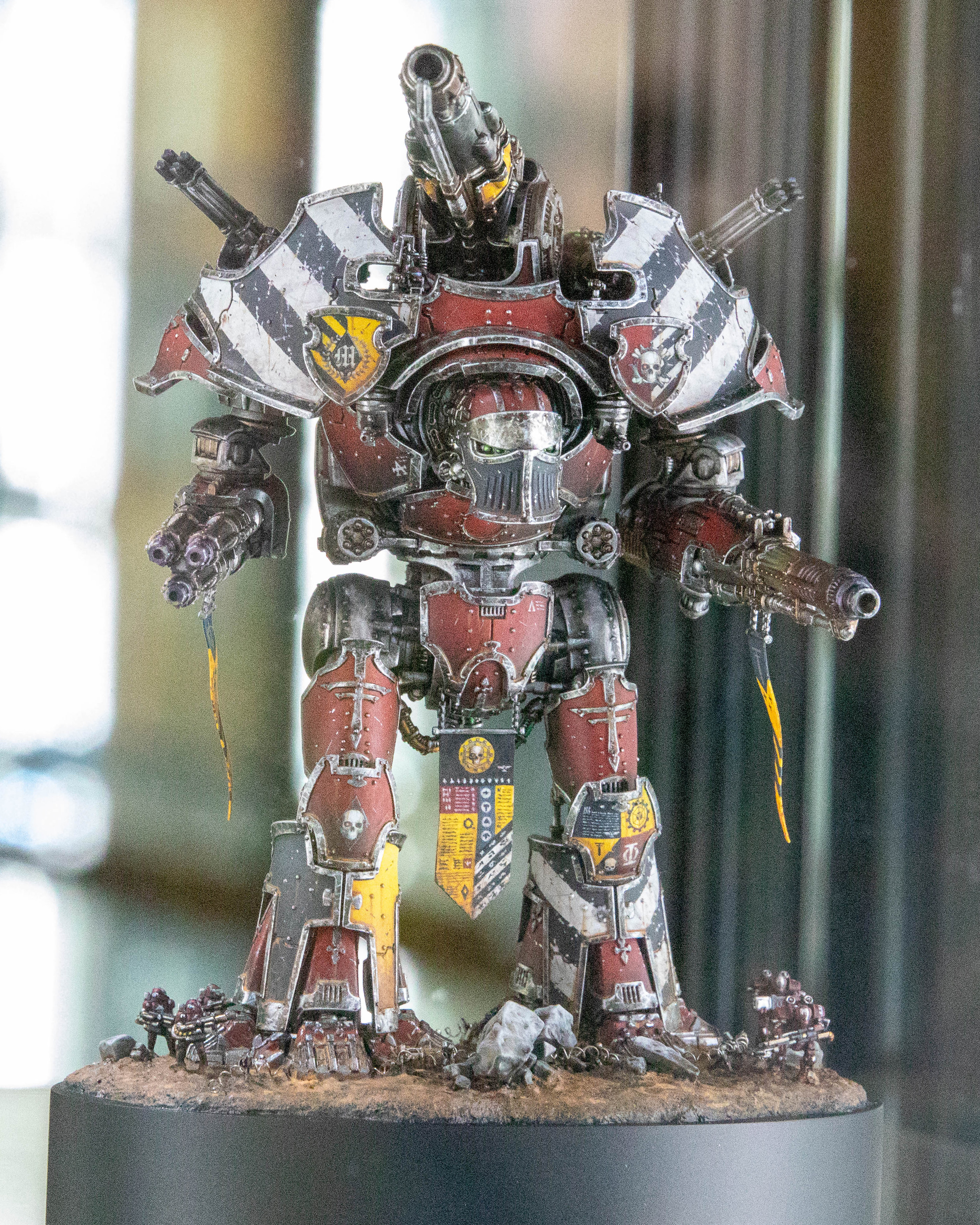
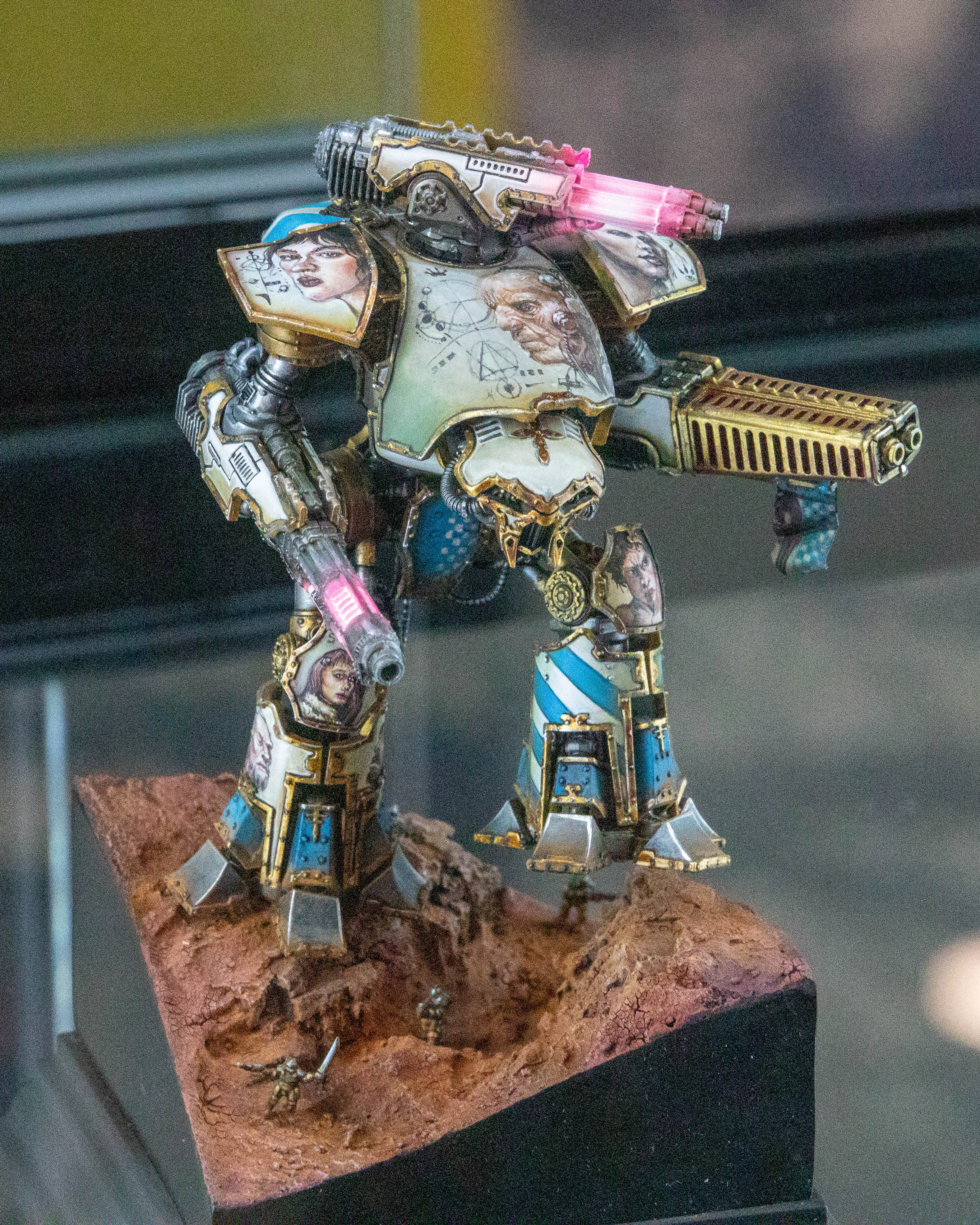
Photo: Charlie Hall/Polygon
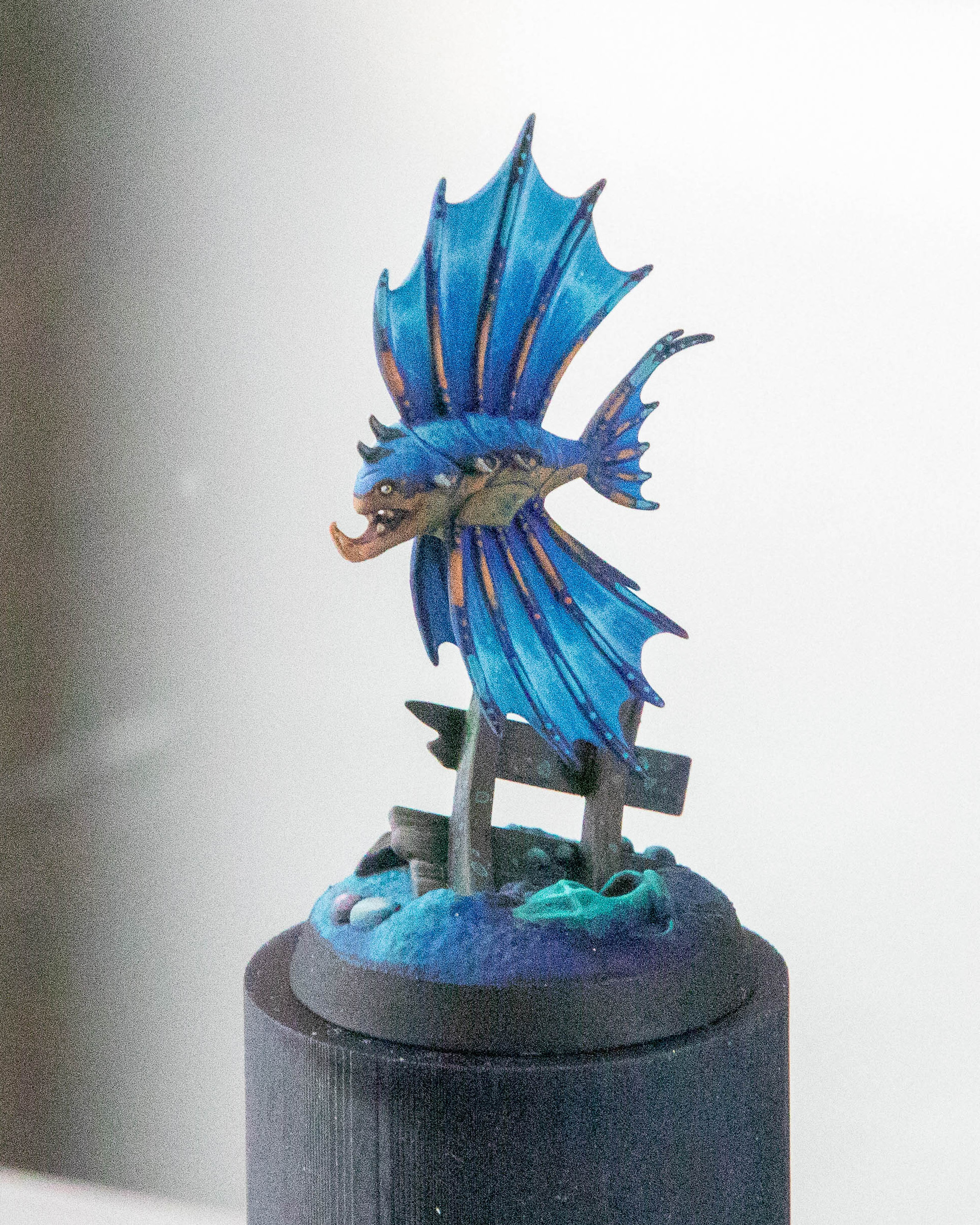
Photo: Charlie Hall/Polygon
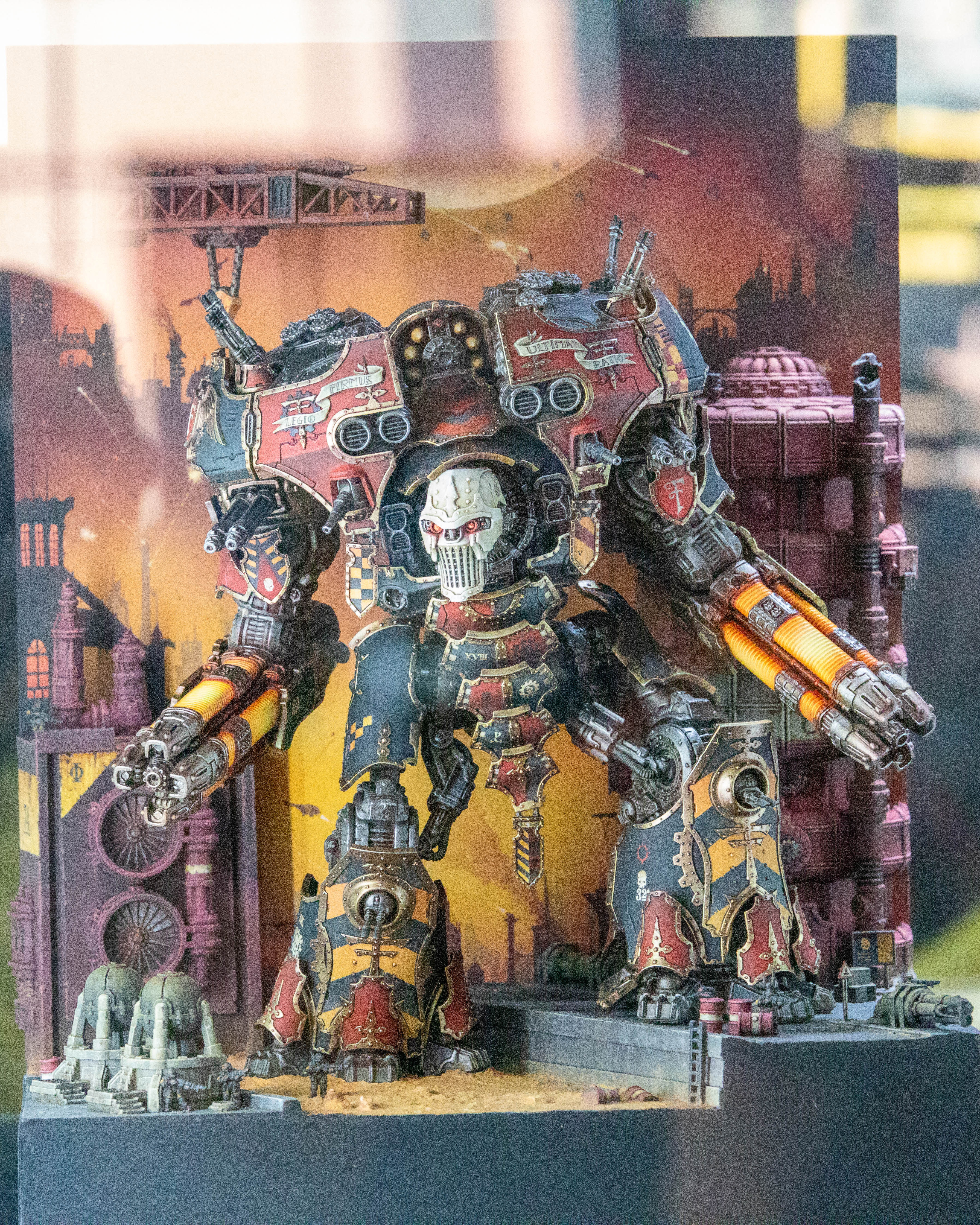
Photo: Charlie Hall/Polygon
Beef up your basing
Some of my favorite pieces from the Golden Demons look like they’ve been pulled directly from the pages of the lore books, and this year was no exception. Submissions used all kinds of materials as well, from real stone and wood, to foam and clear resin, all in the effort to create believable scenes. The freehand work on some of these background panels was inspiring as well.
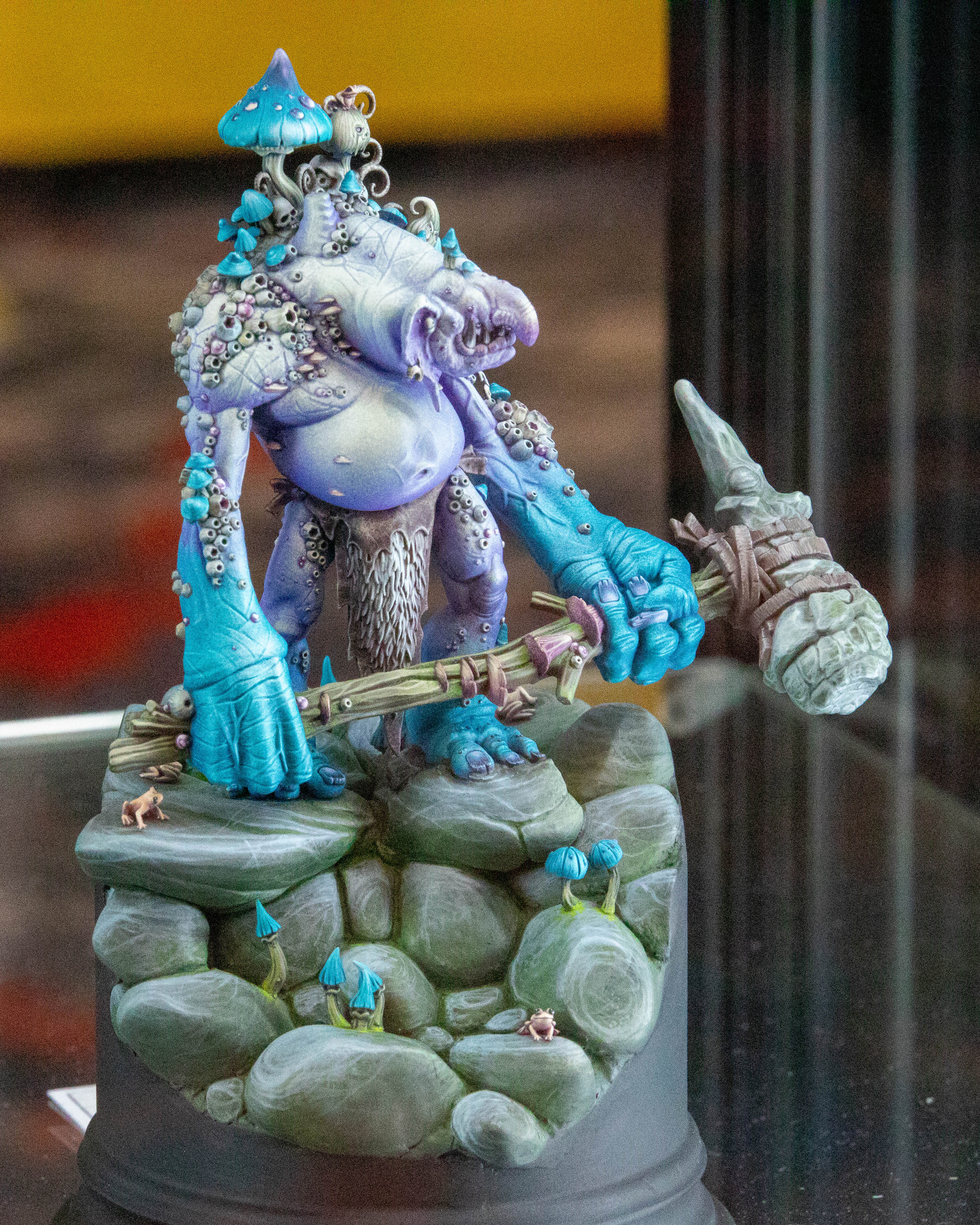
Photo: Charlie Hall/Polygon
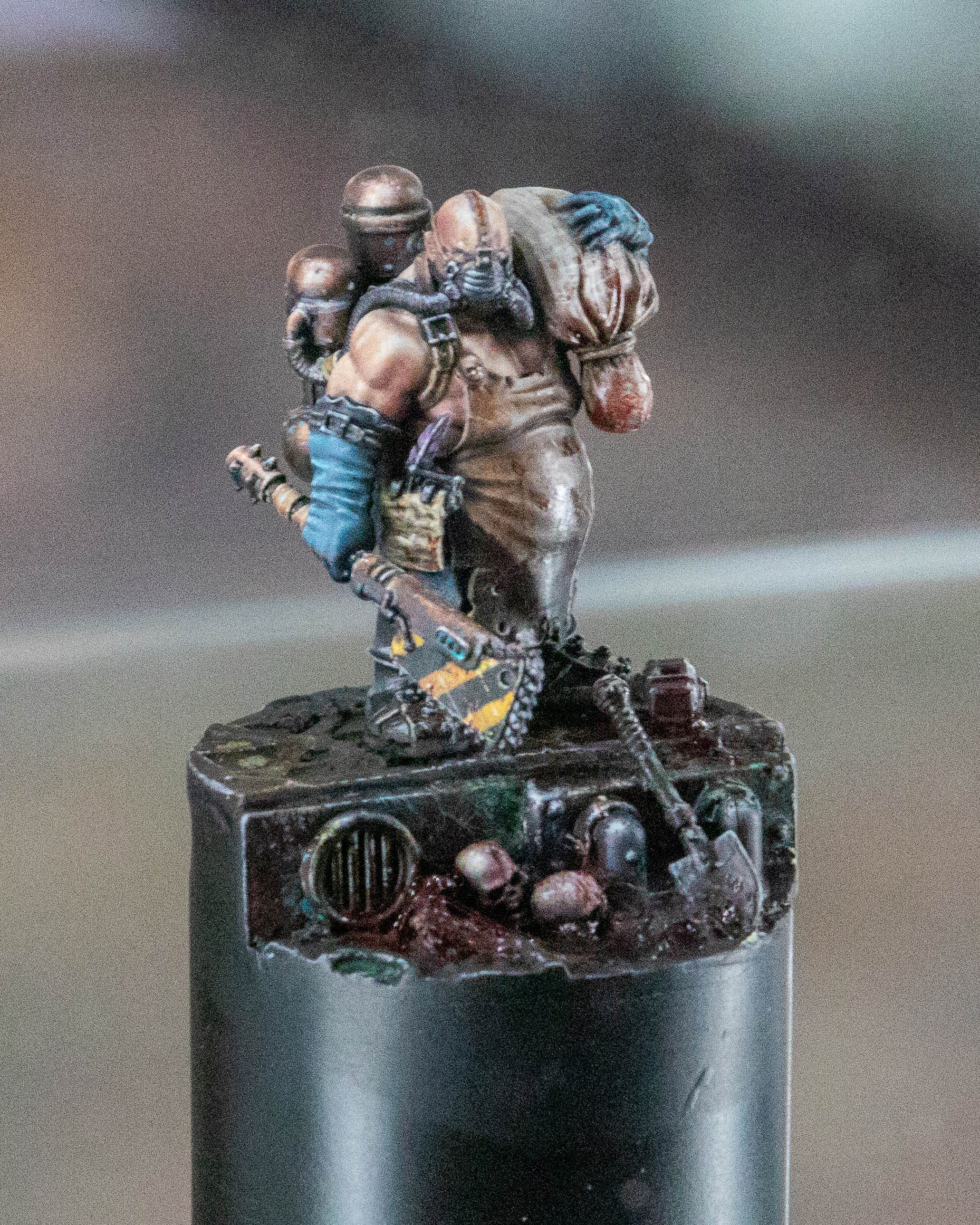
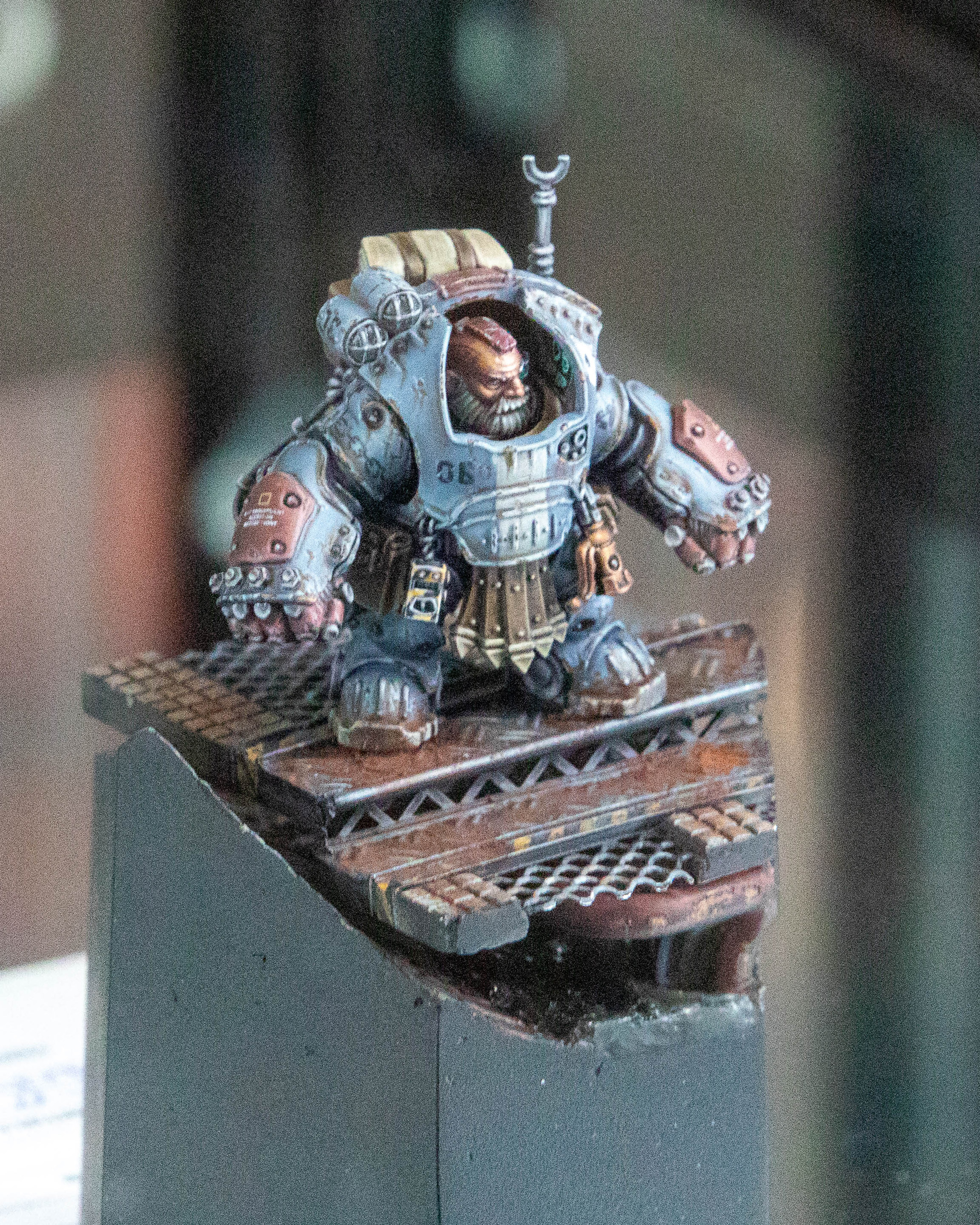
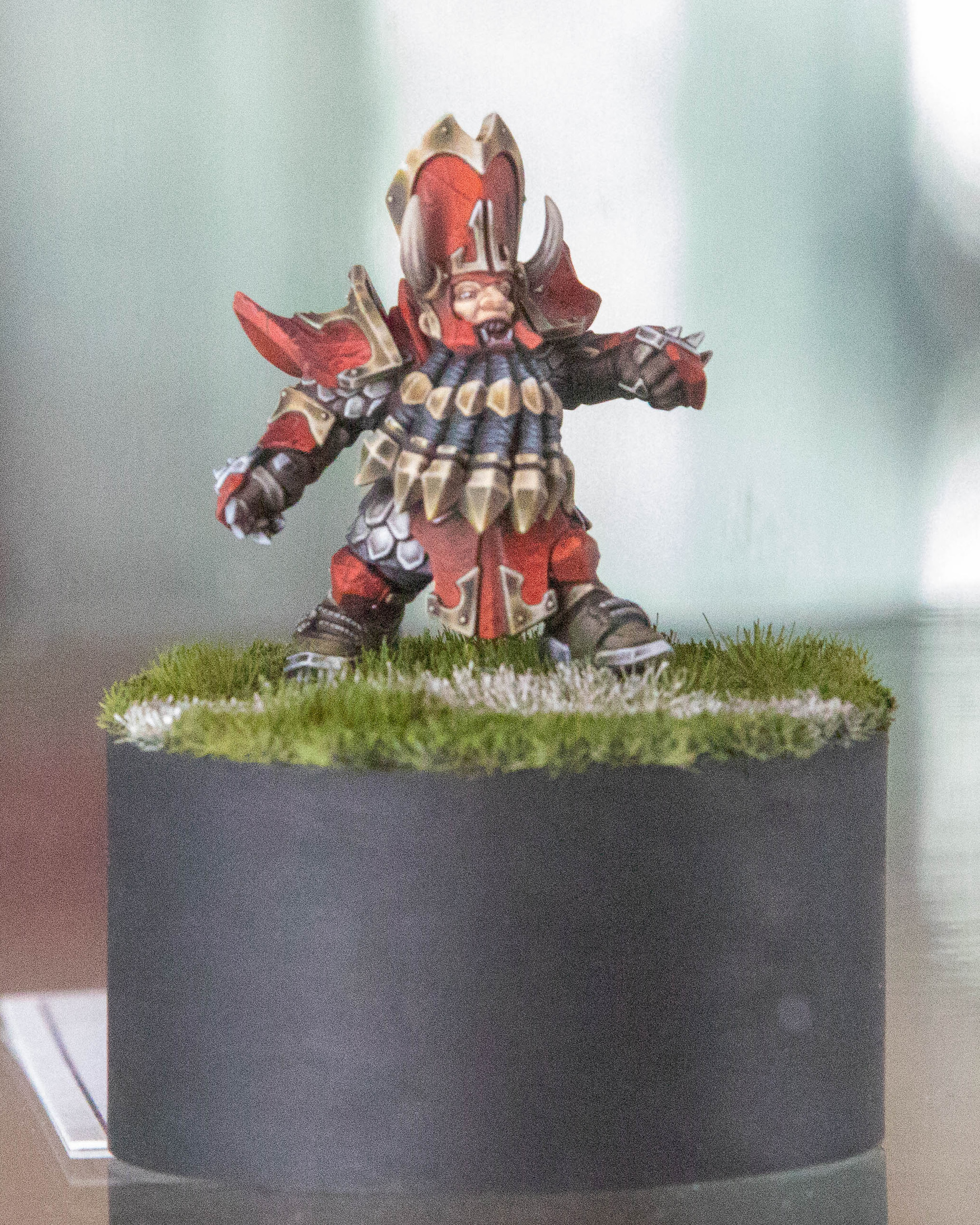
Photo: Charlie Hall/Polygon
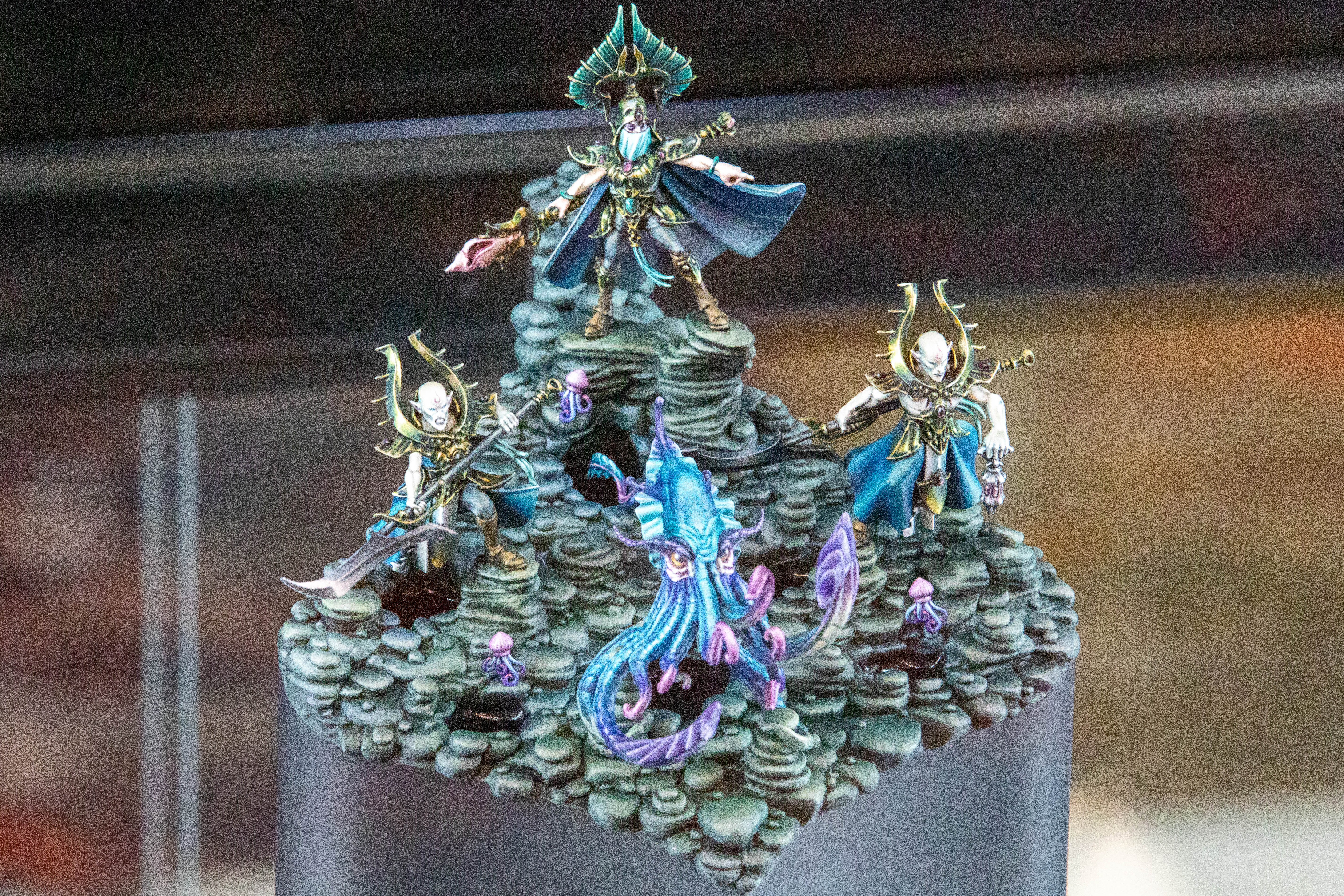

Photo: Charlie Hall/Polygon
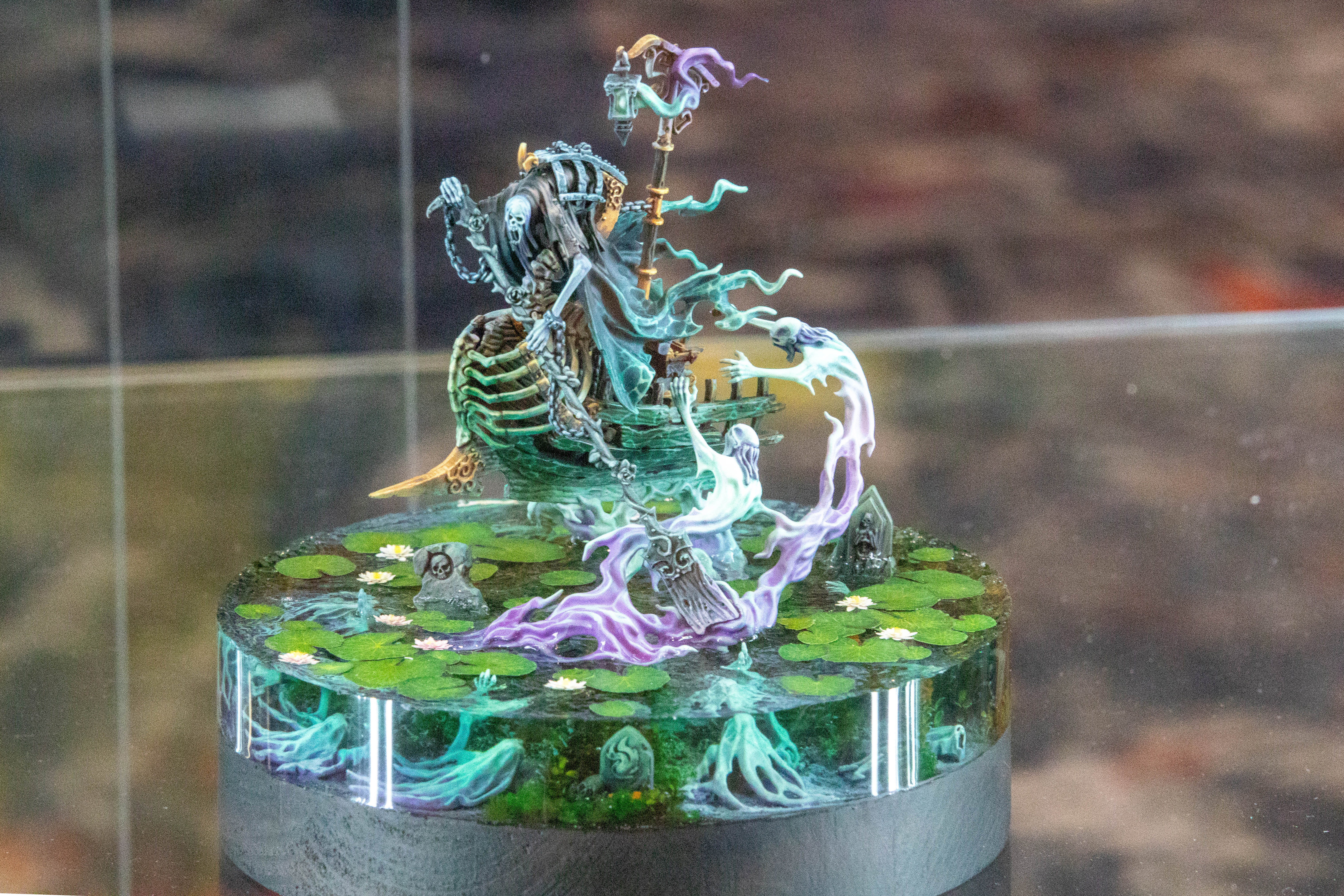
Photo: Charlie Hall/Polygon
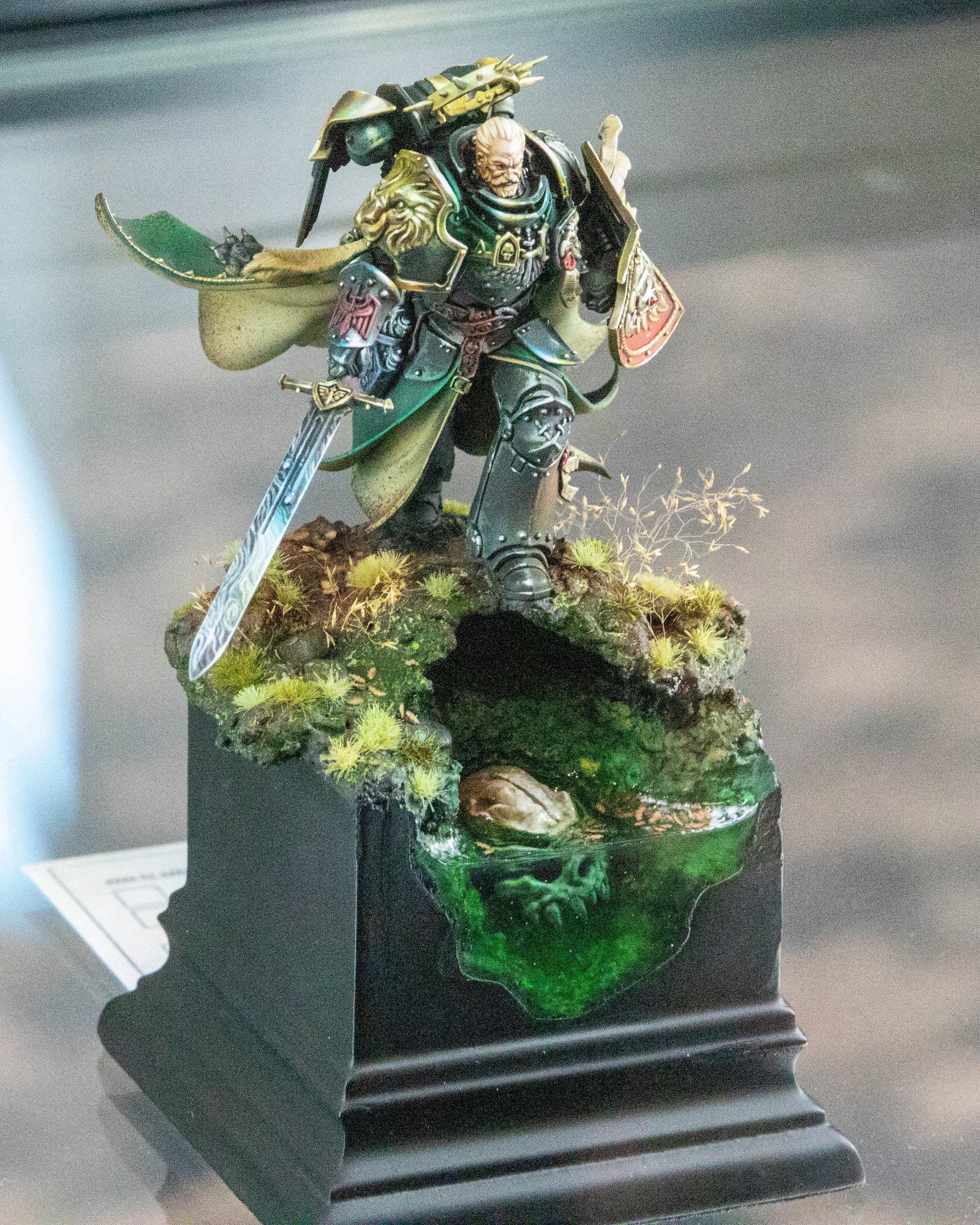
Photo: Charlie Hall/Polygon
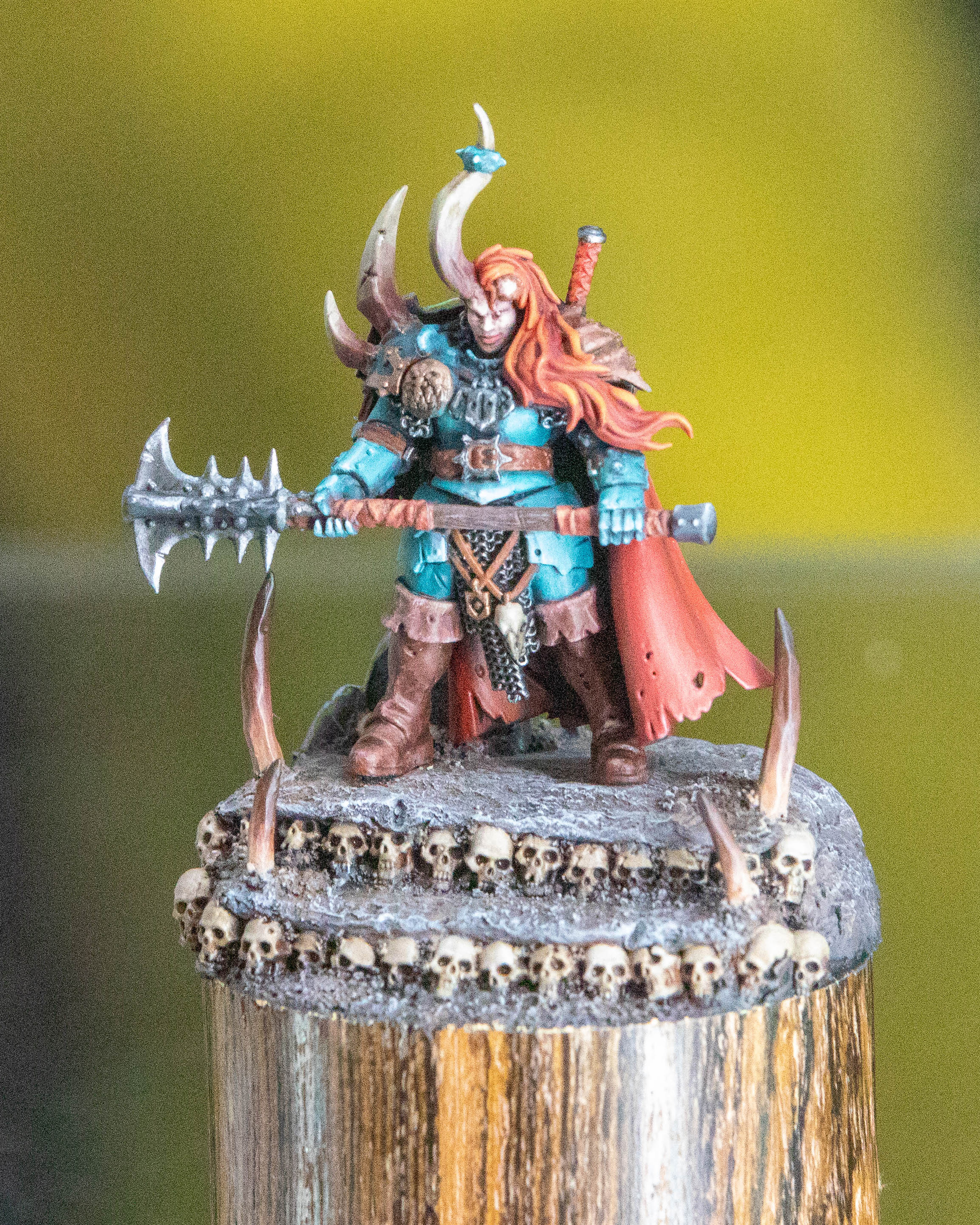
Photo: Charlie Hall/Polygon
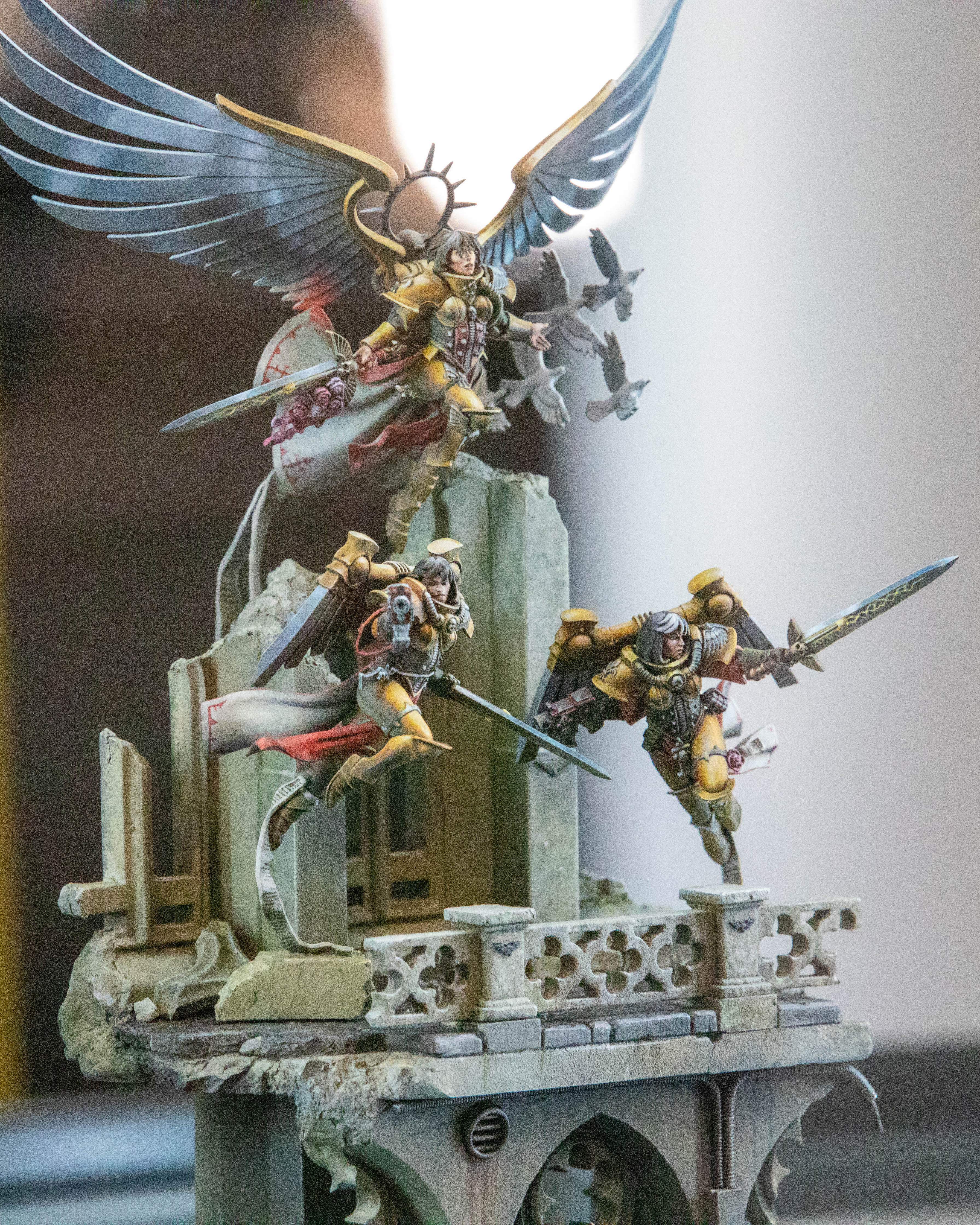
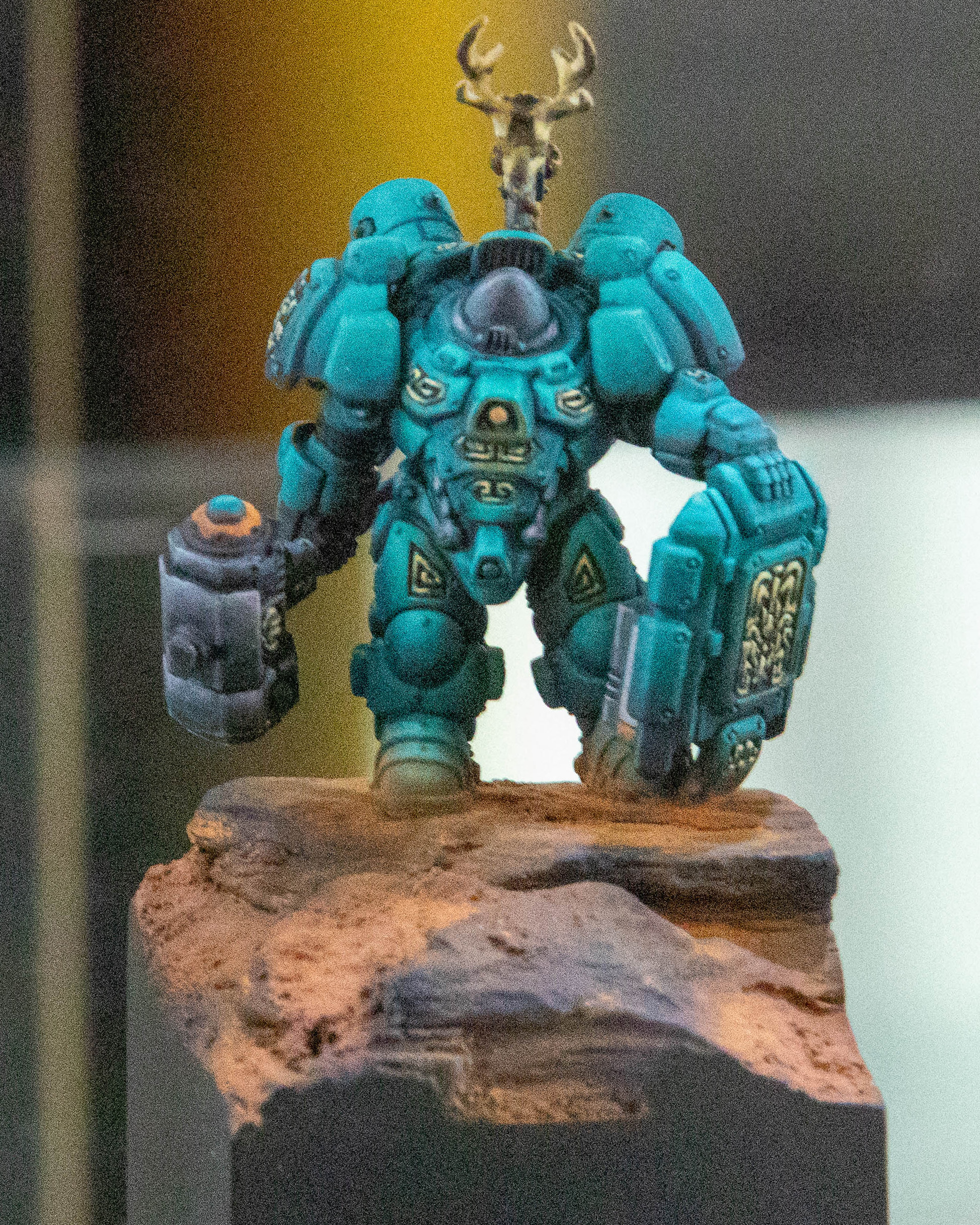
Photo: Charlie Hall/Polygon
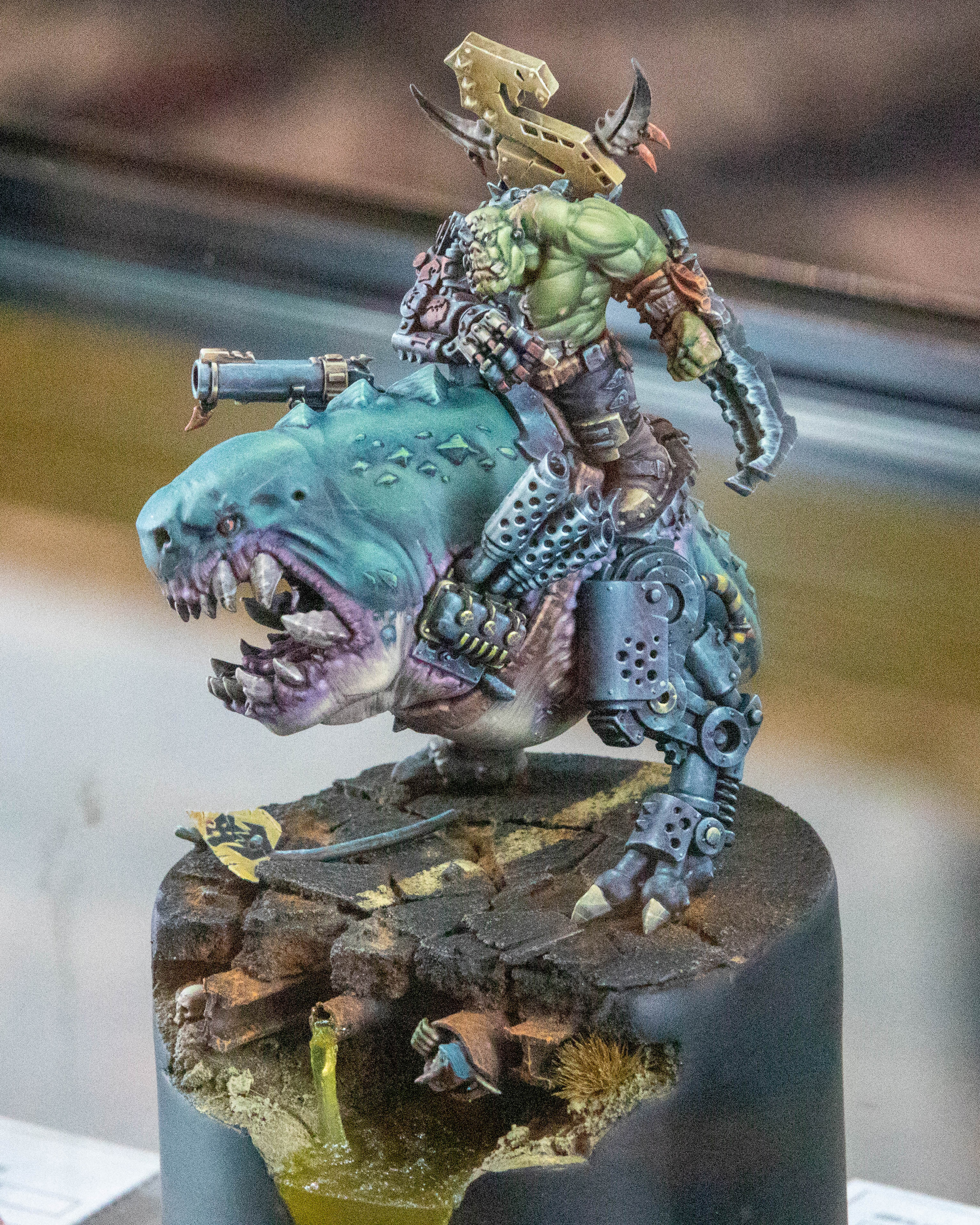
Photo: Charlie Hall/Polygon
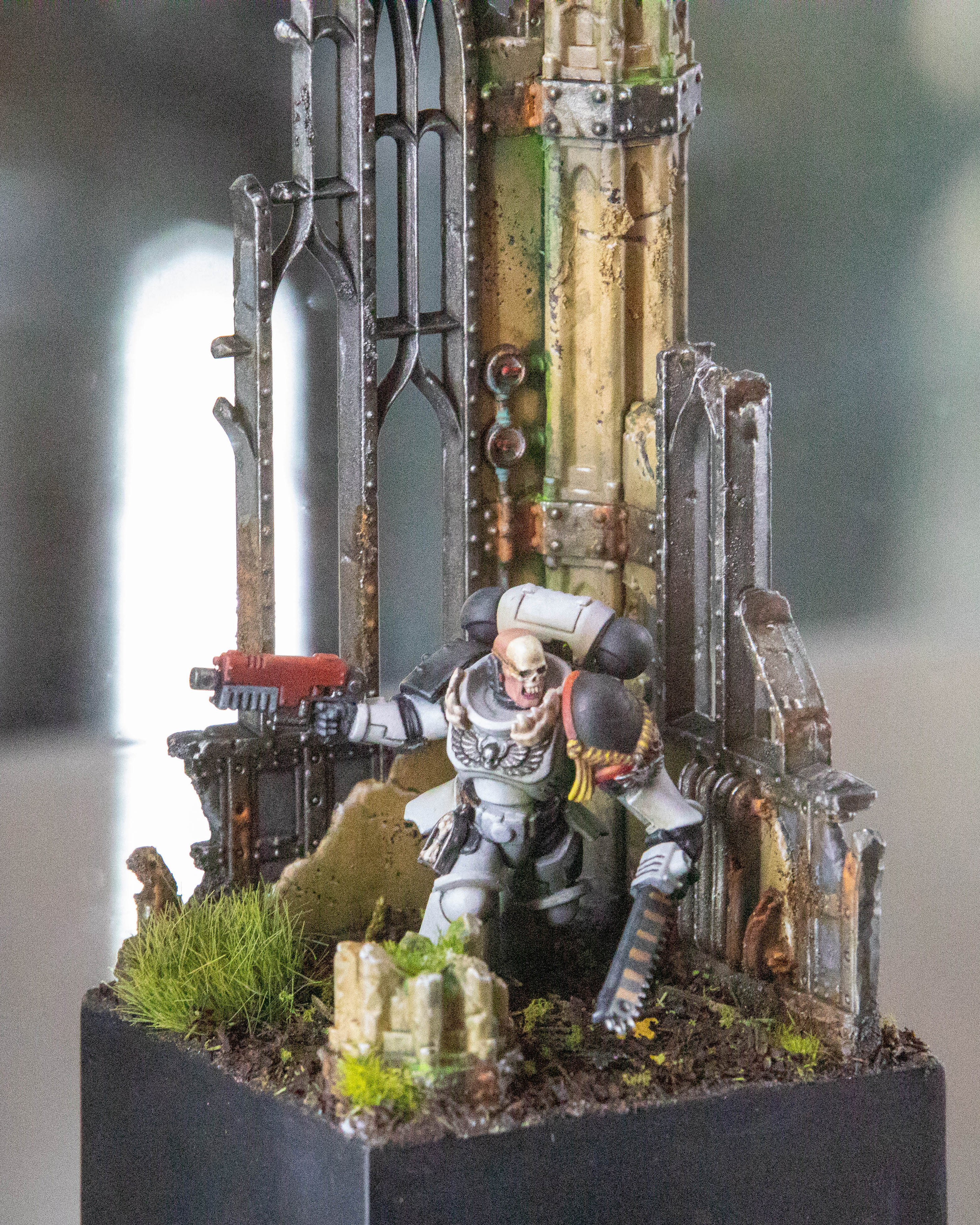
Photo: Charlie Hall/Polygon
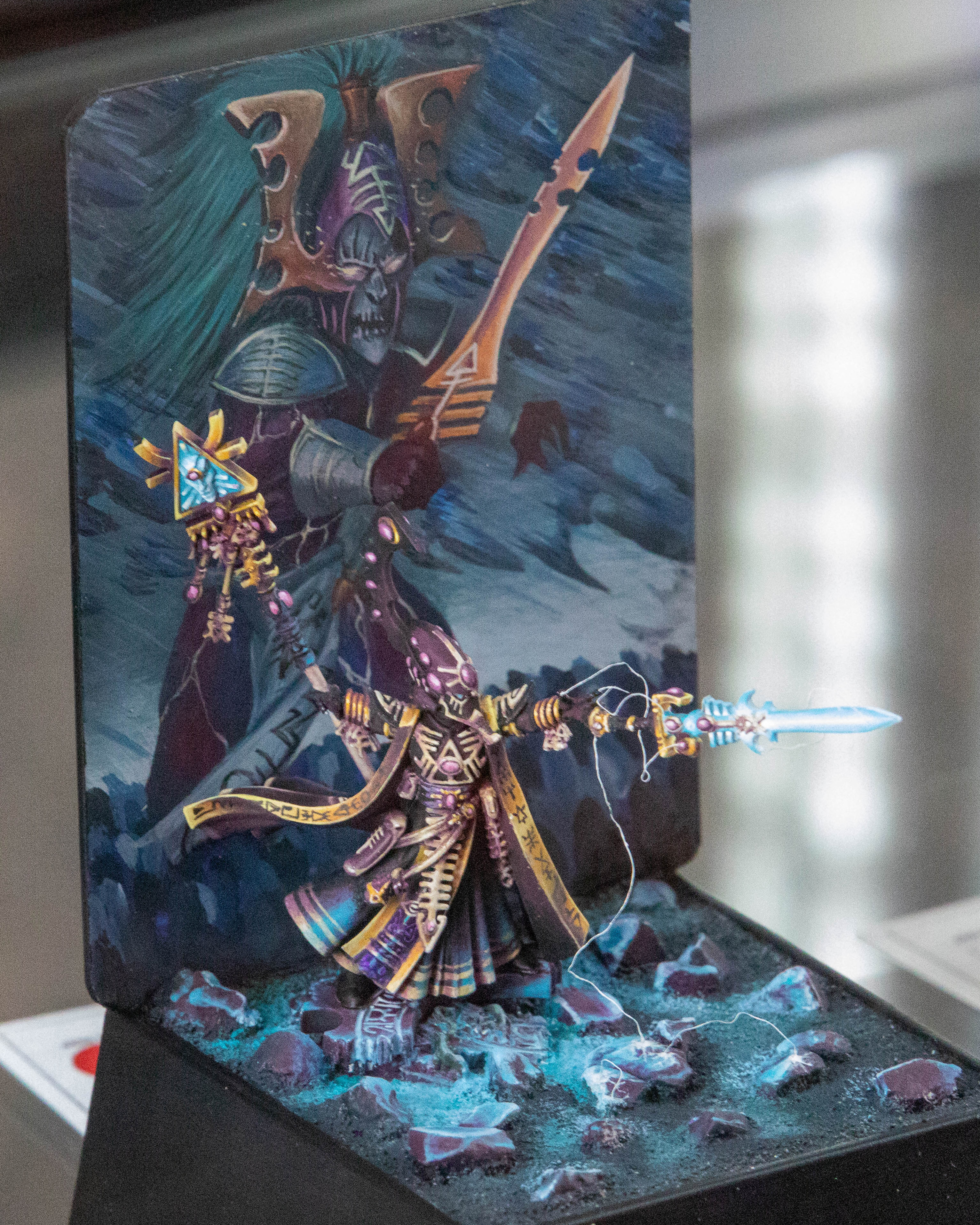
Photo: Charlie Hall/Polygon
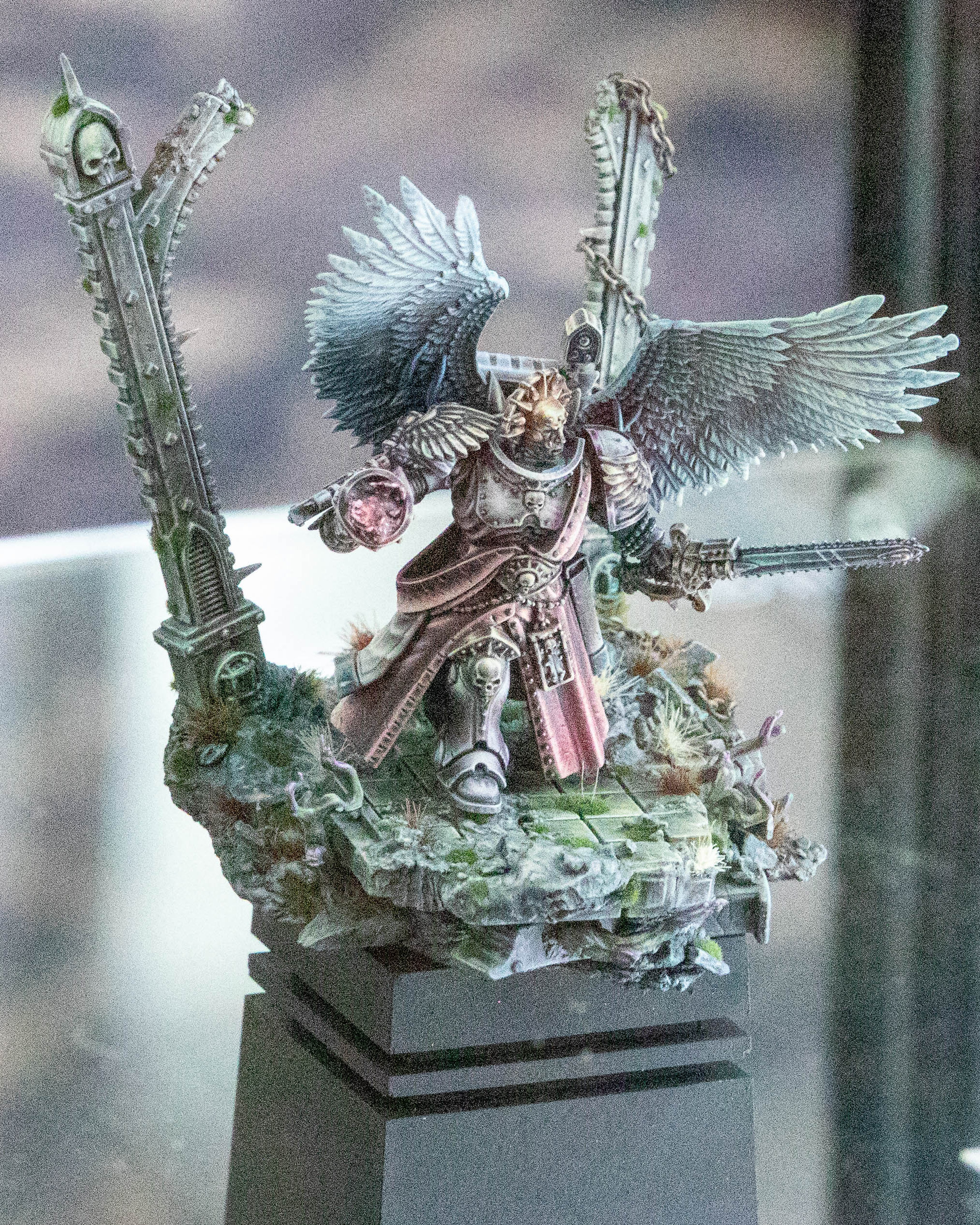
Photo: Charlie Hall/Polygon
Make it goofy
Some of the best entries are actually elaborate goofs or visual puns, albeit ones told to a very specific and knowledgeable audience. My favorite joke entry this year was actually among the most technically competent, with an elaborate stand-up arcade machine marketed at orks that, once again, uses those tiny Legions Imperialis figures to excellent effect.
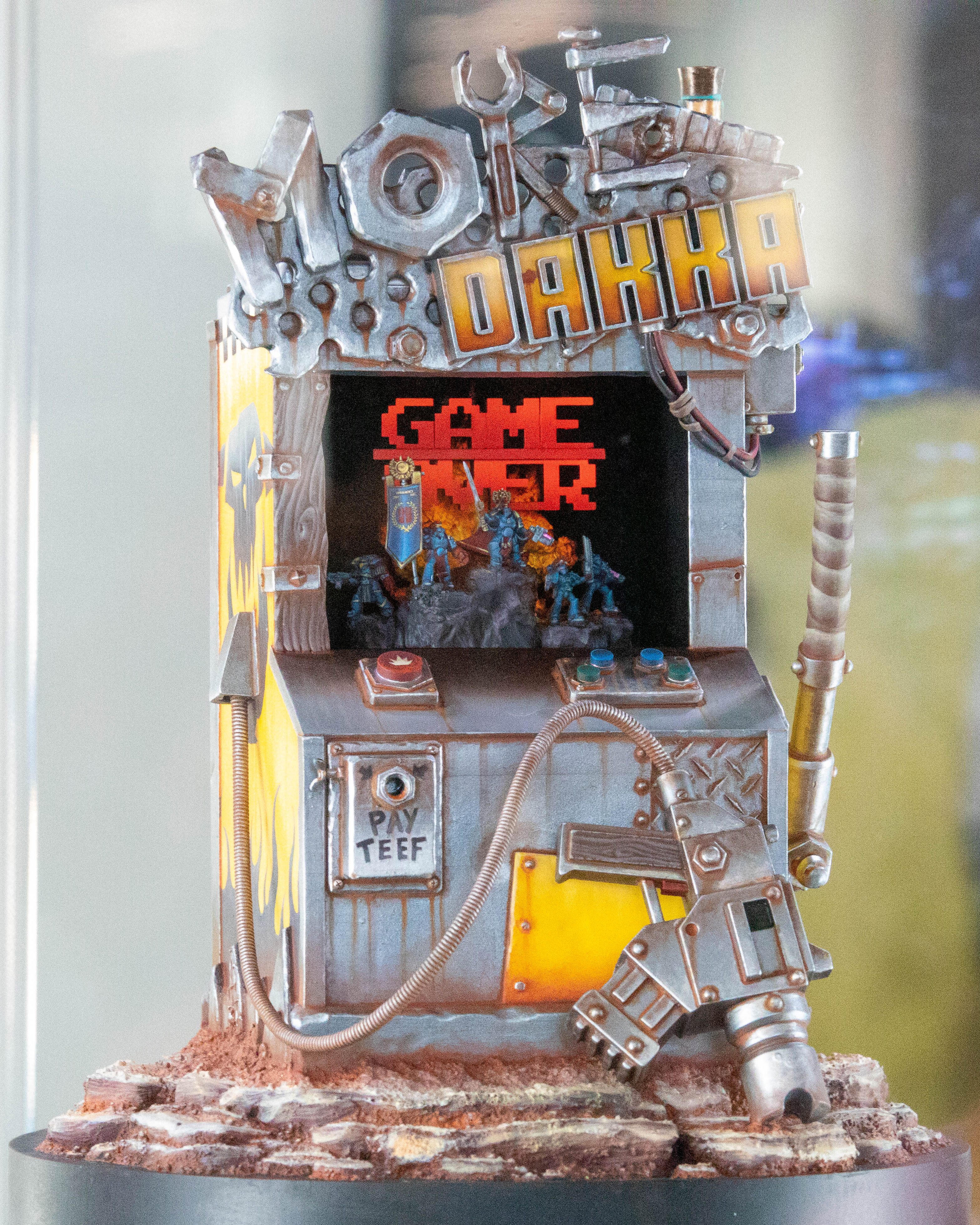
Photo by Charlie Hall/Polygon

Photo by Charlie Hall/Polygon
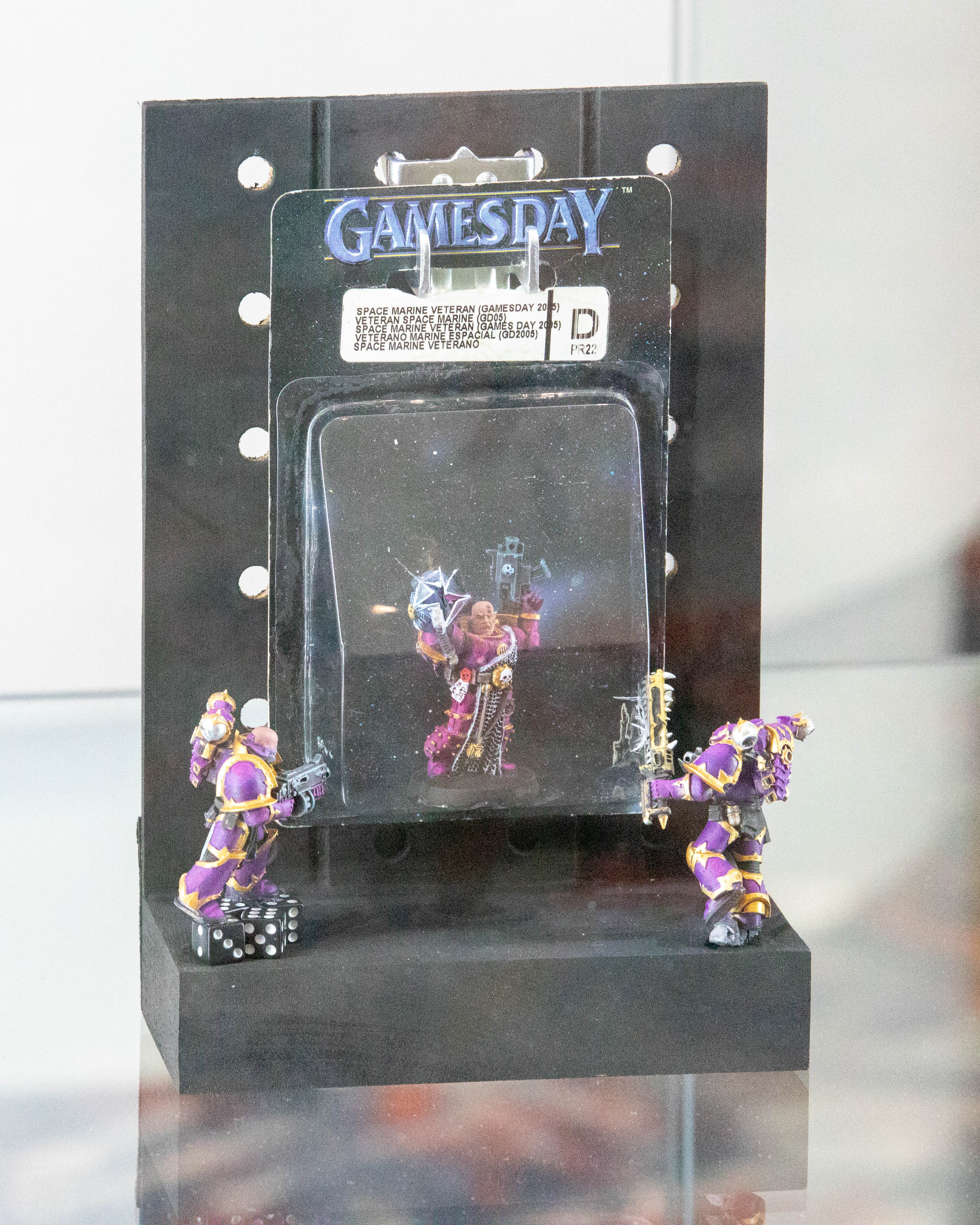
Photo by Charlie Hall/Polygon
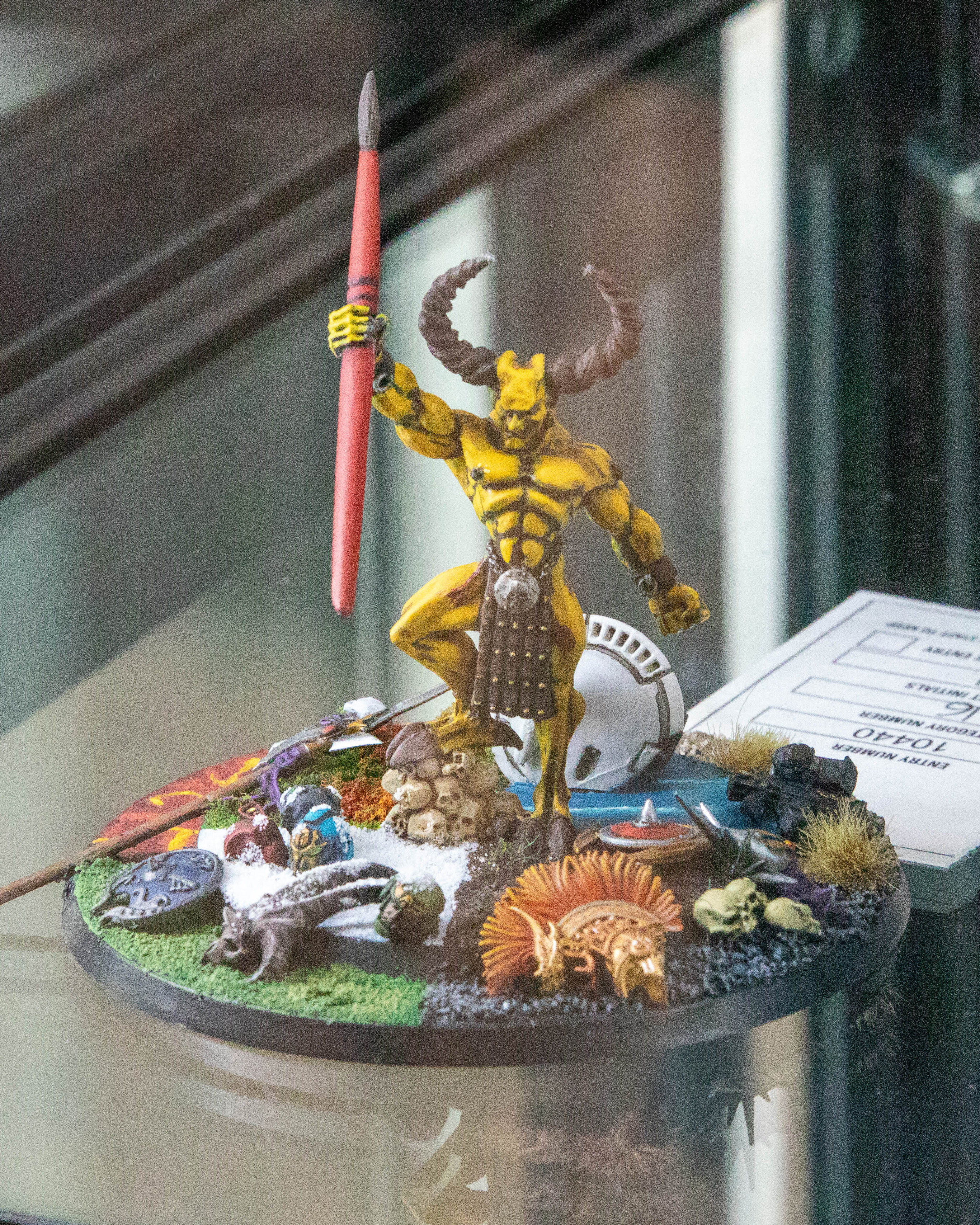
Photo by Charlie Hall/Polygon
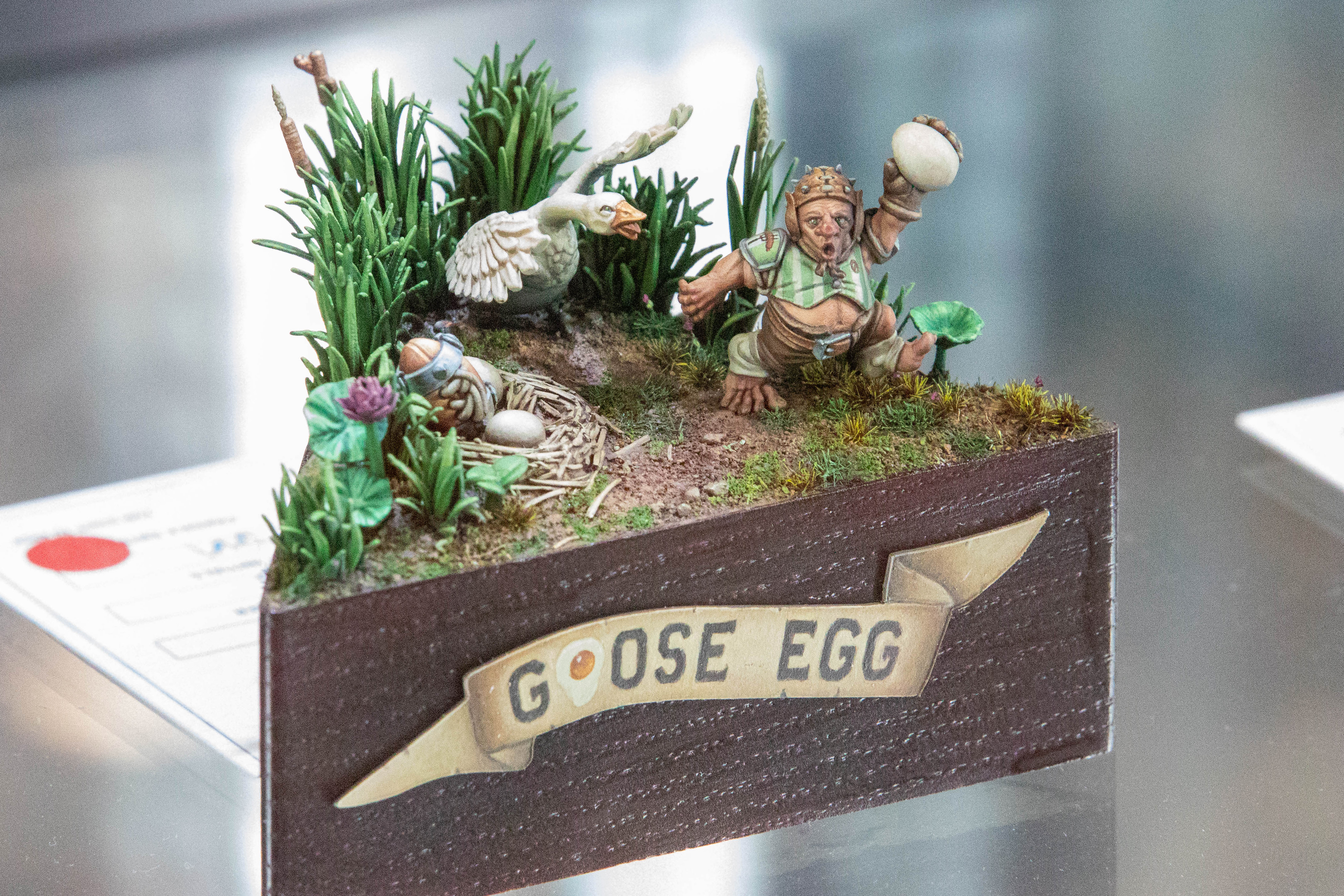
Photo by Charlie Hall/Polygon
Bring the whole squad
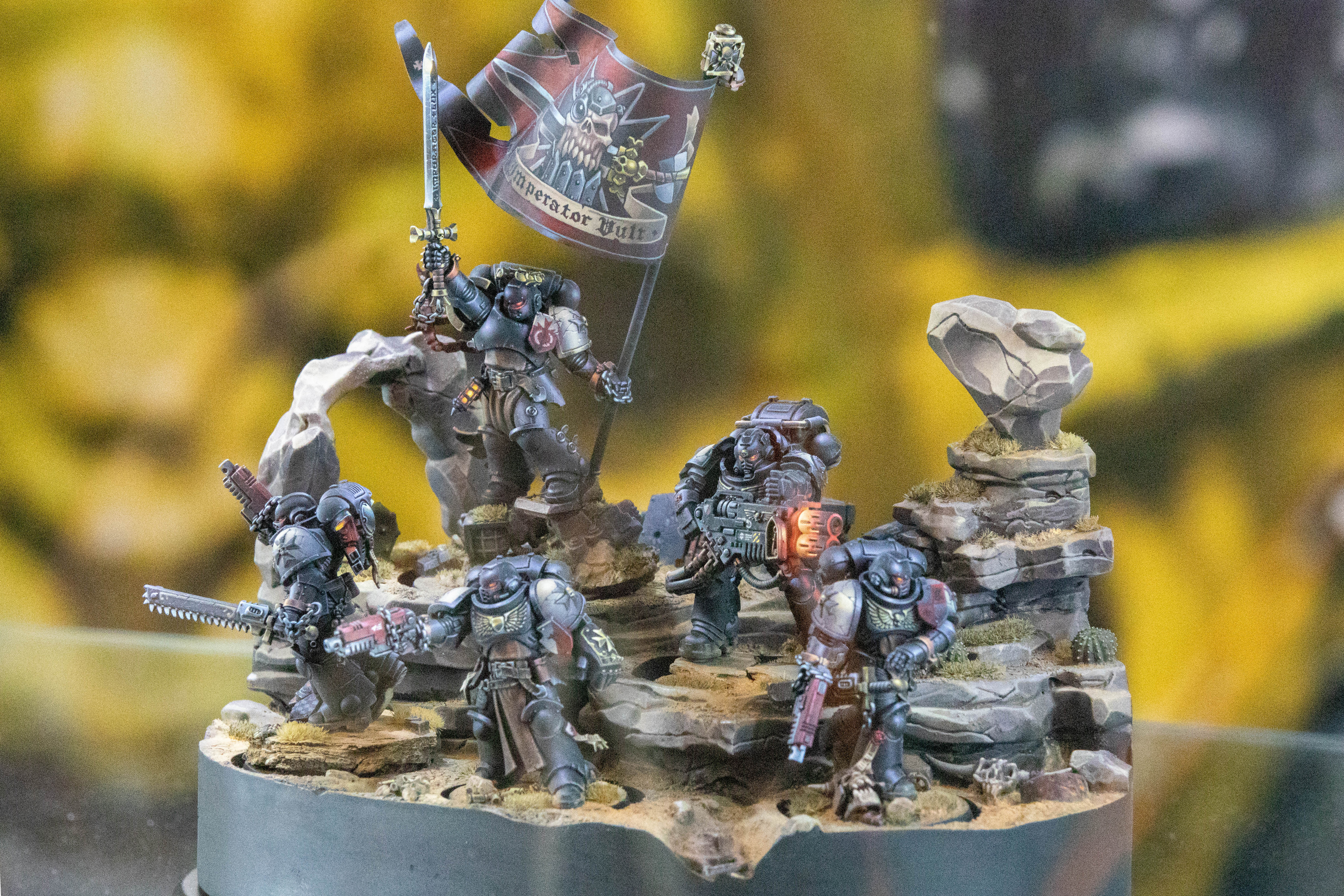
Photo: Charlie Hall/Polygon
Games Workshop invites painters to submit entire squads of toy soldiers for review, a method of presentation that directly reinforces gameplay. When you’re done painting, if you don’t win anything, at the very least you have an excellent set of miniatures to start an army with. Just be sure to come up with a slightly faster way to get things painted after that first high-touch set. These were just some of the squads that stood out this year.
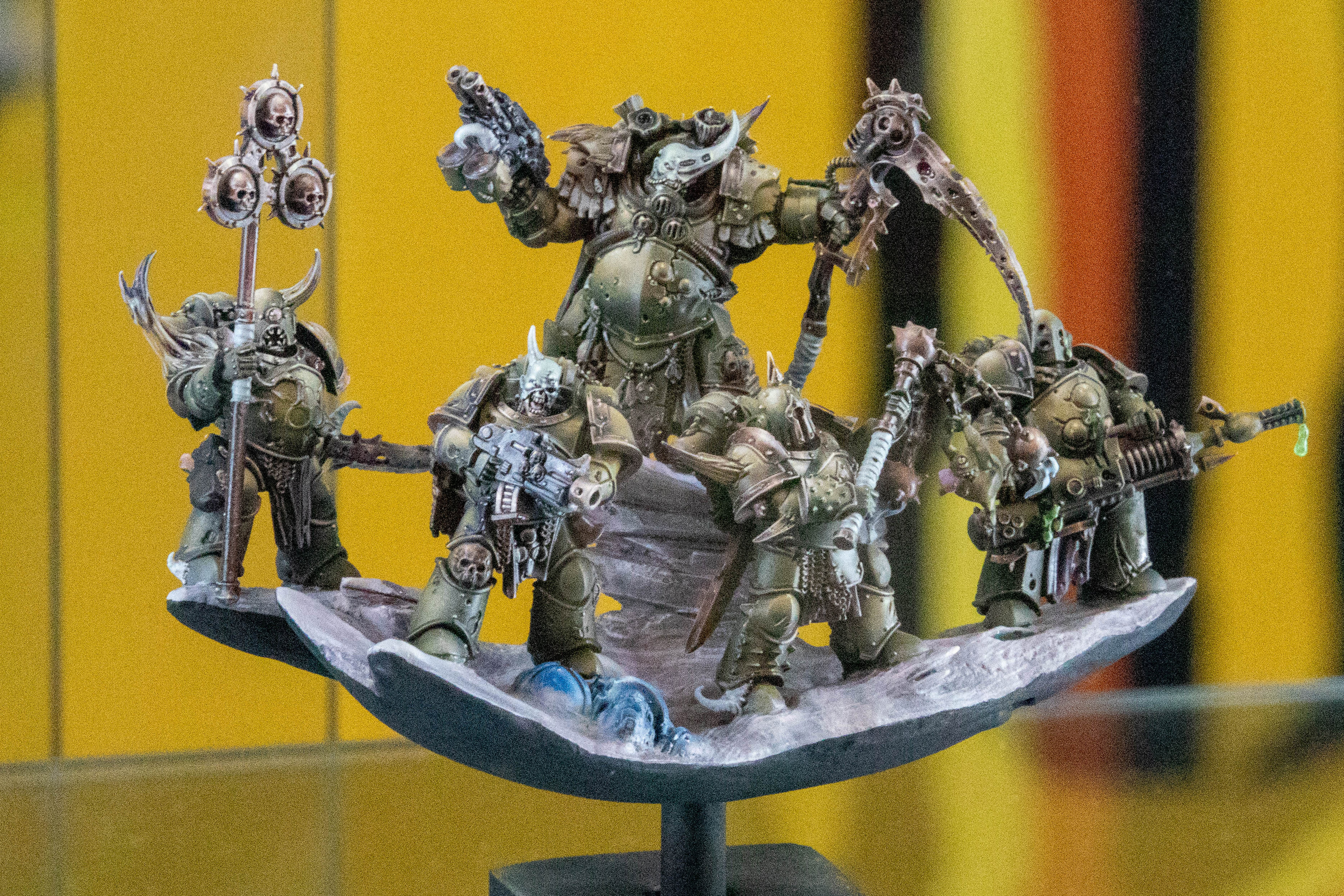
Photo: Charlie Hall/Polygon
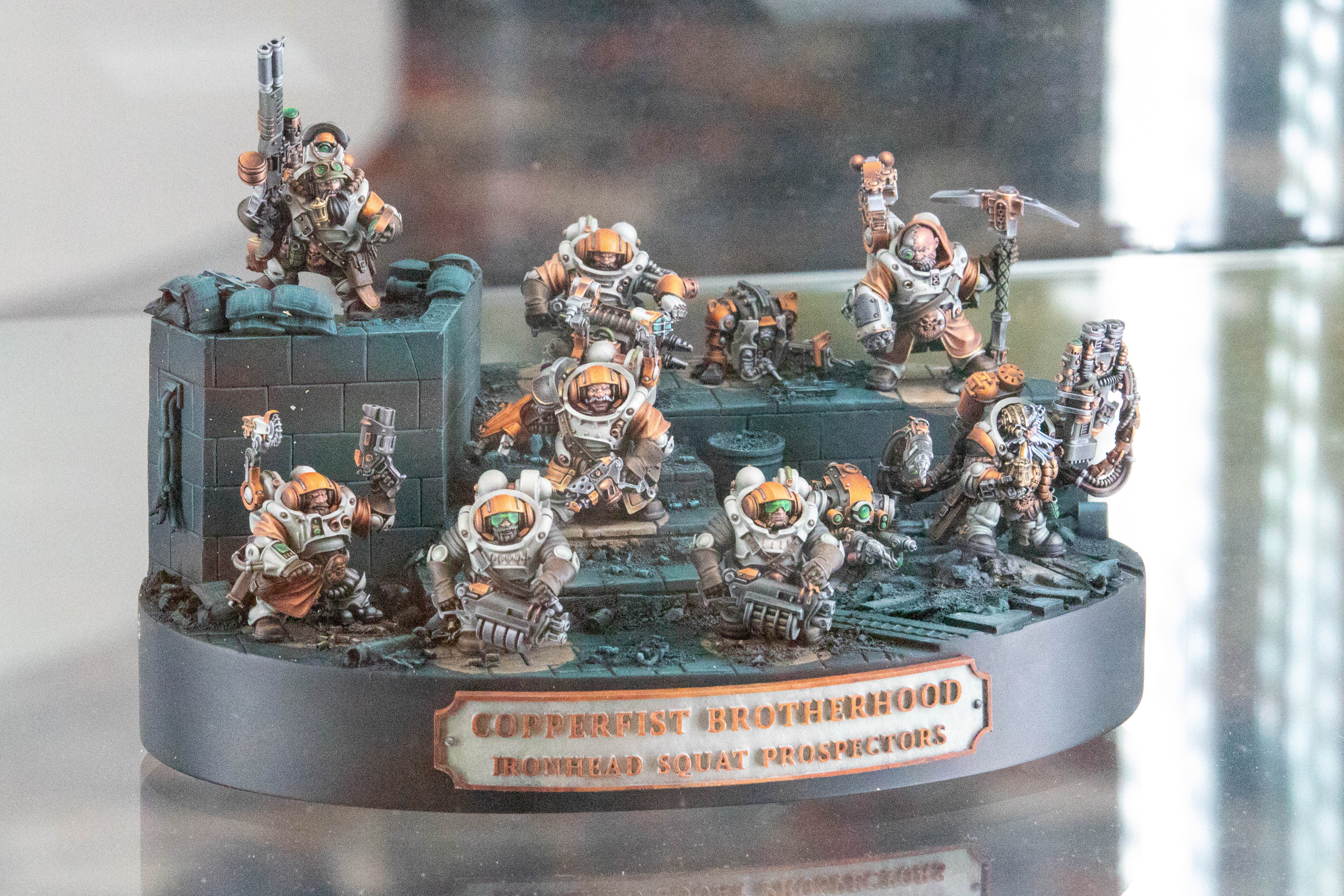
Photo: Charlie Hall/Polygon

Photo: Charlie Hall/Polygon

Photo: Charlie Hall/Polygon

Photo: Charlie Hall/Polygon

Photo: Charlie Hall/Polygon
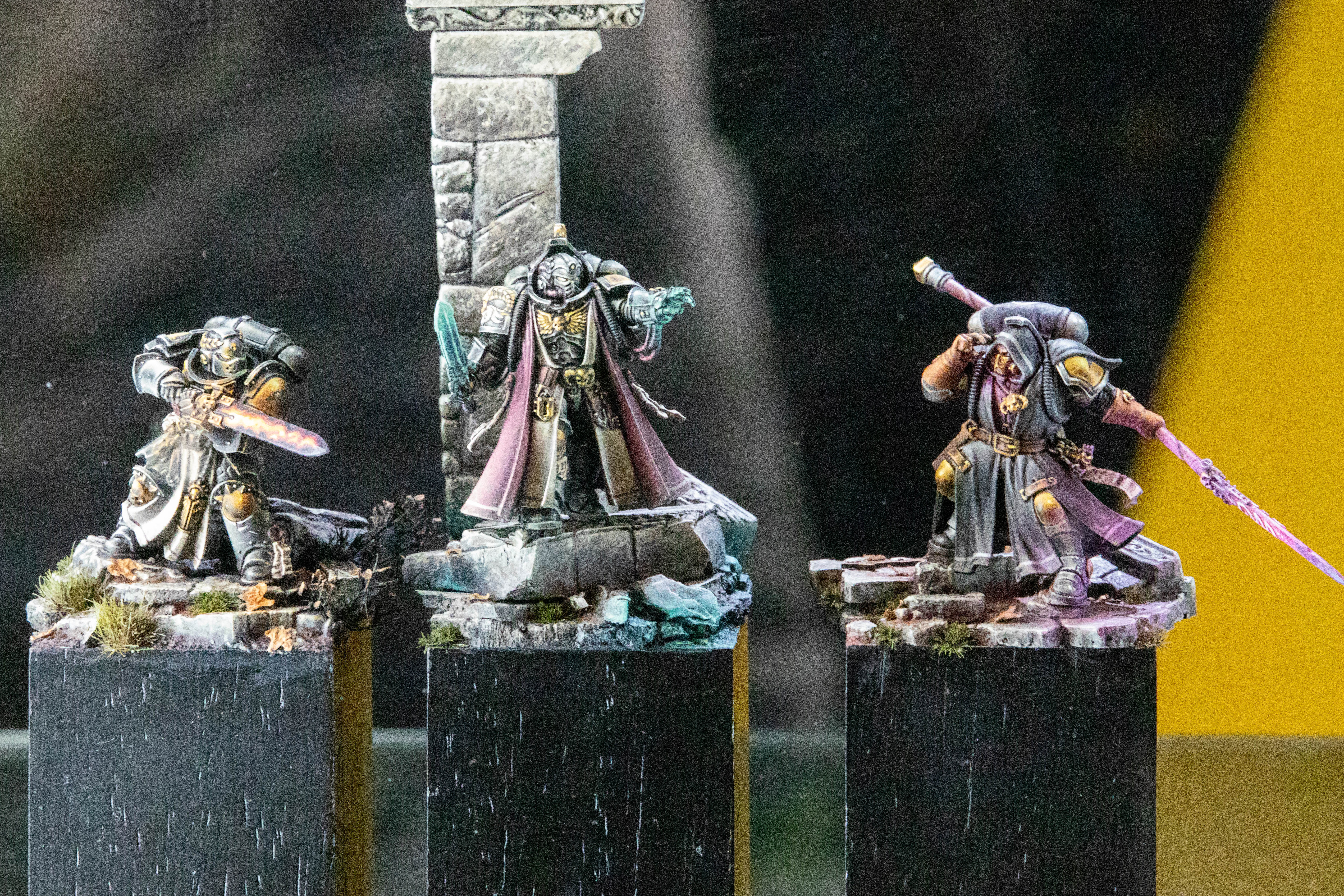
Photo: Charlie Hall/Polygon
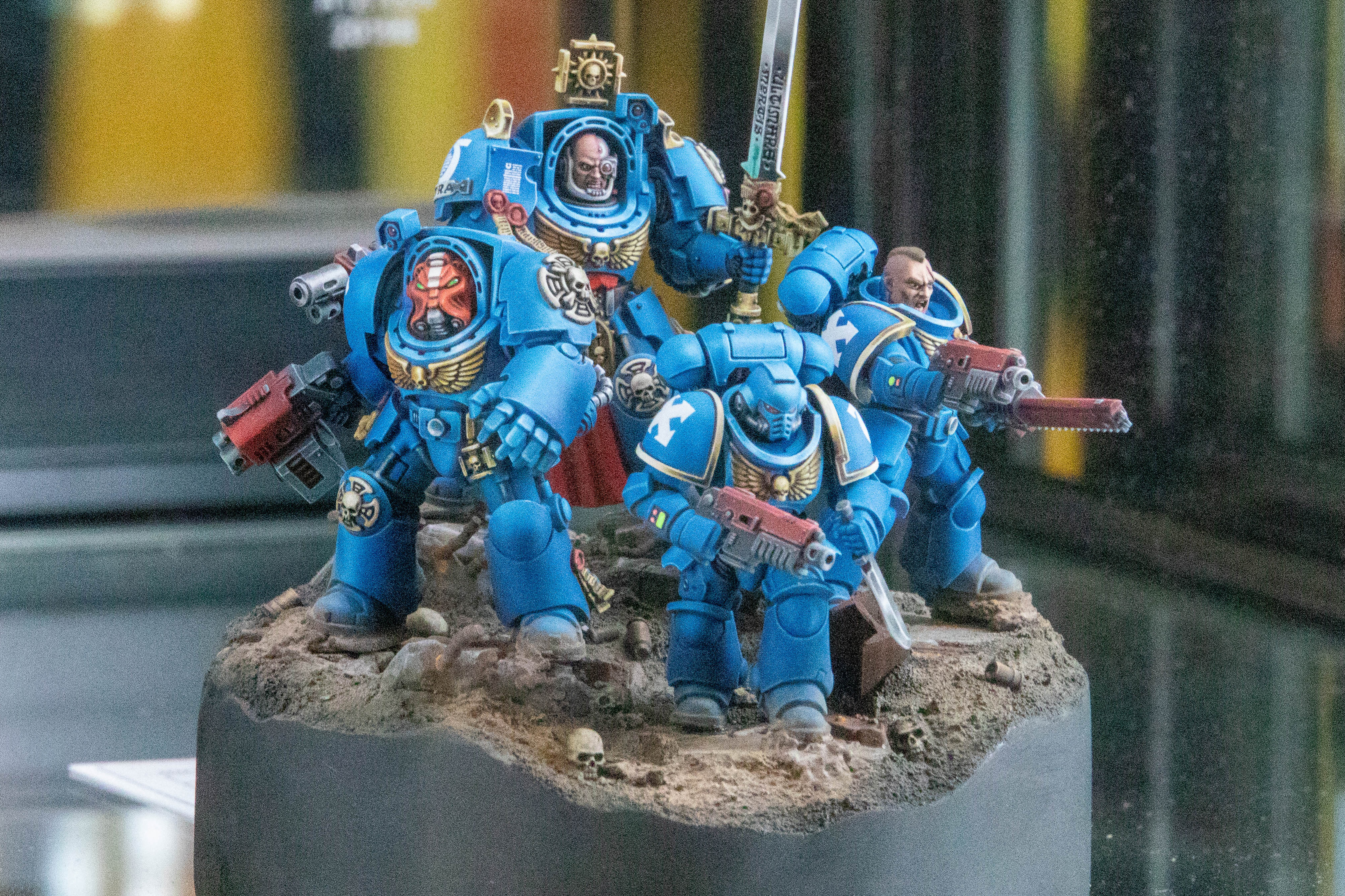
Photo: Charlie Hall/Polygon
Tell a good story

More than anything, it’s important to remember that wargaming is — like all tabletop gaming — a form of storytelling. Luckily, when it comes to Games Workshop franchises, there’s plenty of narrative to choose from, thanks in part to the Black Library.
But your submissions to the Golden Demons should tell a story all their own. Consider the pose of every figure, the inclination of every head, and even the sightline for individual models. All of those elements work together to help some entries stand apart from the others.
My favorite example from this year is the award-winning submission from Ivan Bocic, who posed a chaos titan — again at Legion Imperialis scale — bringing the hammer down on an individual soldier brave enough to stand up to him. Like many other award winners, it brings together all of the ideas mentioned so far in this article, including excellent basing, a variety of textures, and above all excellent execution on the fundamentals of painting.

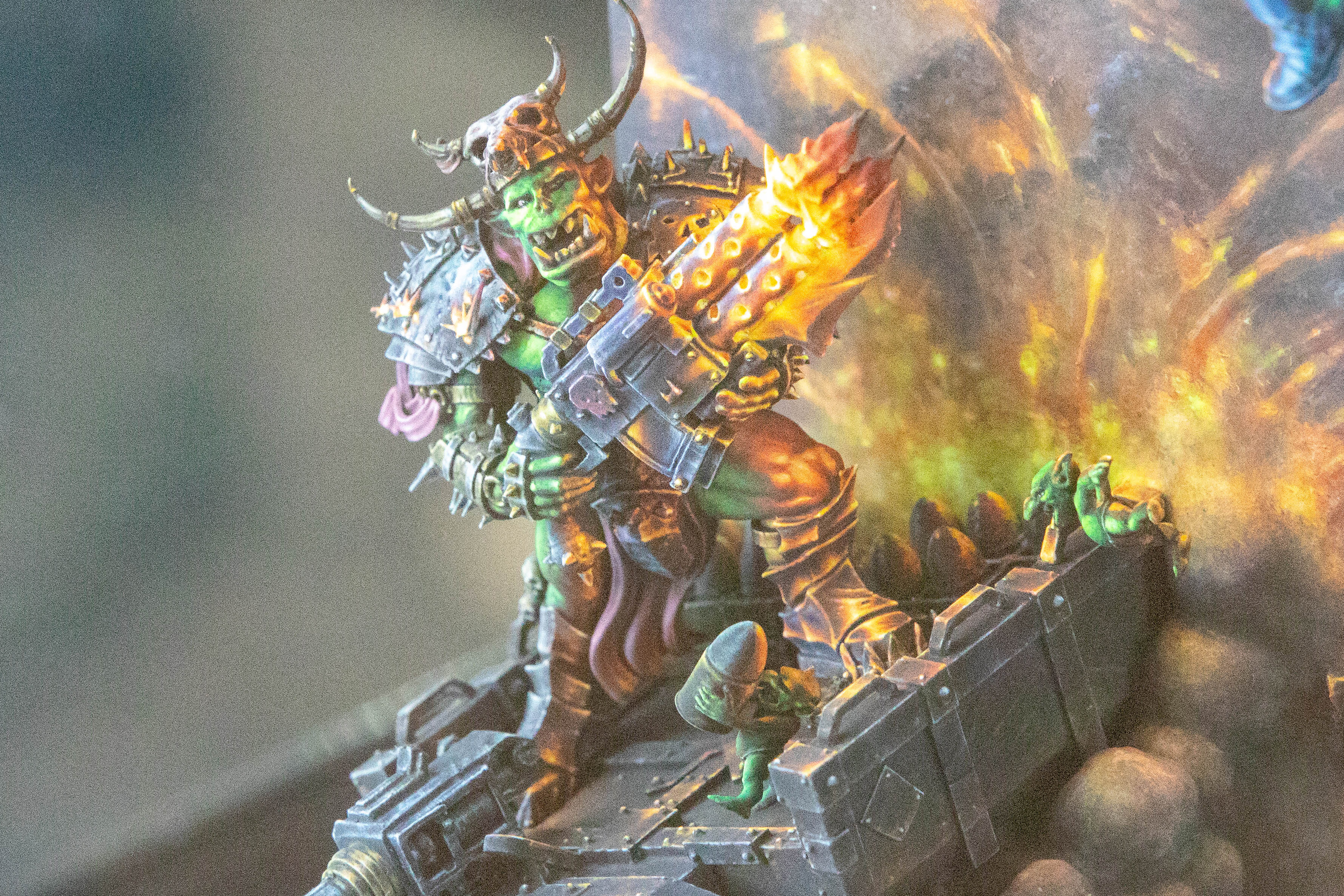
Photo: Charlie Hall/Polygon
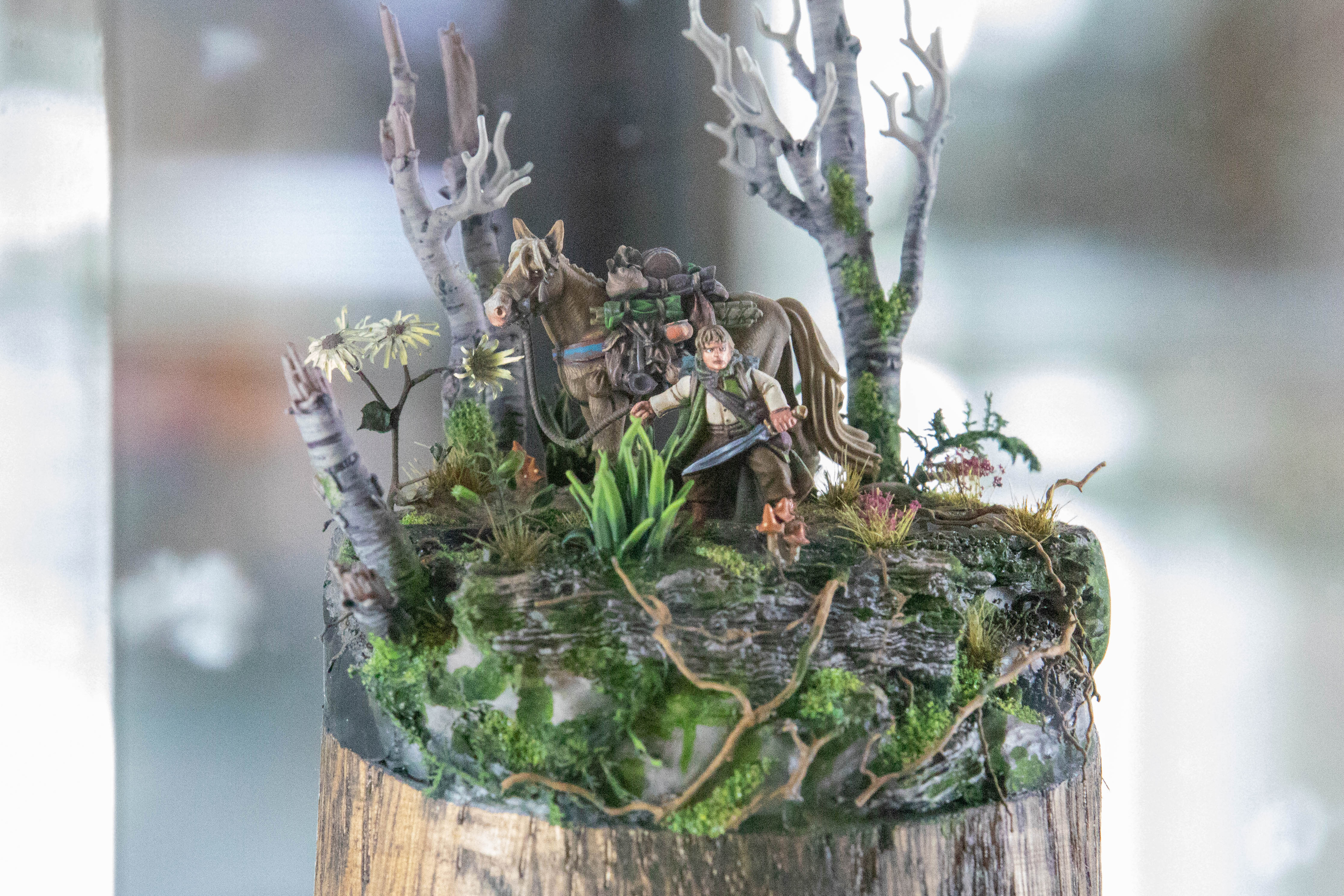
Photo: Charlie Hall/Polygon
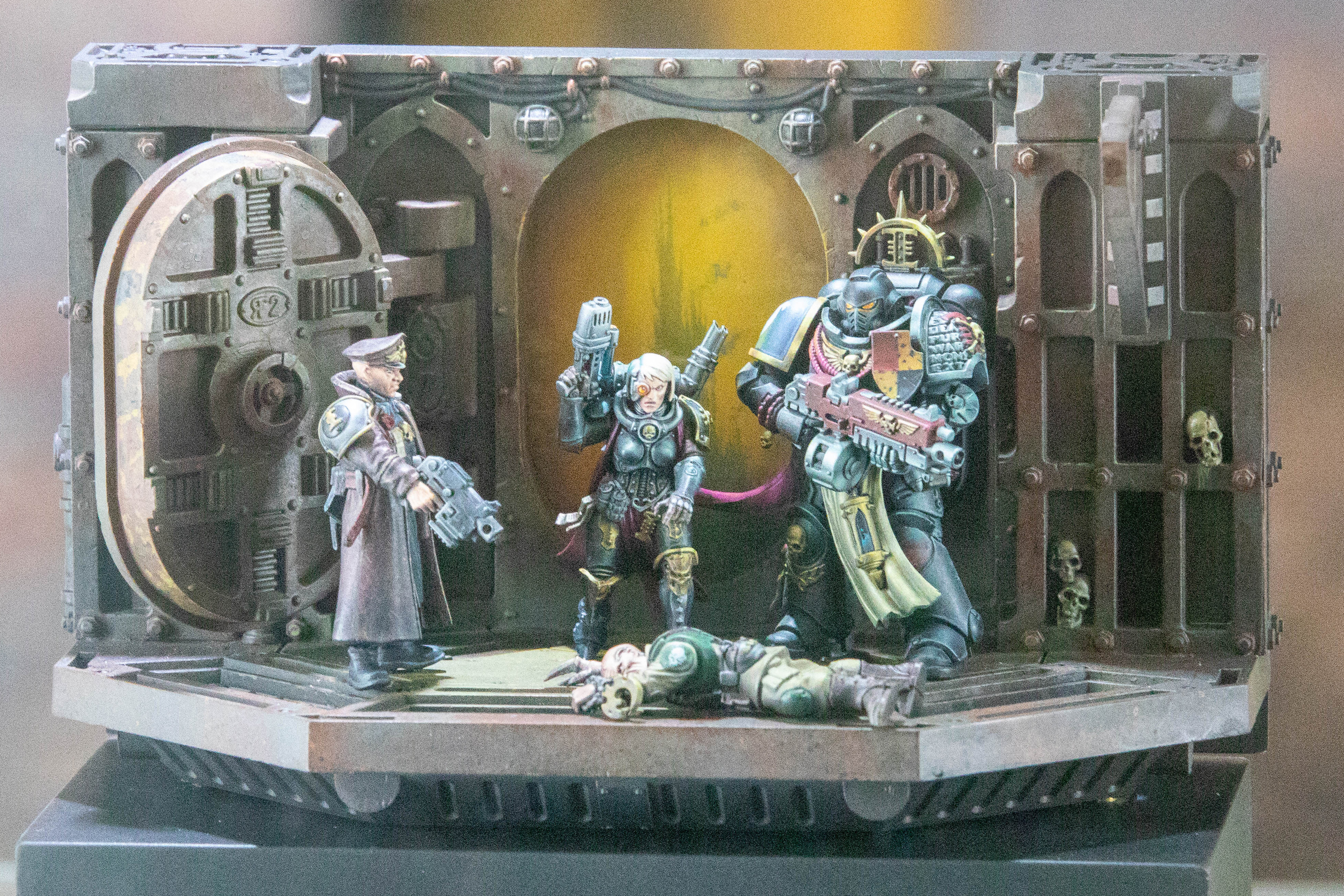
Photo: Charlie Hall/Polygon
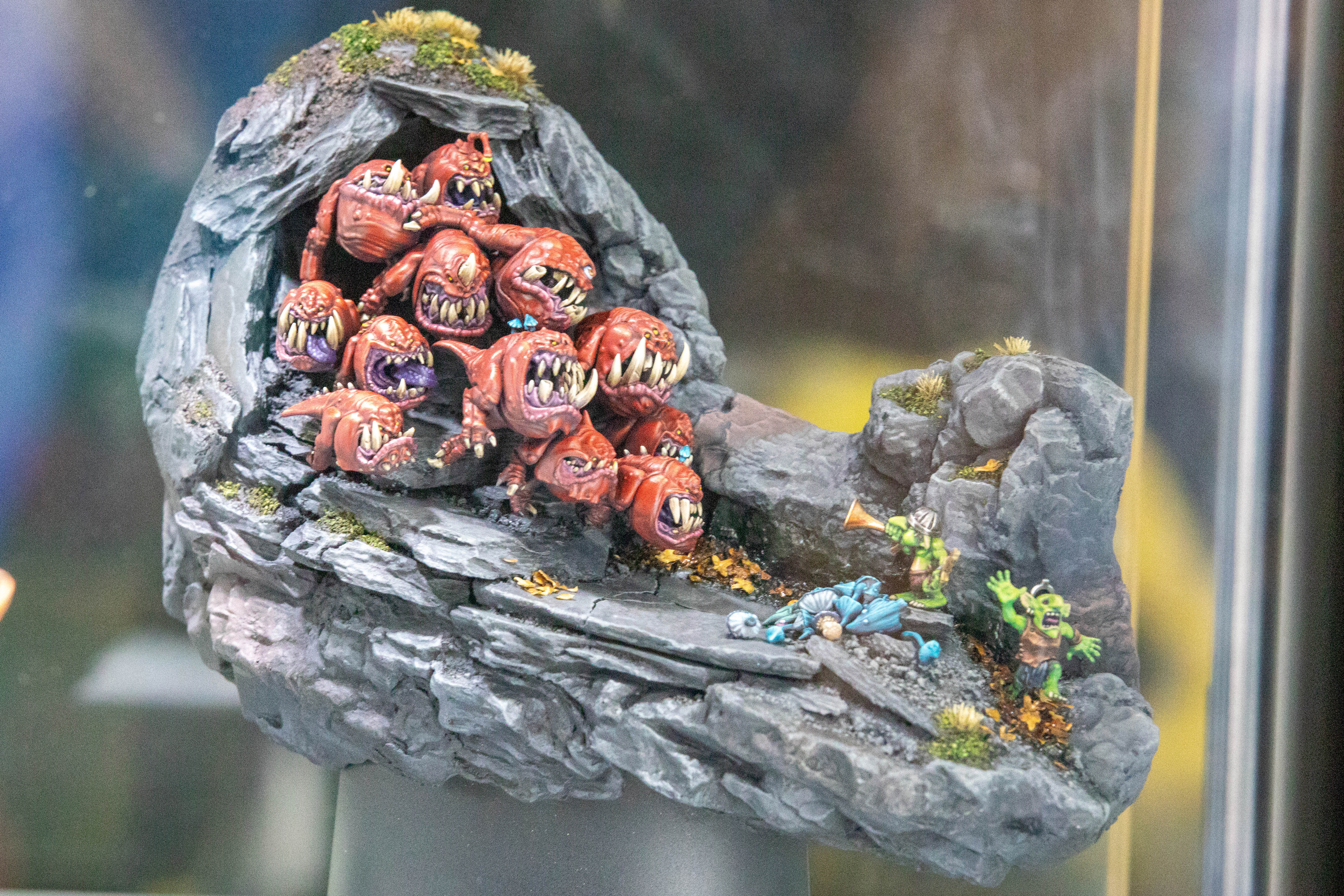
For more of the models that caught our eye, be sure to scroll through the sliding galleries below.
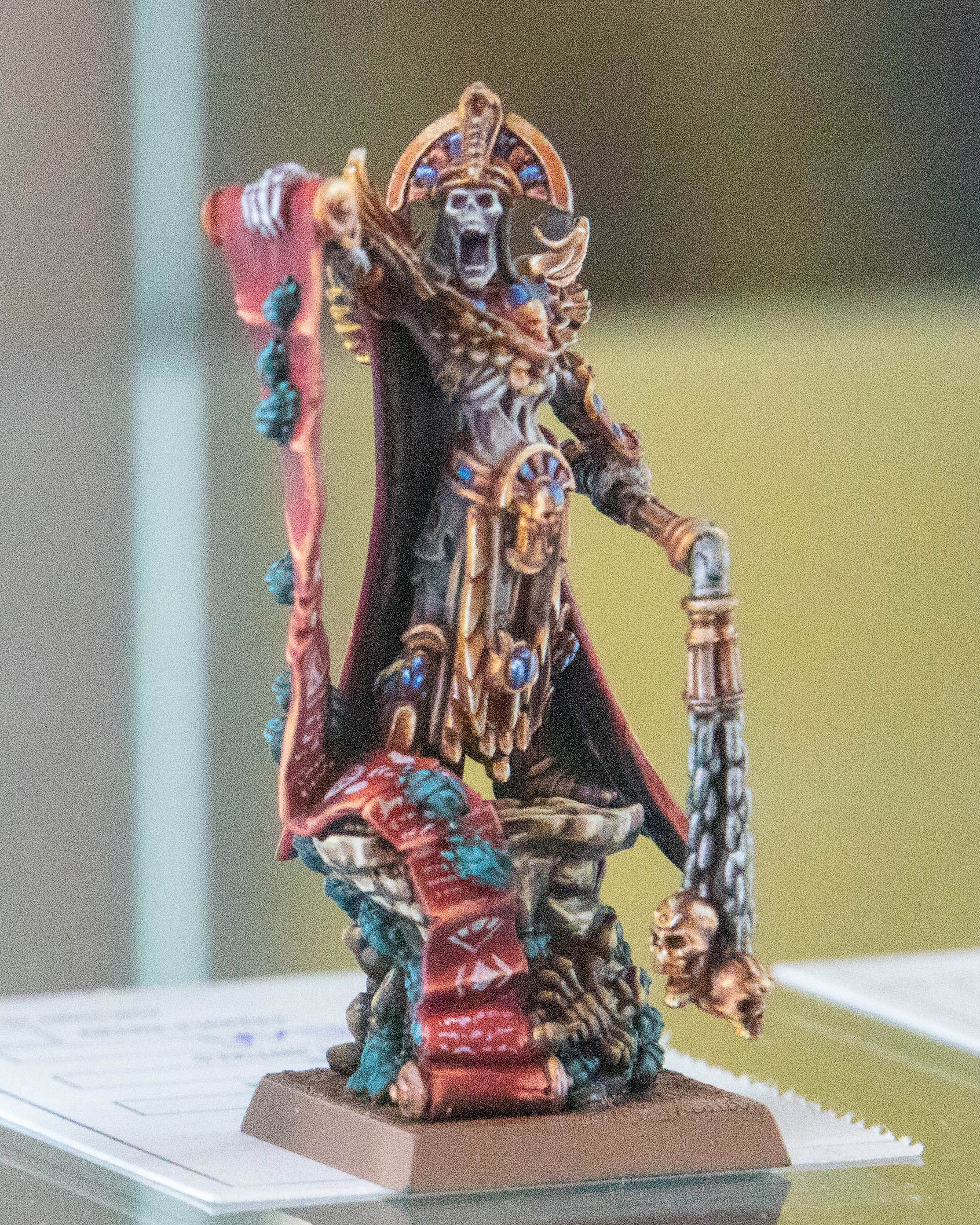
Photo: Charlie Hall/Polygon
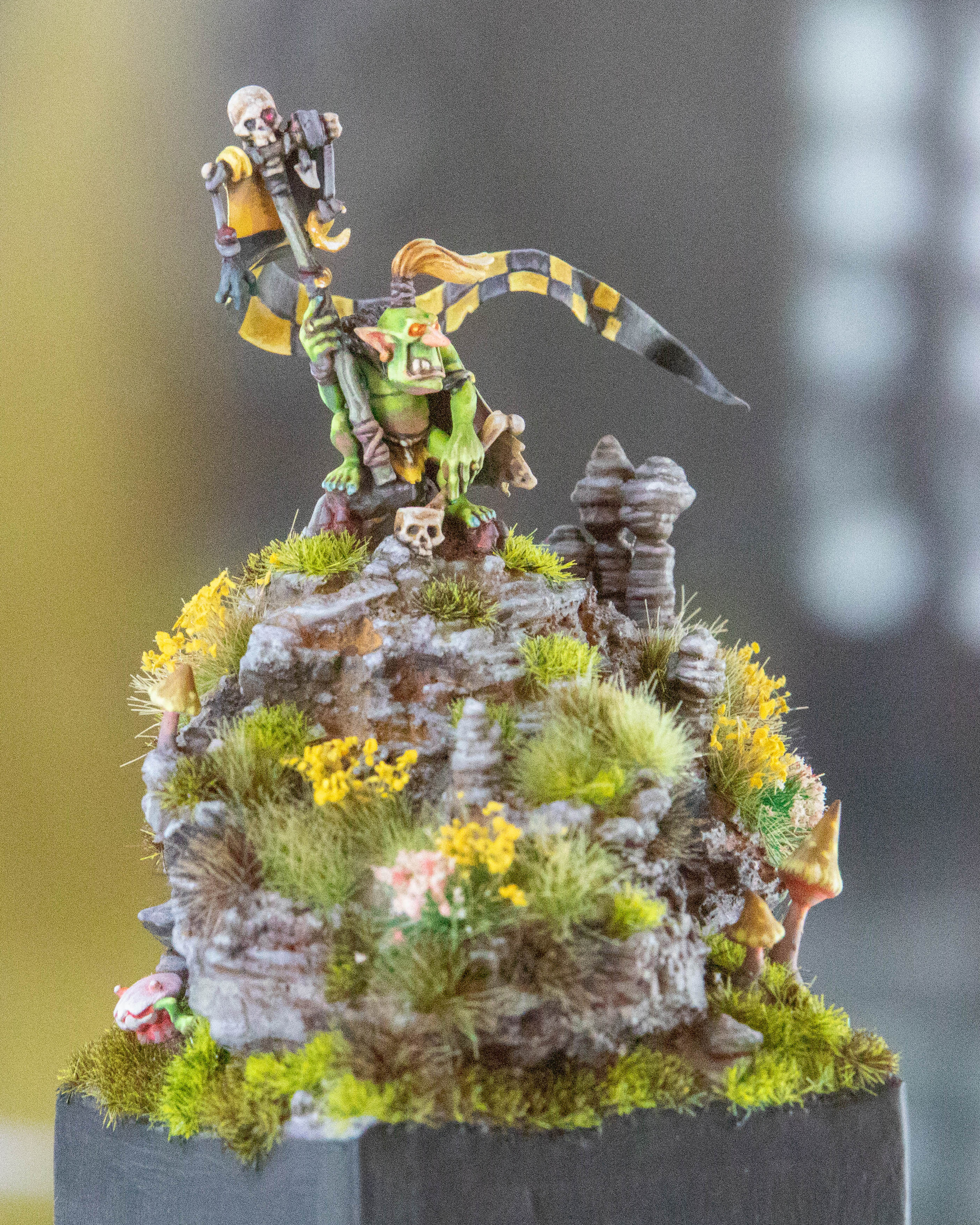
Photo: Charlie Hall/Polygon
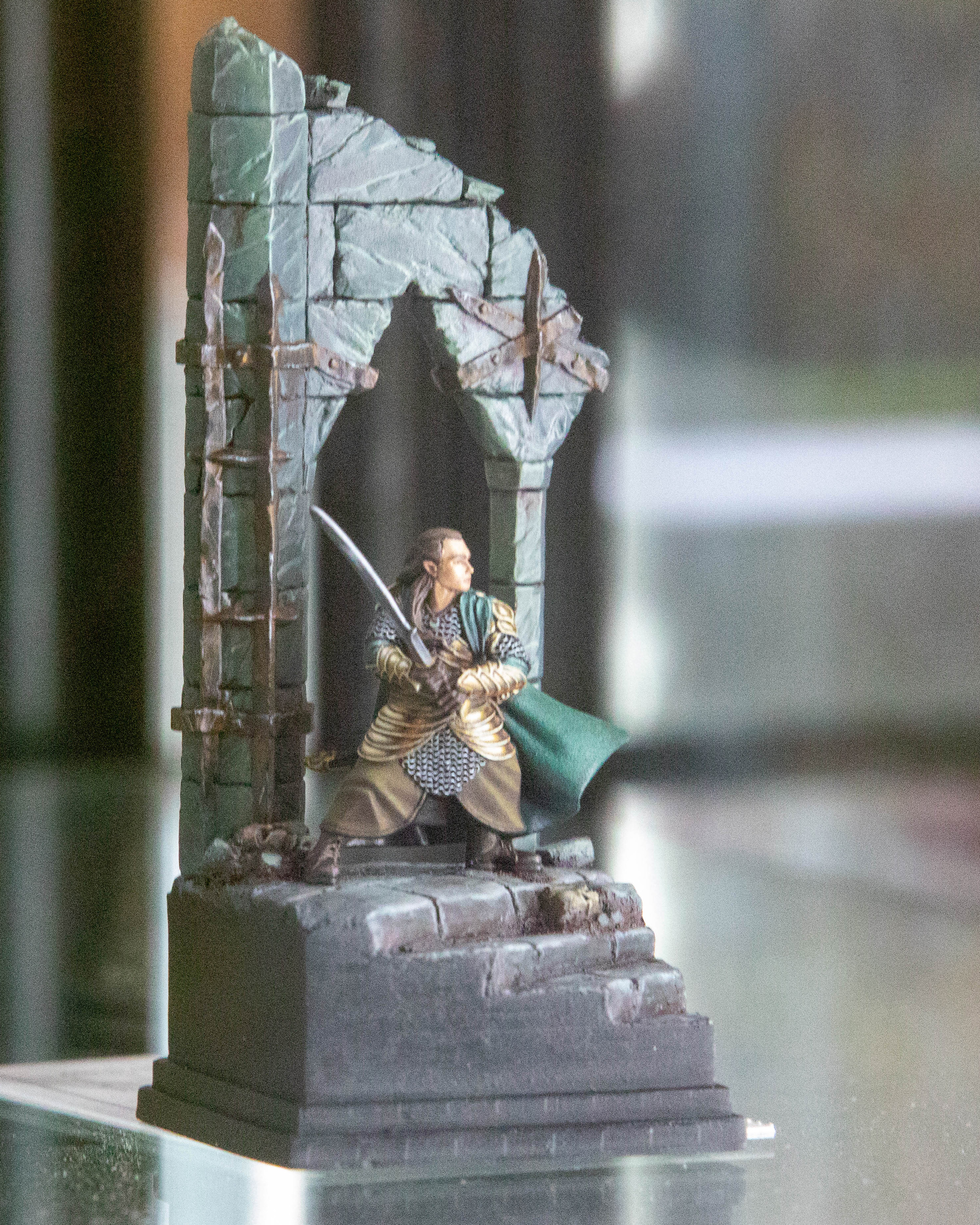
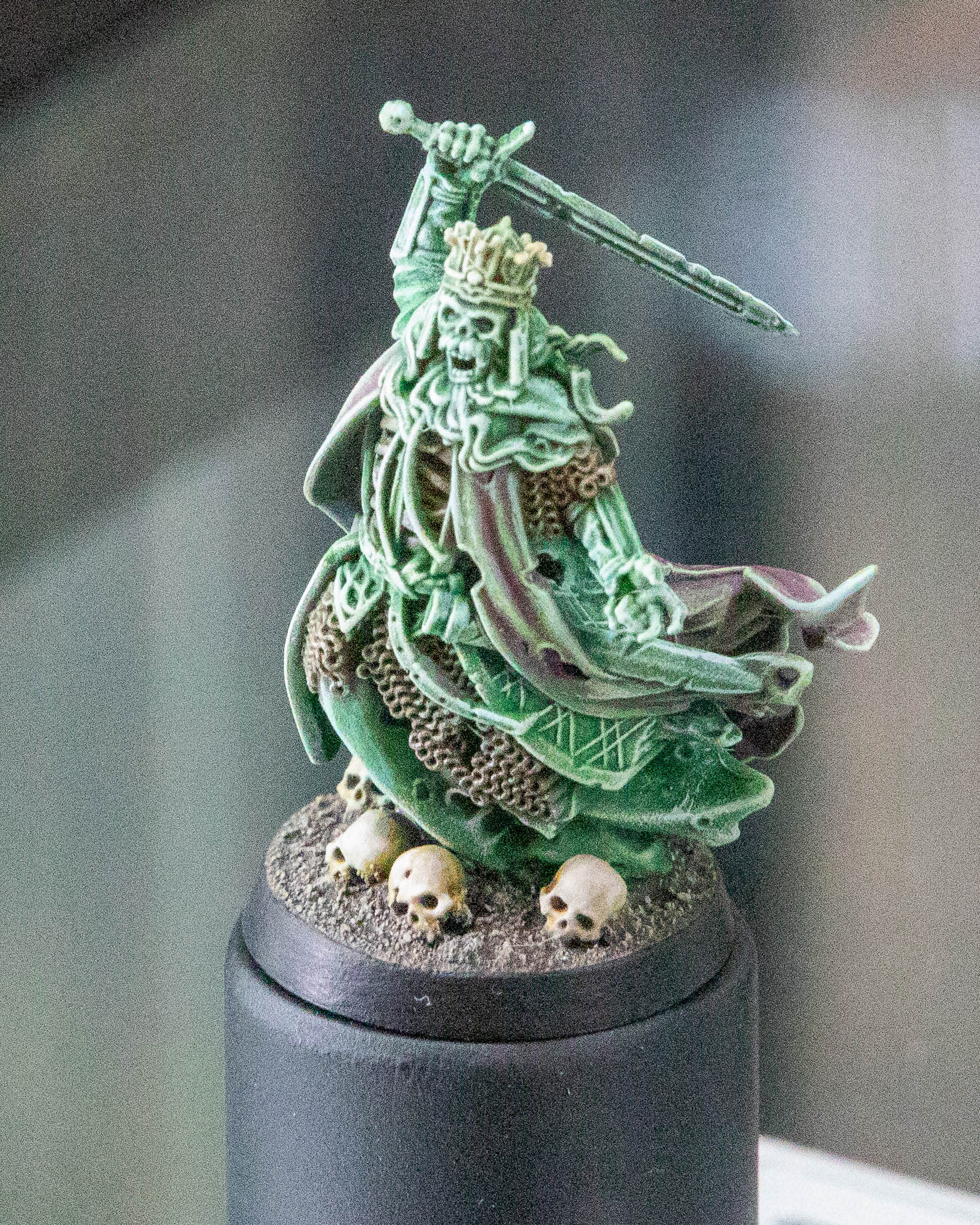
Photo: Charlie Hall/Polygon
1/18Photo: Charlie Hall/Polygon
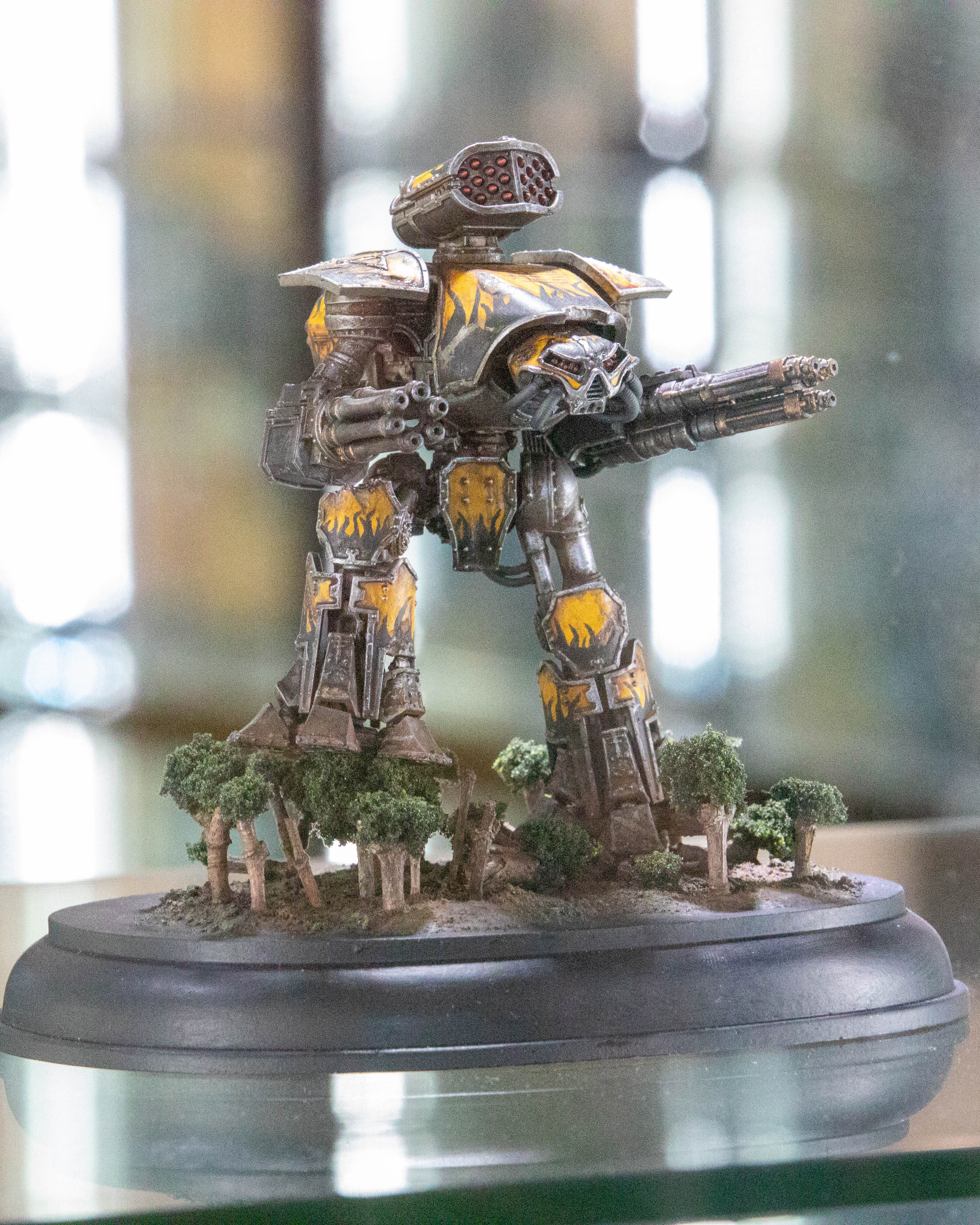
Photo: Charlie Hall/Polygon
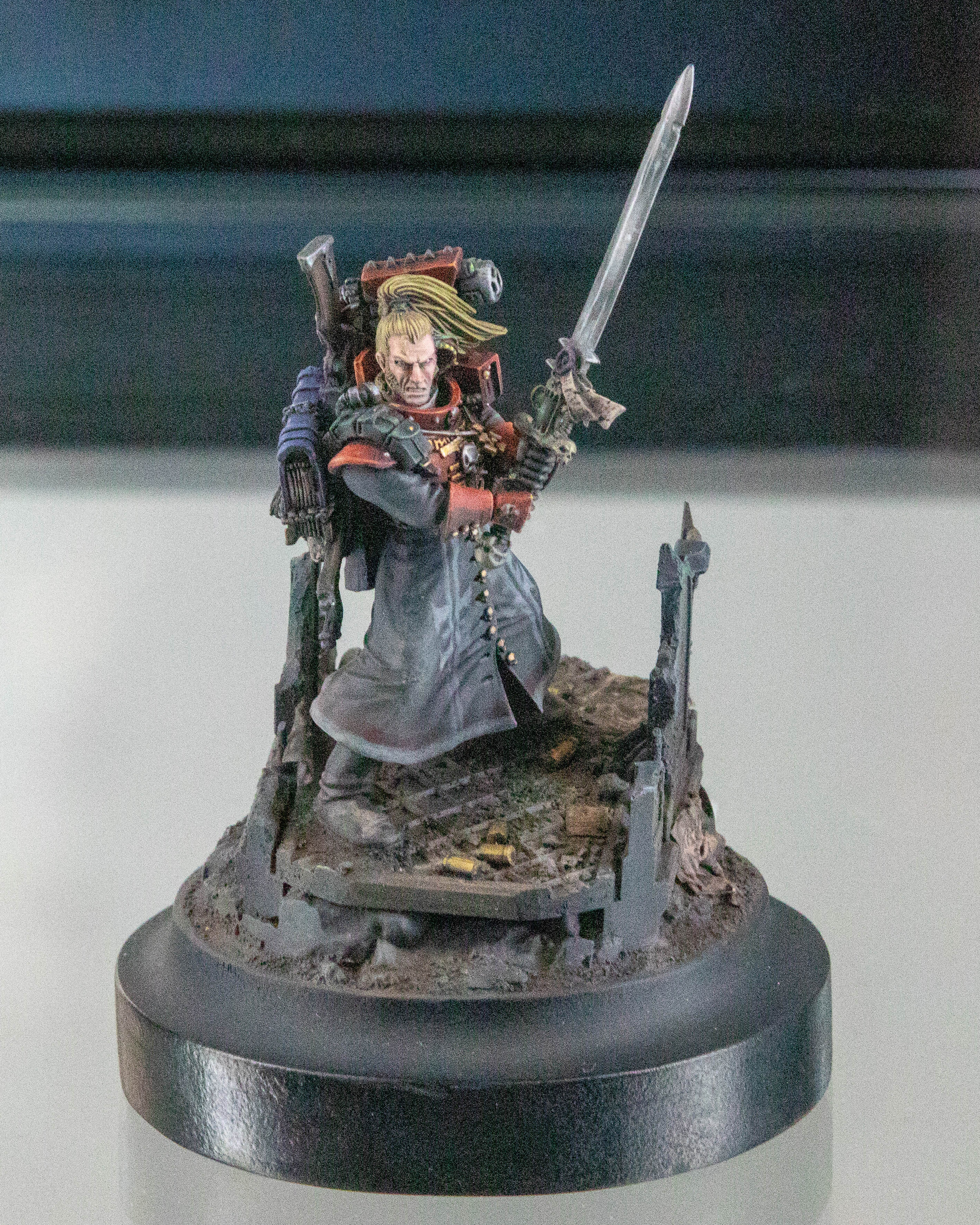
Photo: Charlie Hall/Polygon
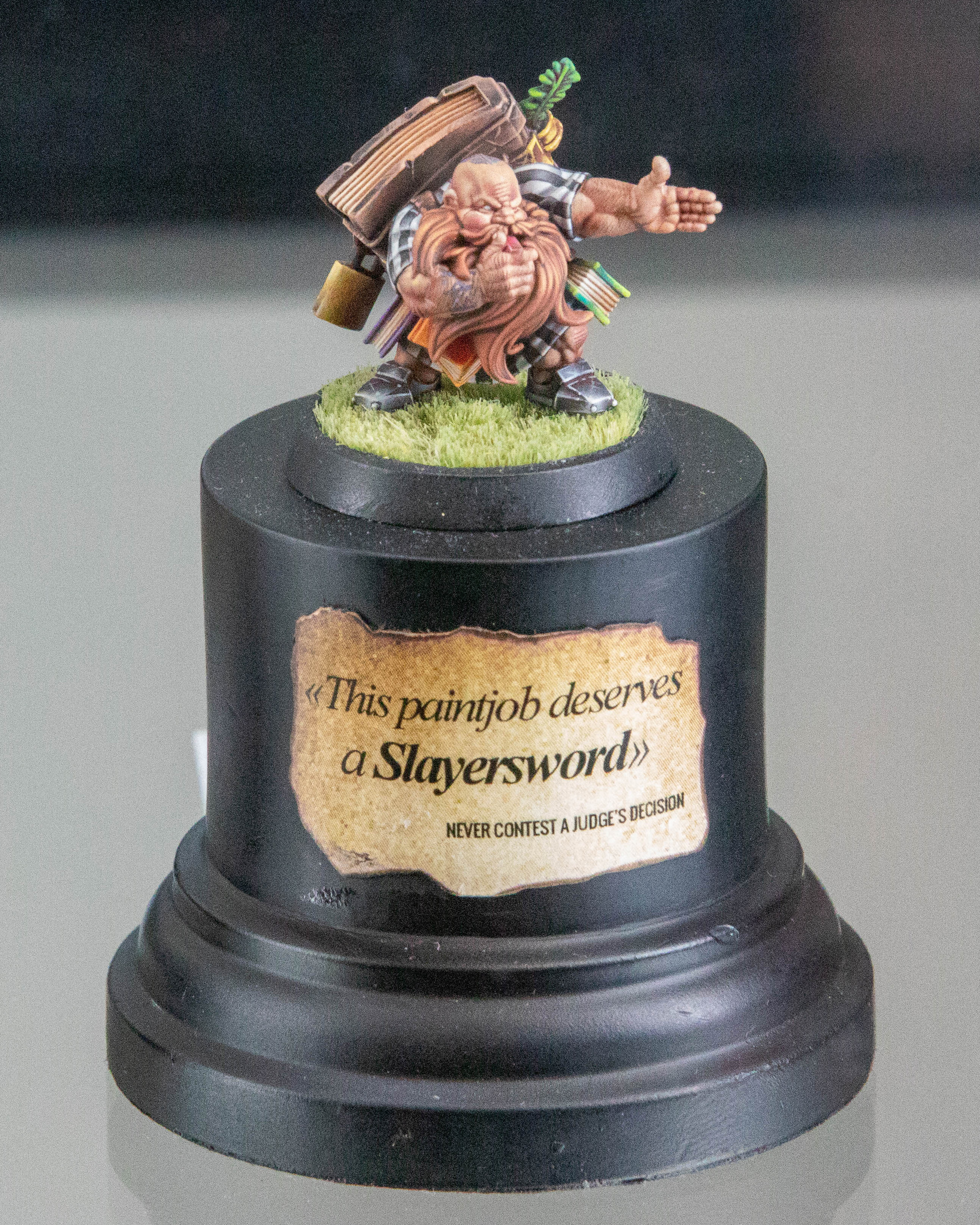
Photo: Charlie Hall/Polygon
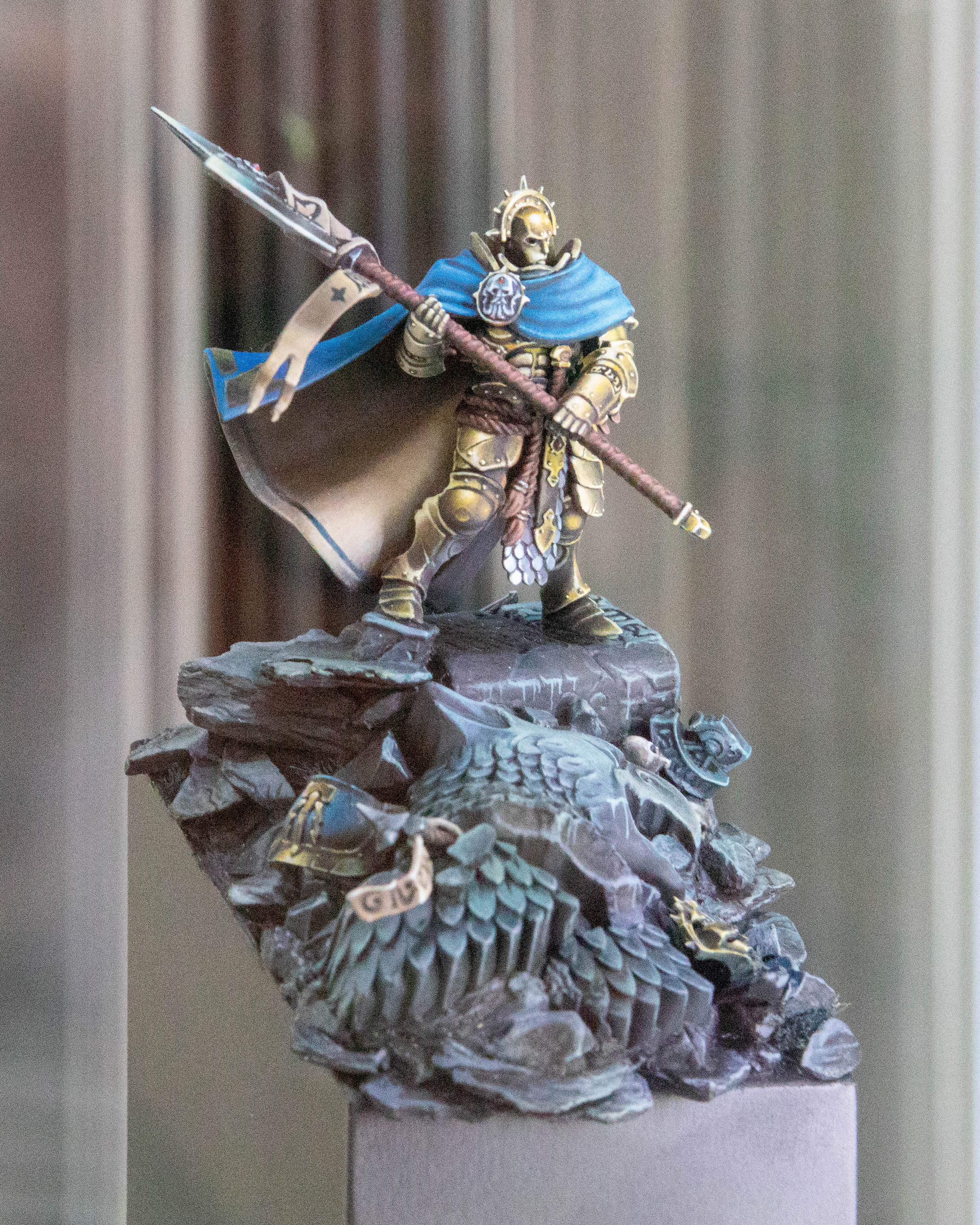
Photo: Charlie Hall/Polygon
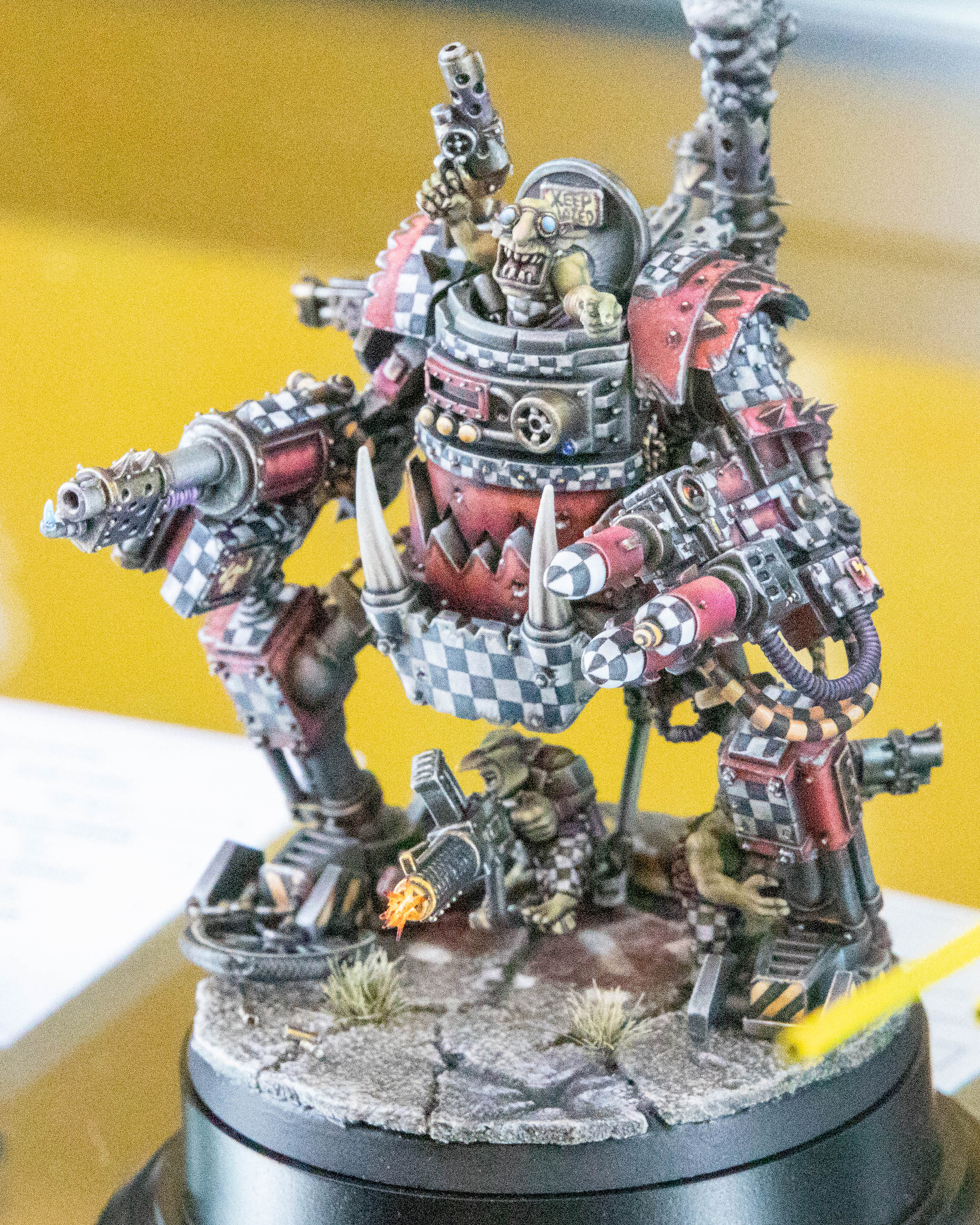
Photo: Charlie Hall/Polygon
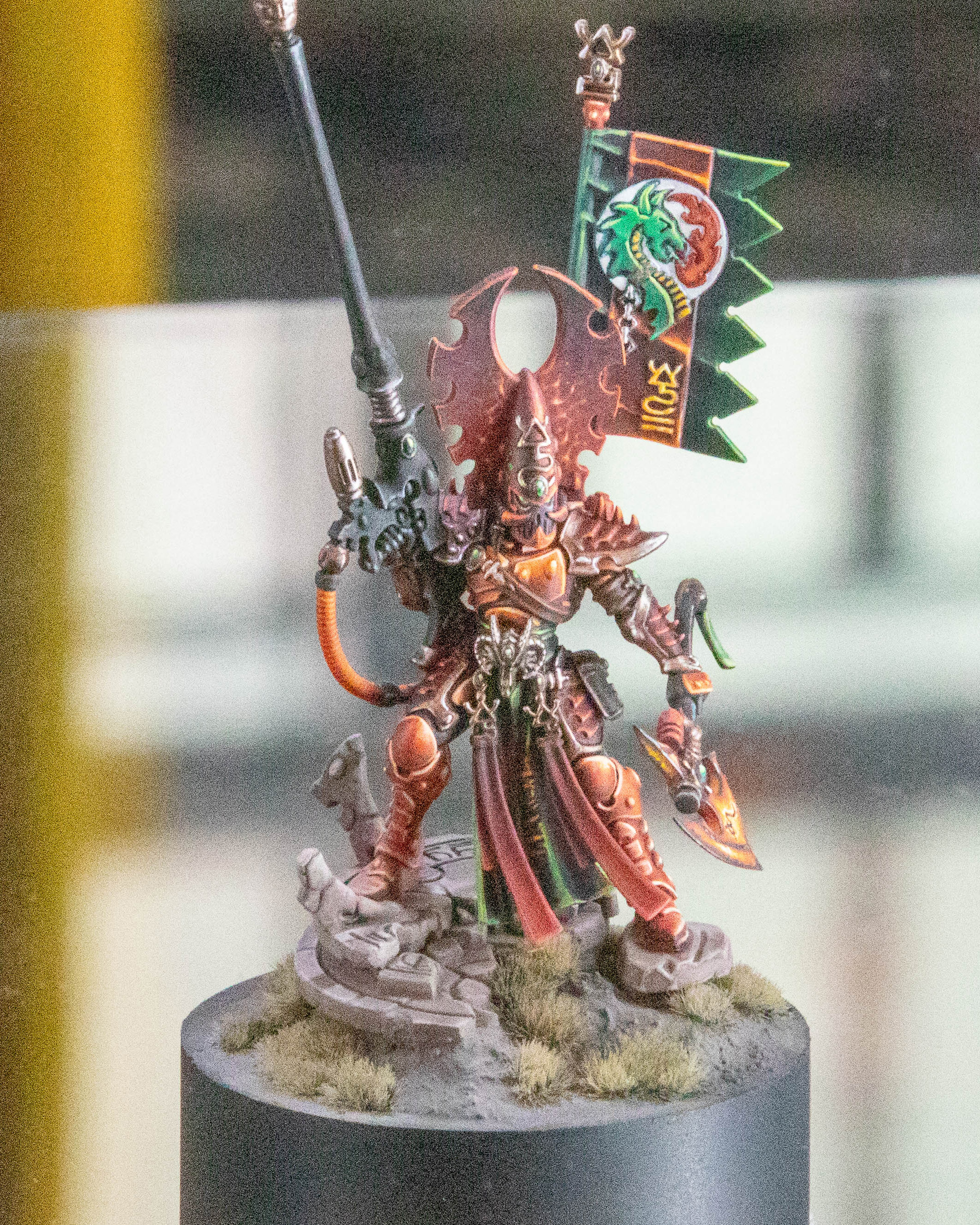
Photo: Charlie Hall/Polygon
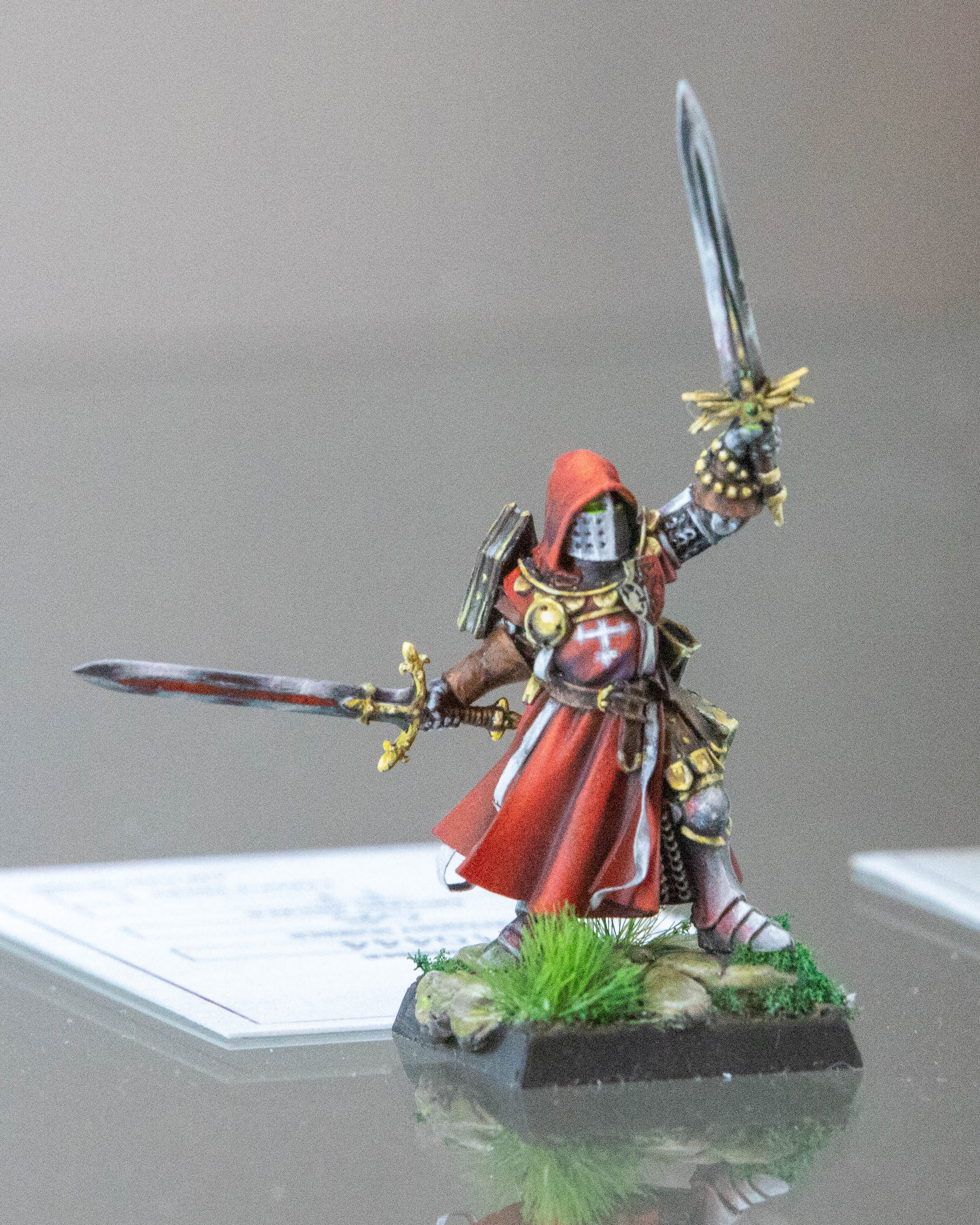
Photo: Charlie Hall/Polygon
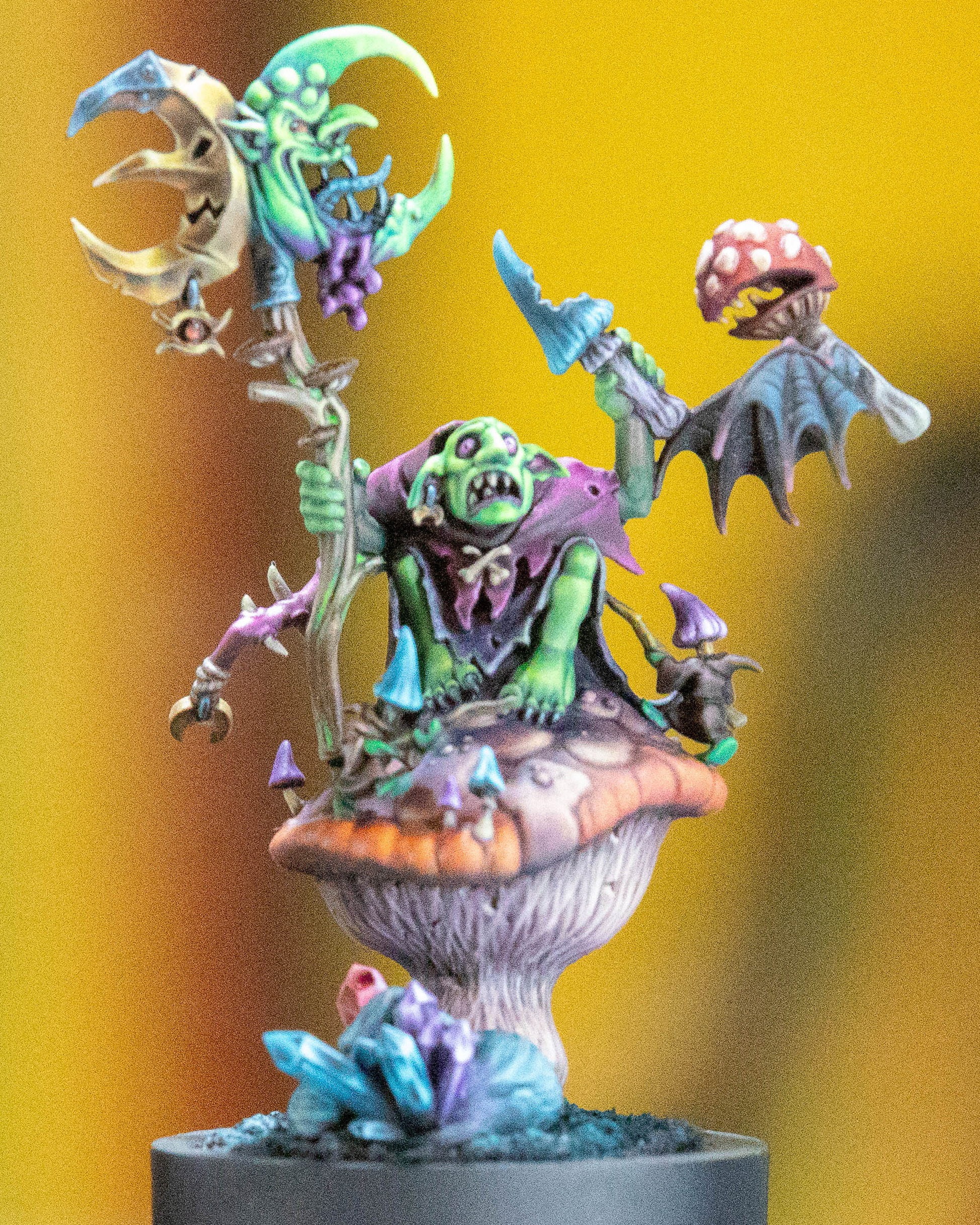
Photo: Charlie Hall/Polygon
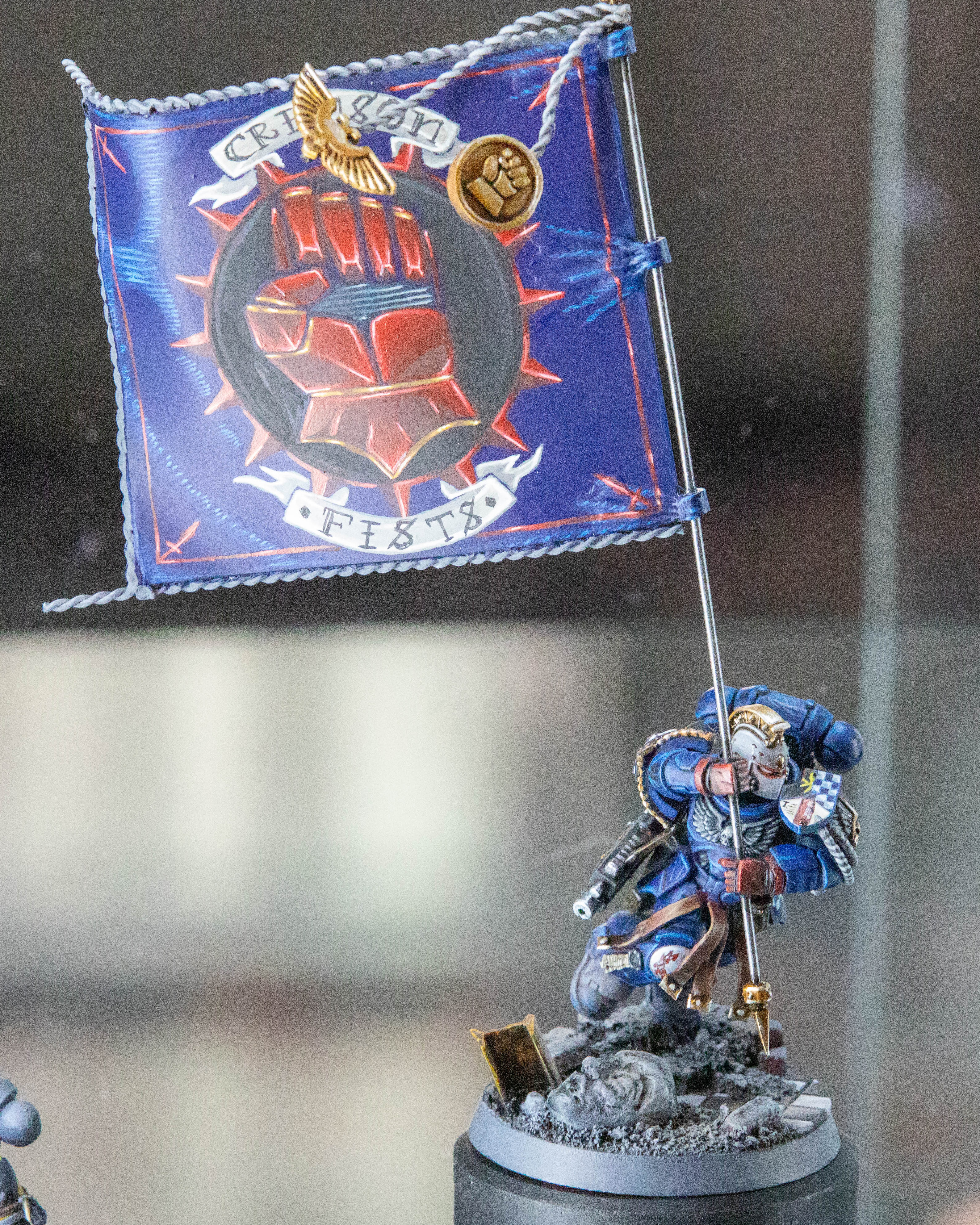
Photo: Charlie Hall/Polygon
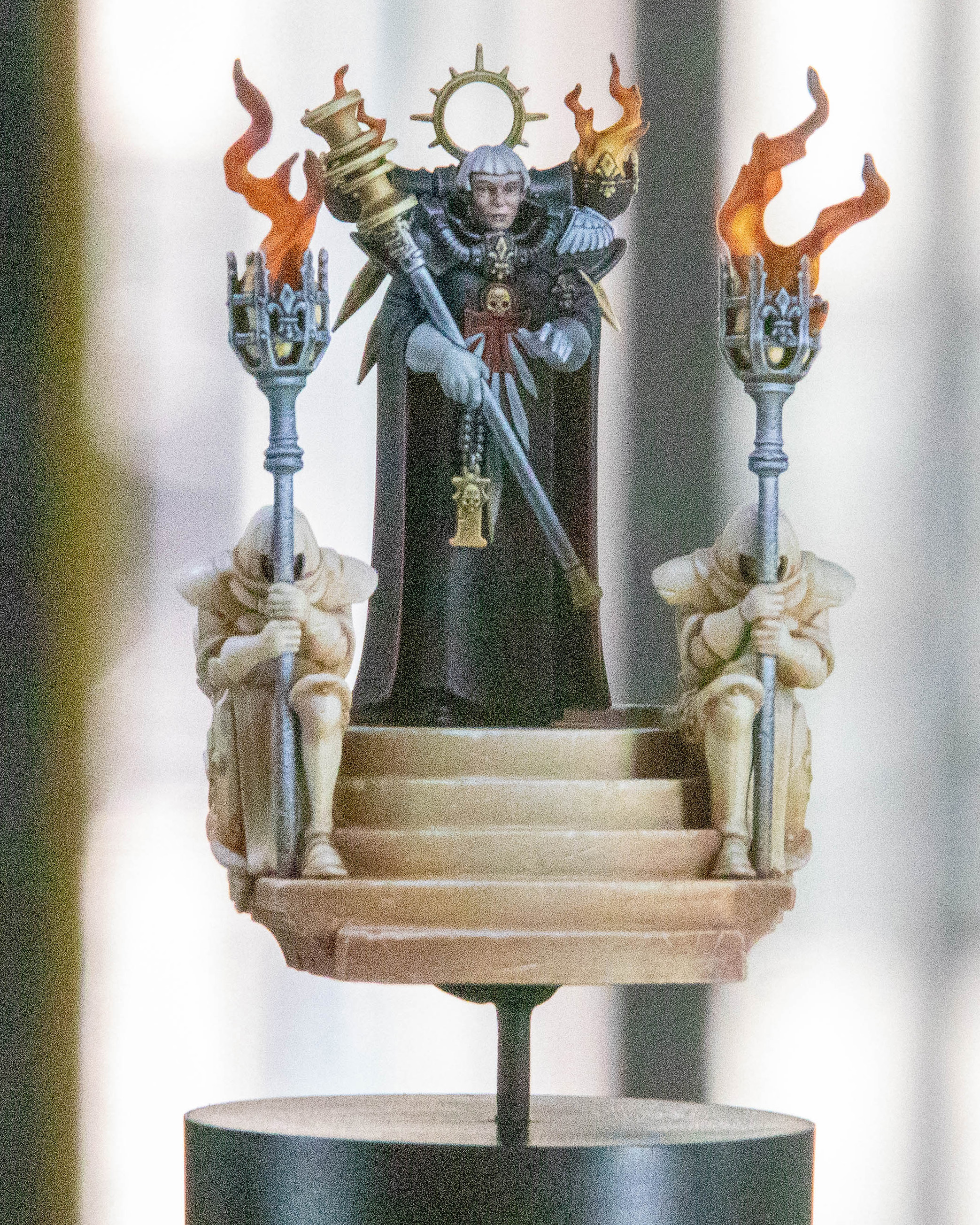
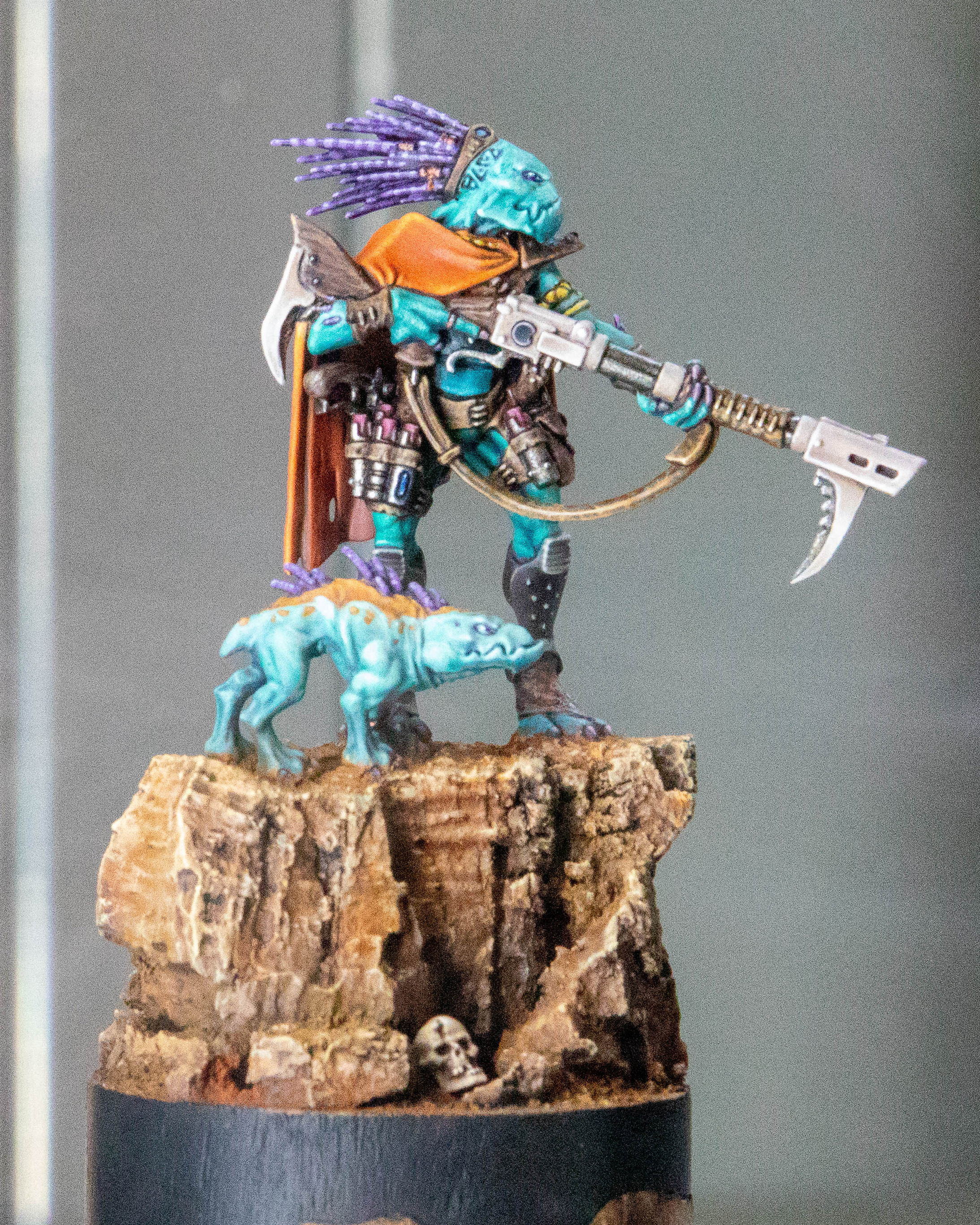
Photo: Charlie Hall/Polygon

Photo: Charlie Hall/Polygon
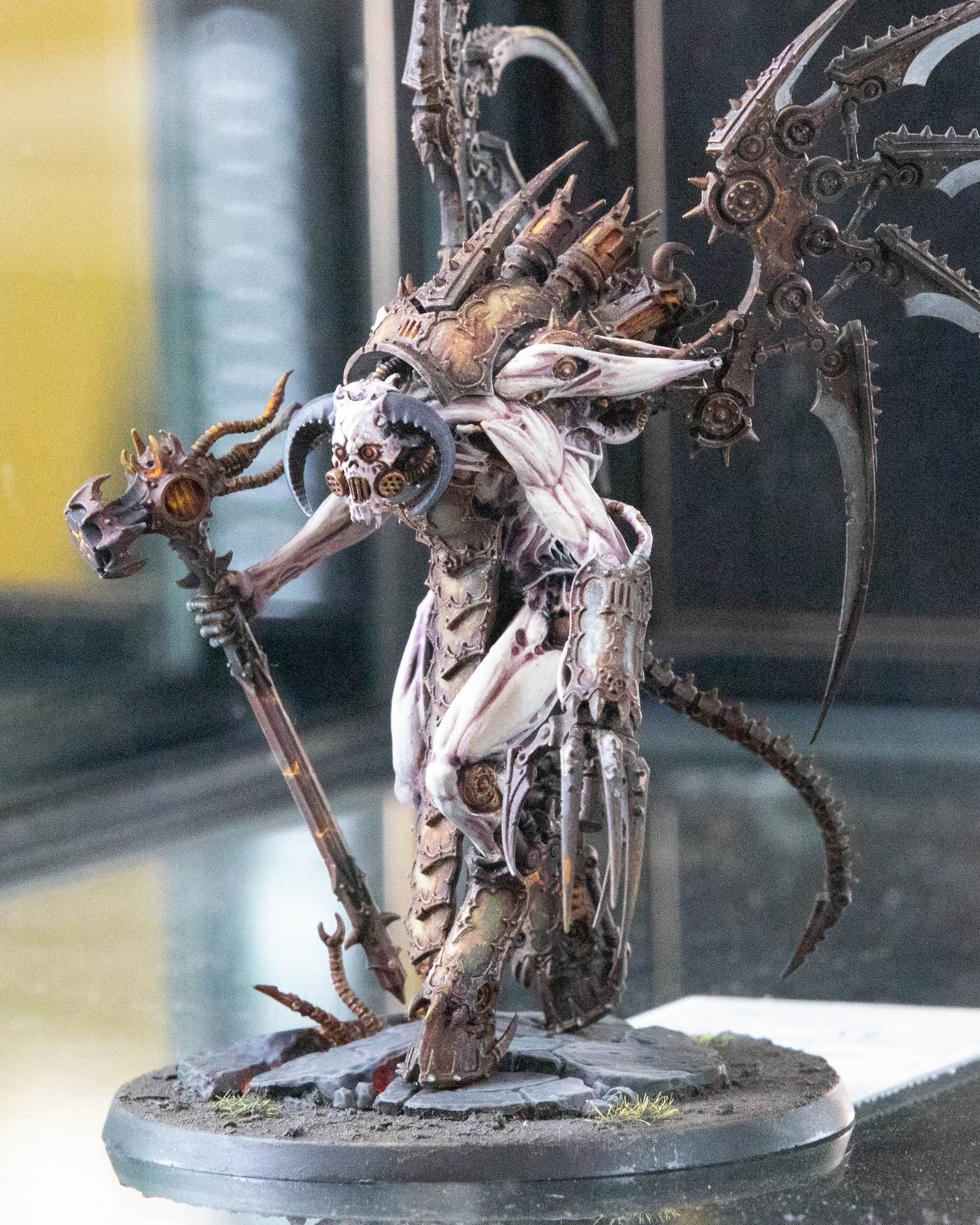
Photo: Charlie Hall/Polygon
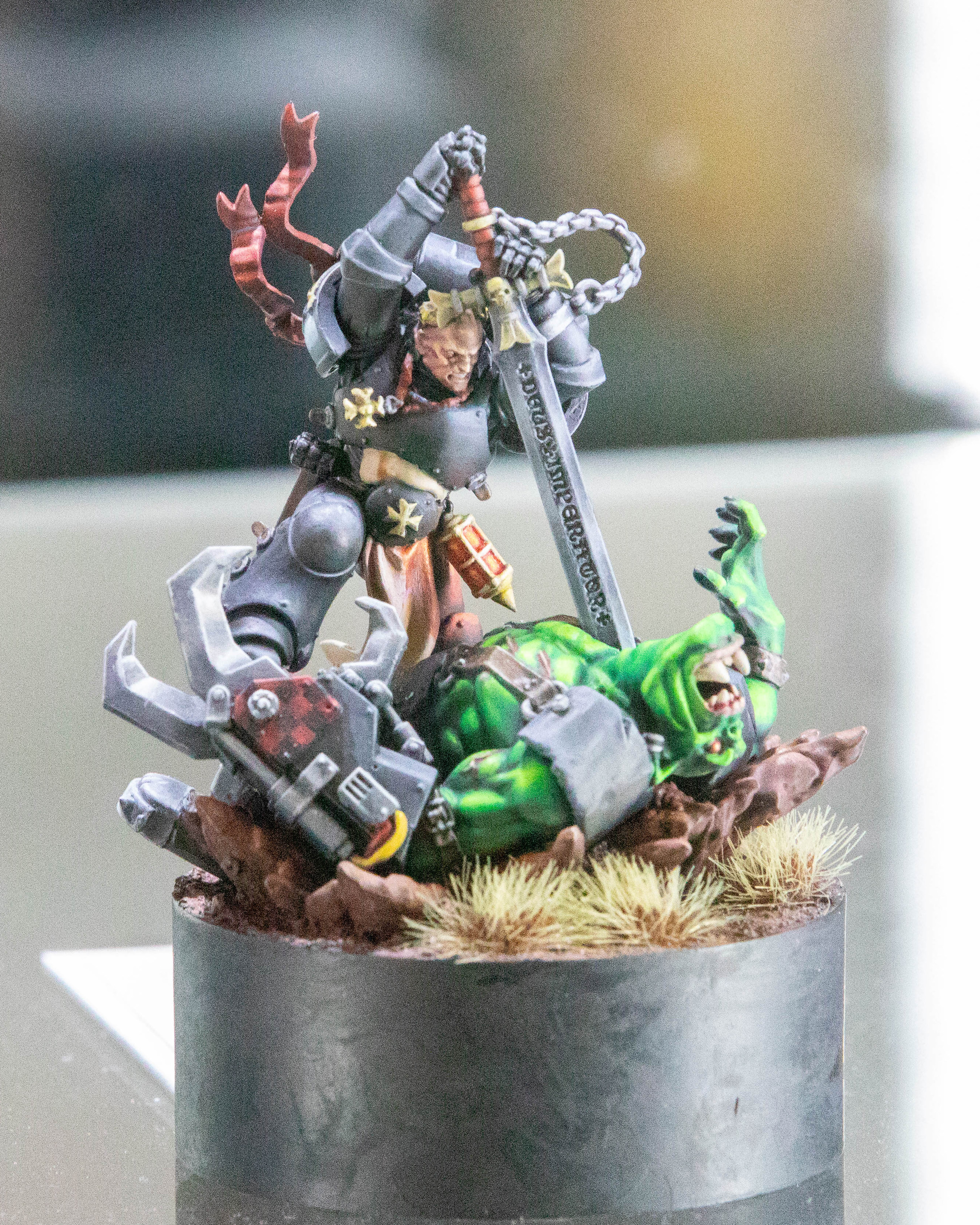
Photo: Charlie Hall/Polygon

Photo: Charlie Hall/Polygon
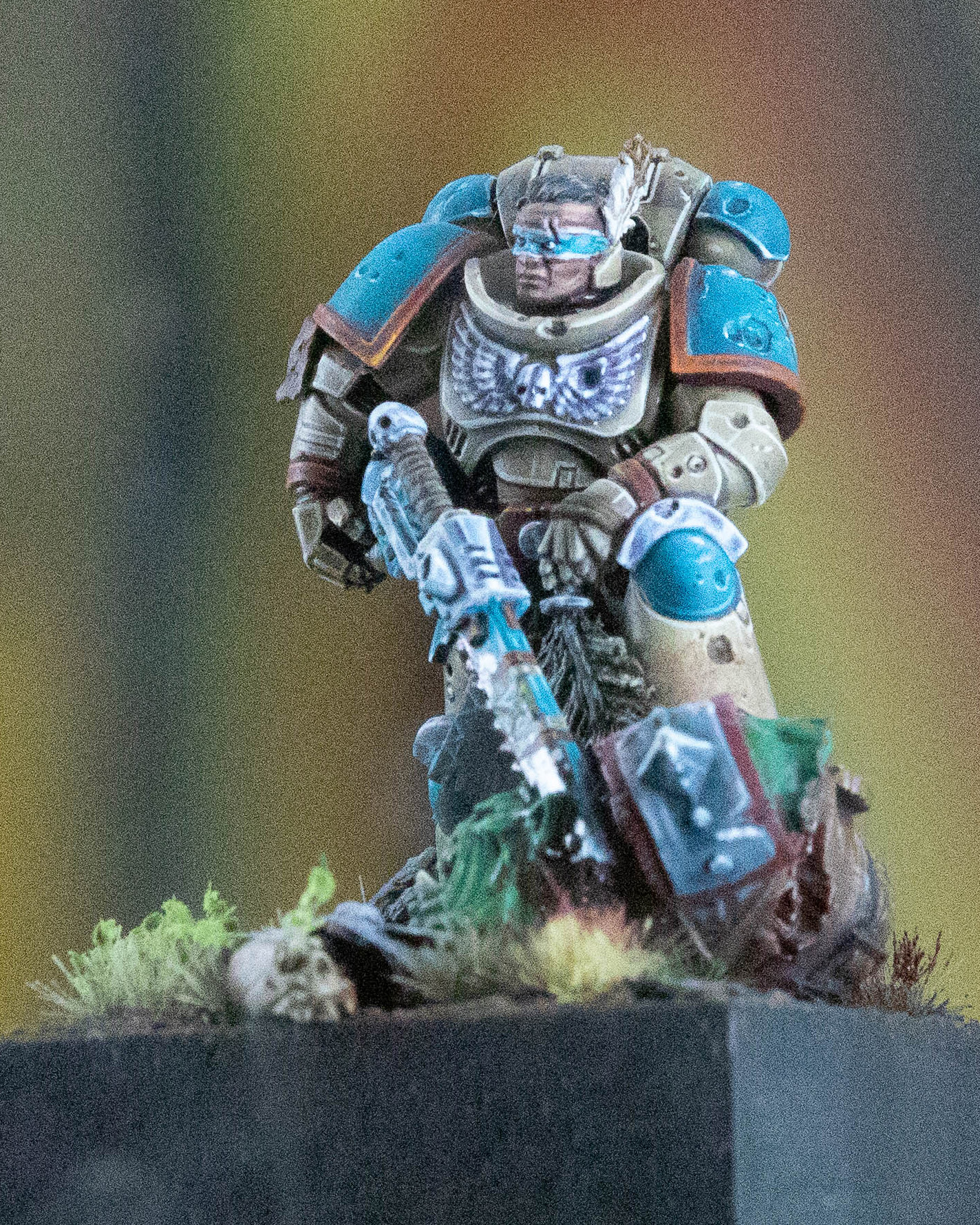
Photo: Charlie Hall/Polygon
